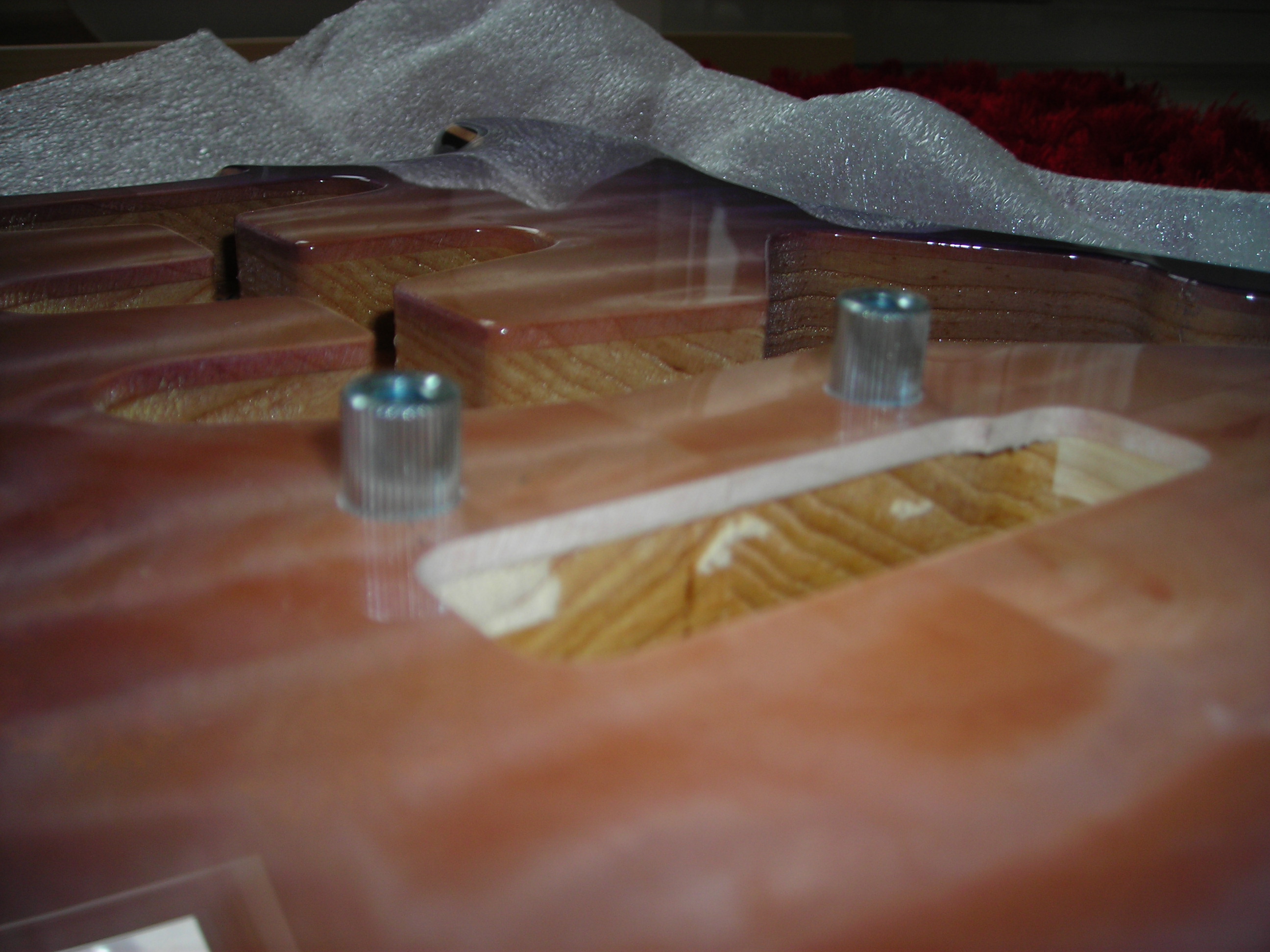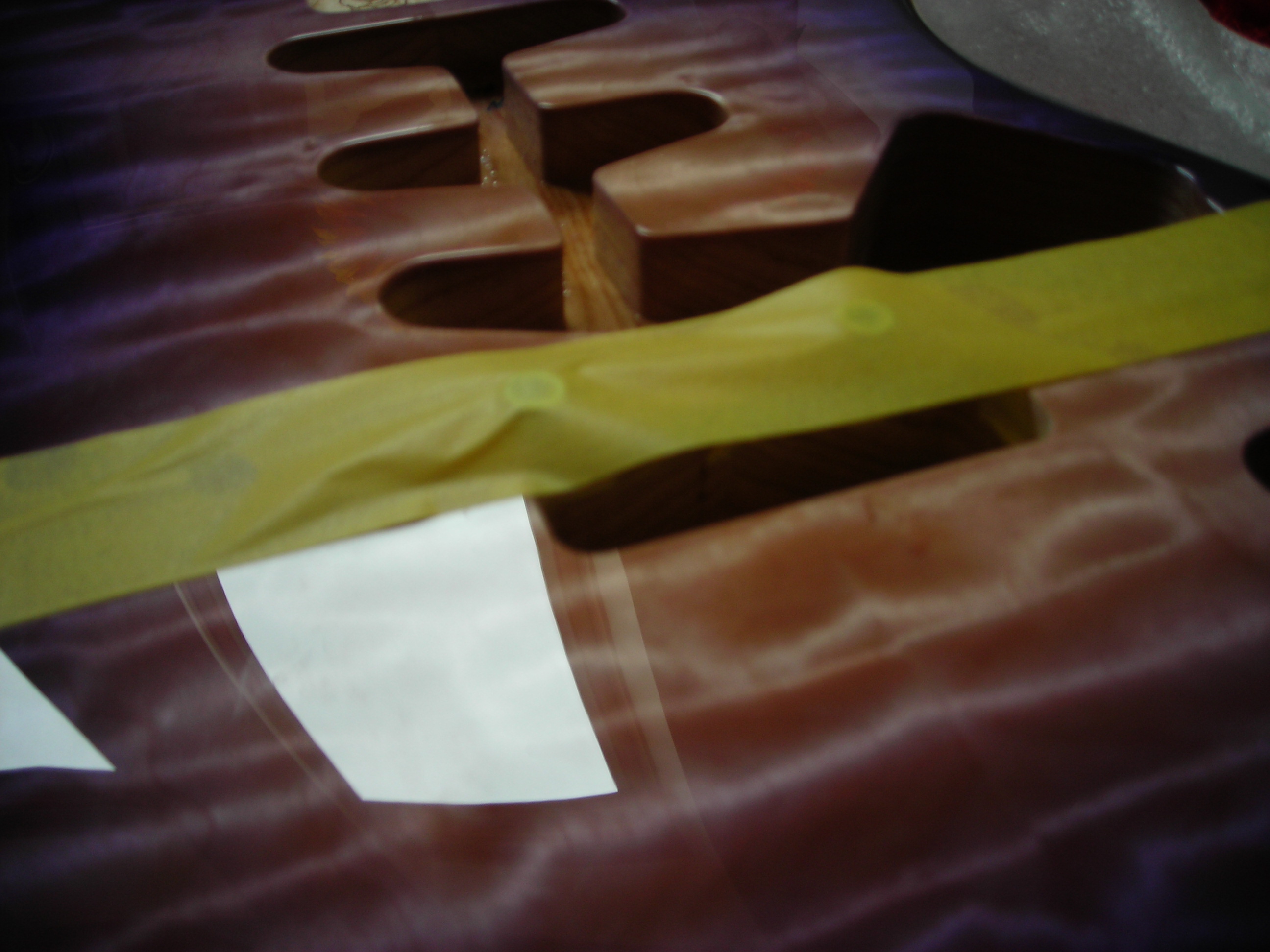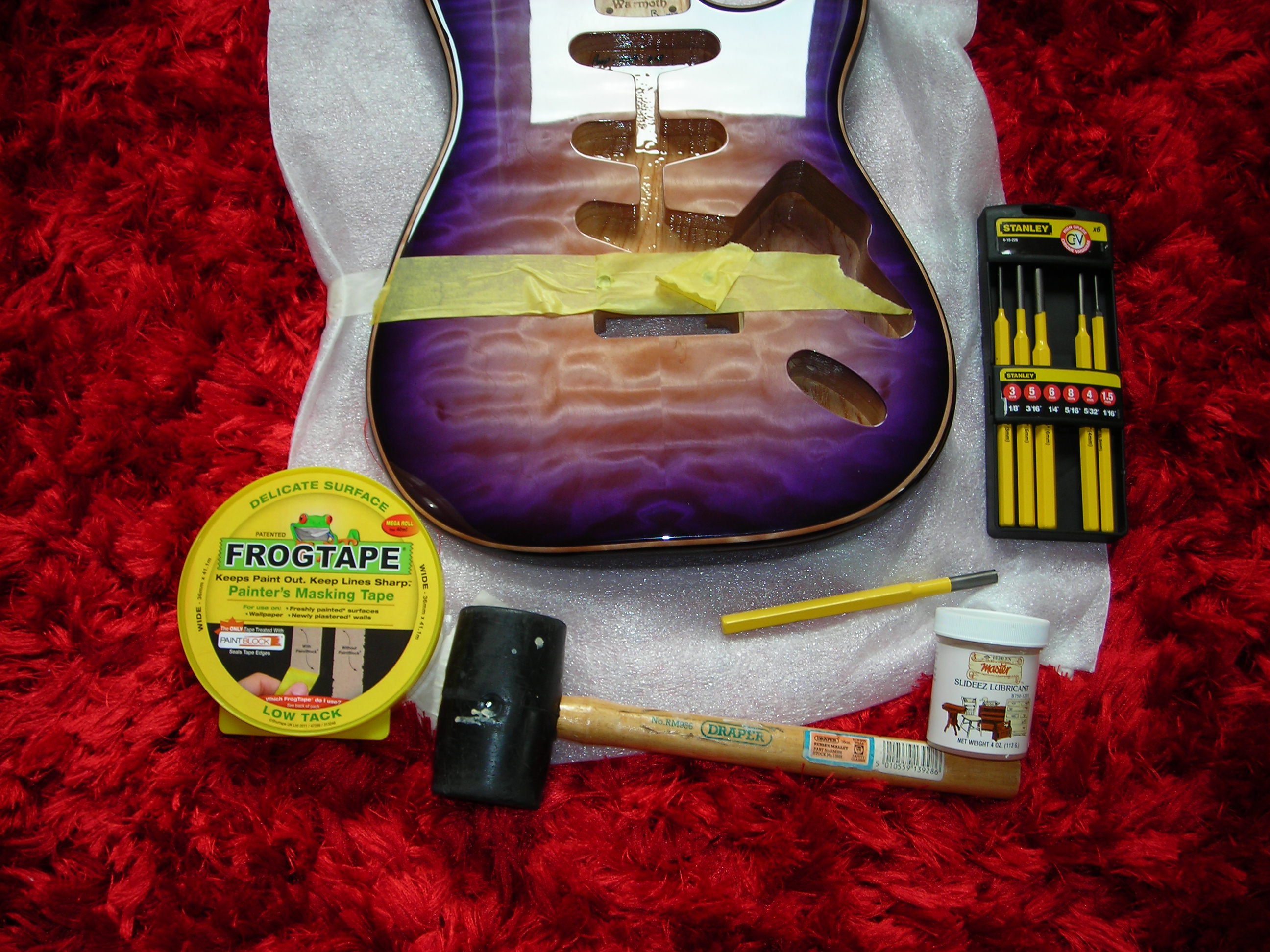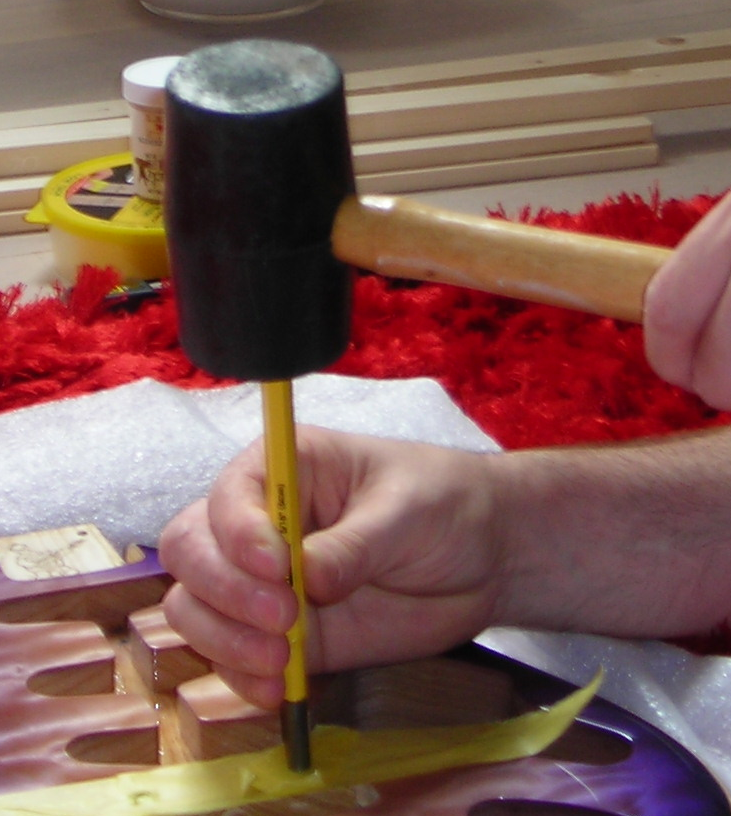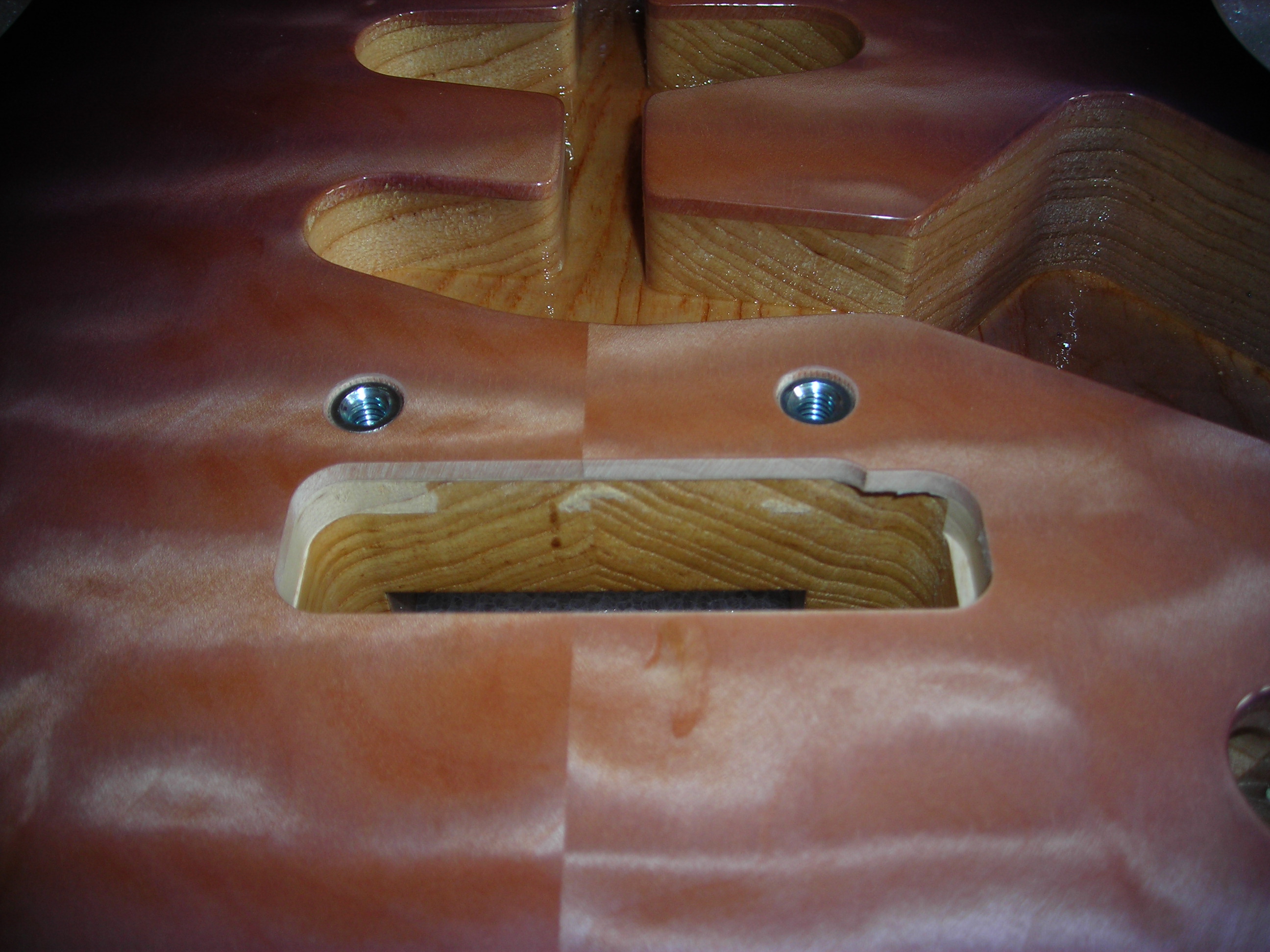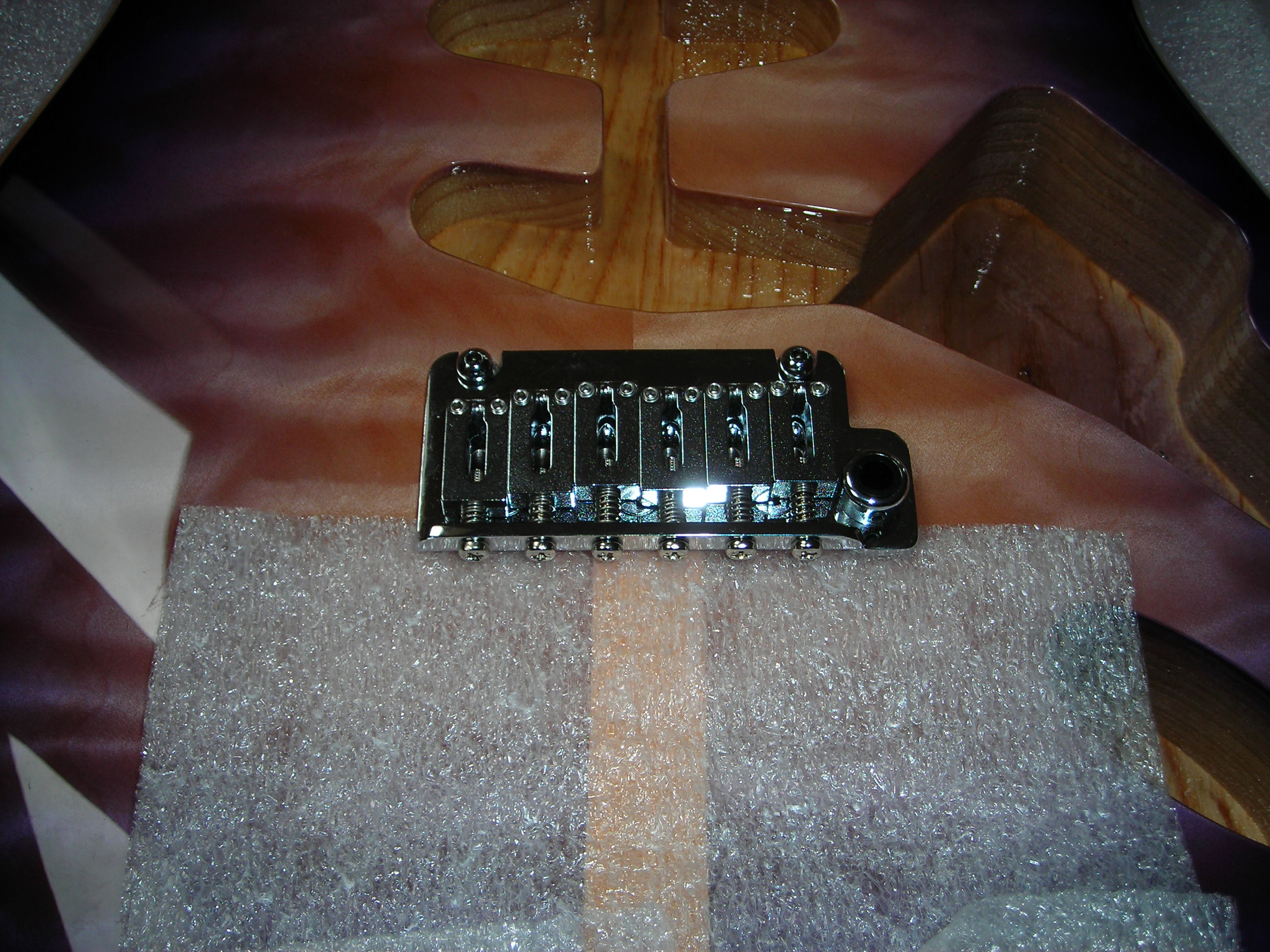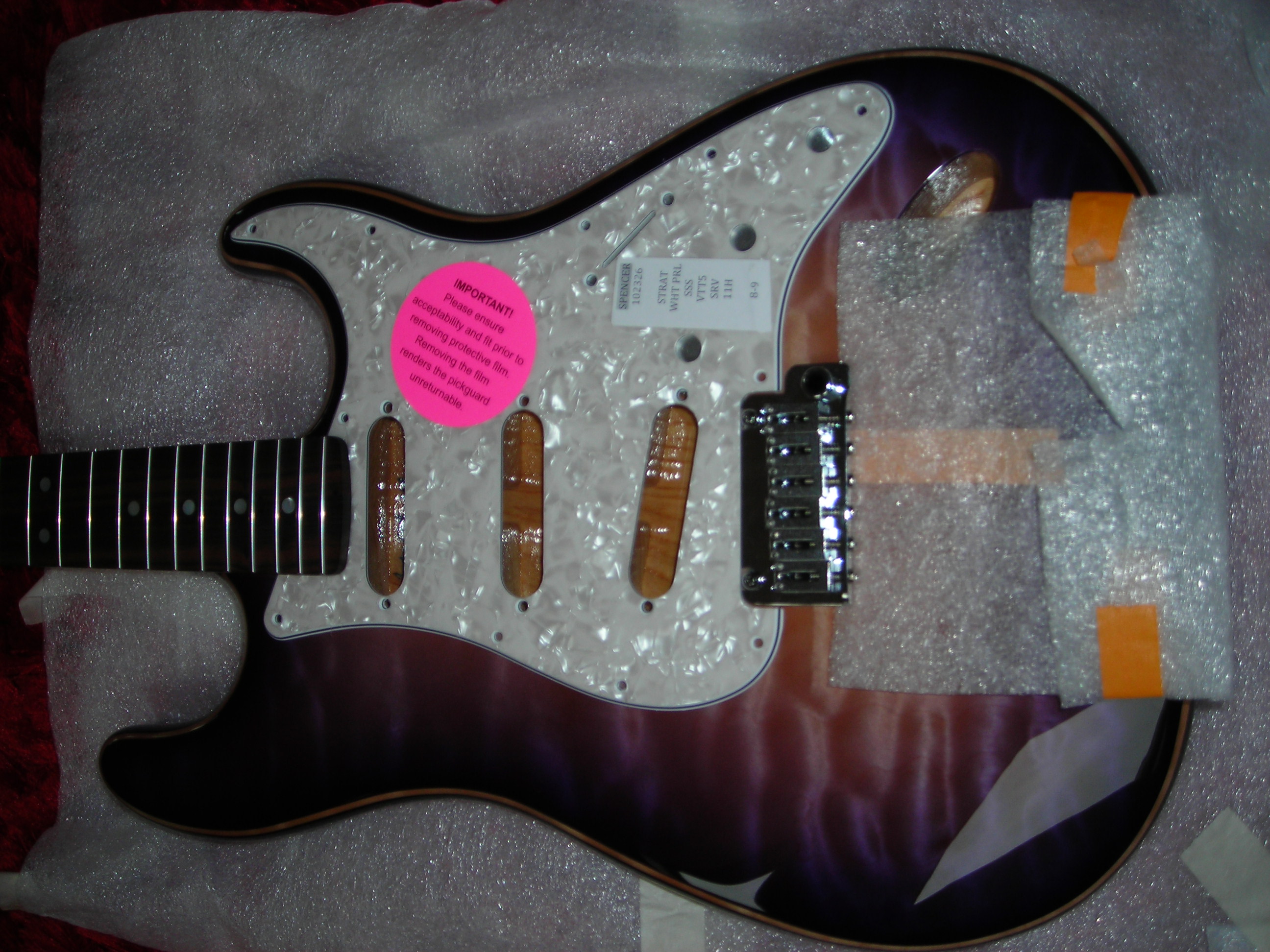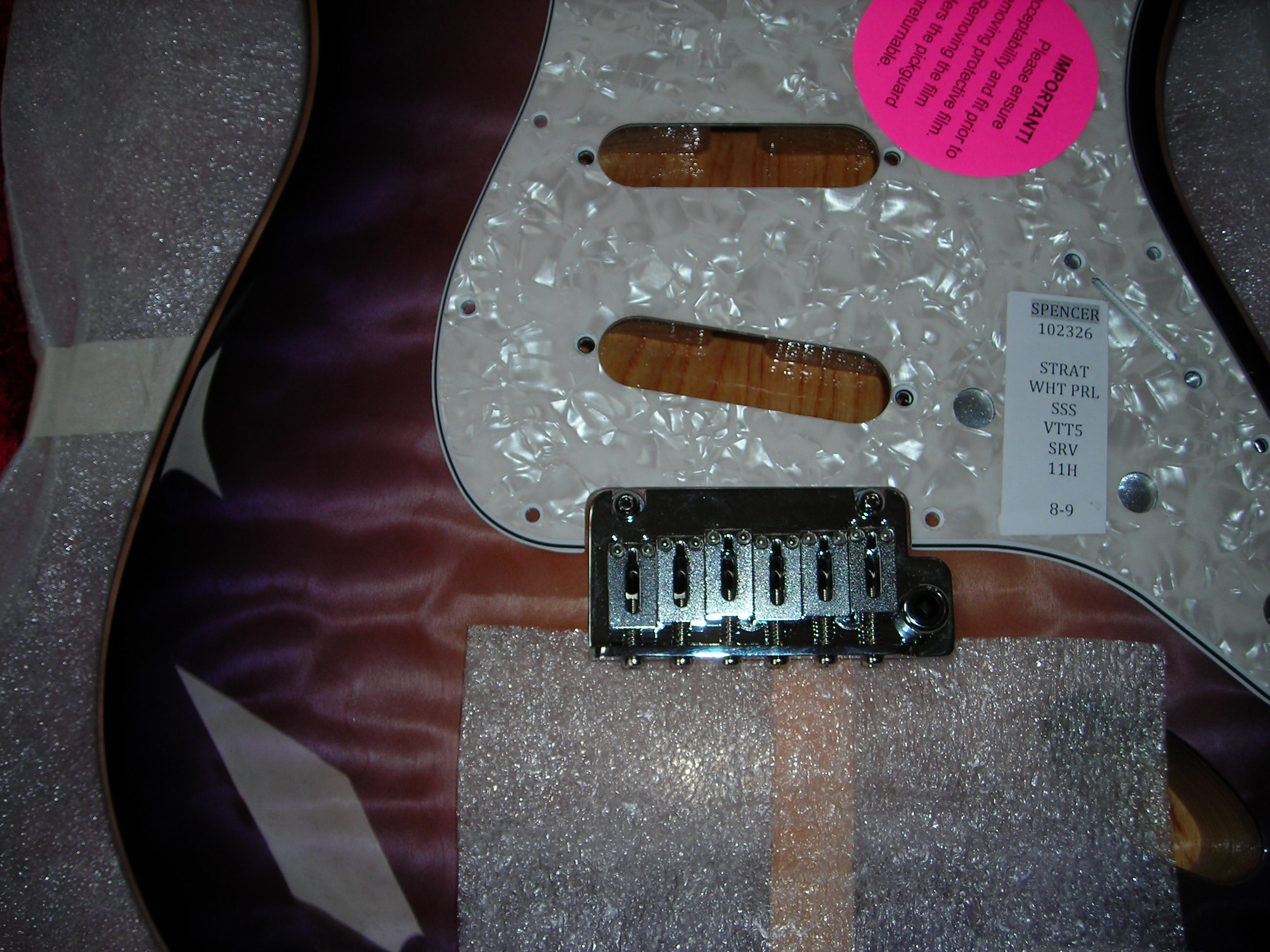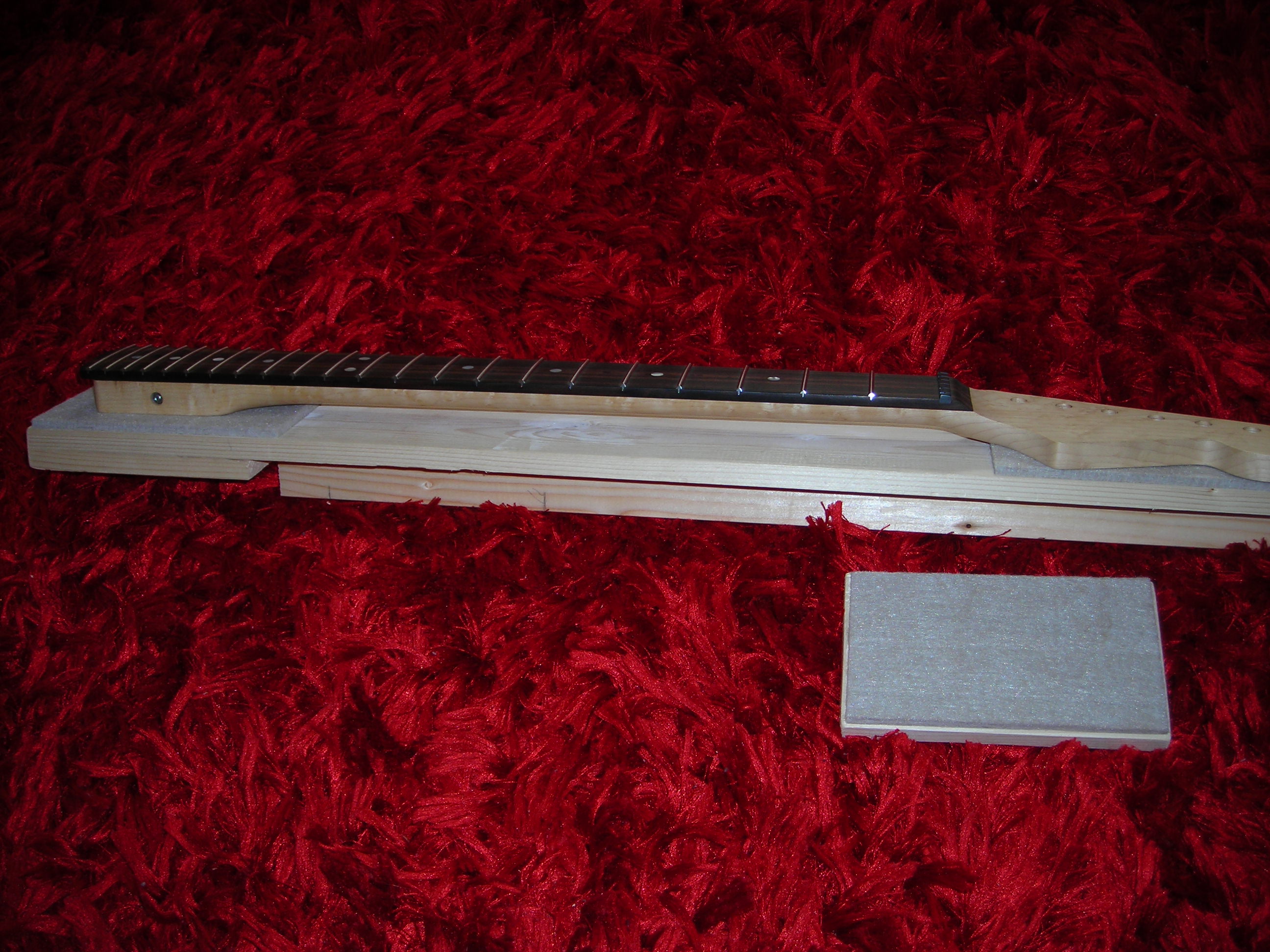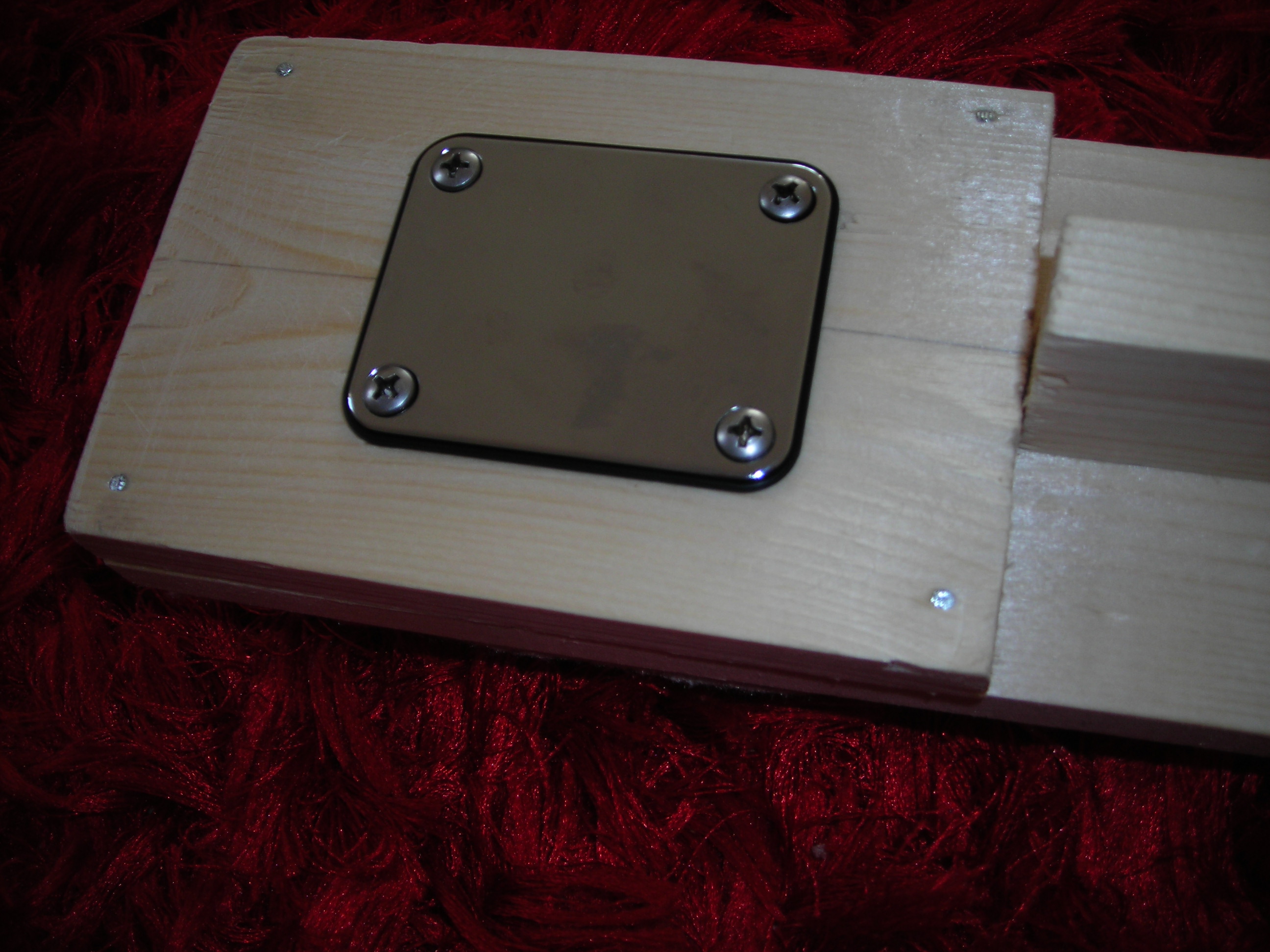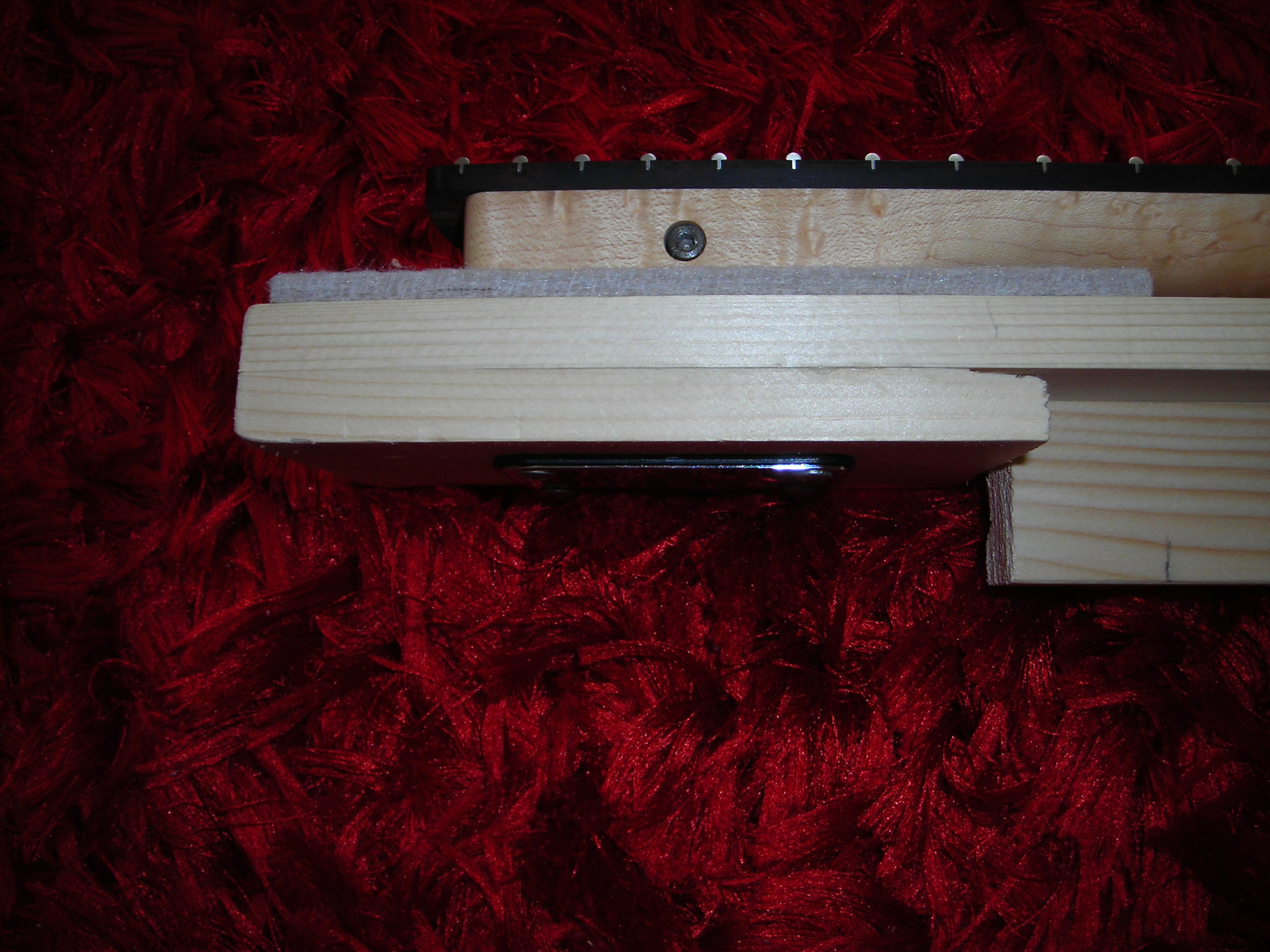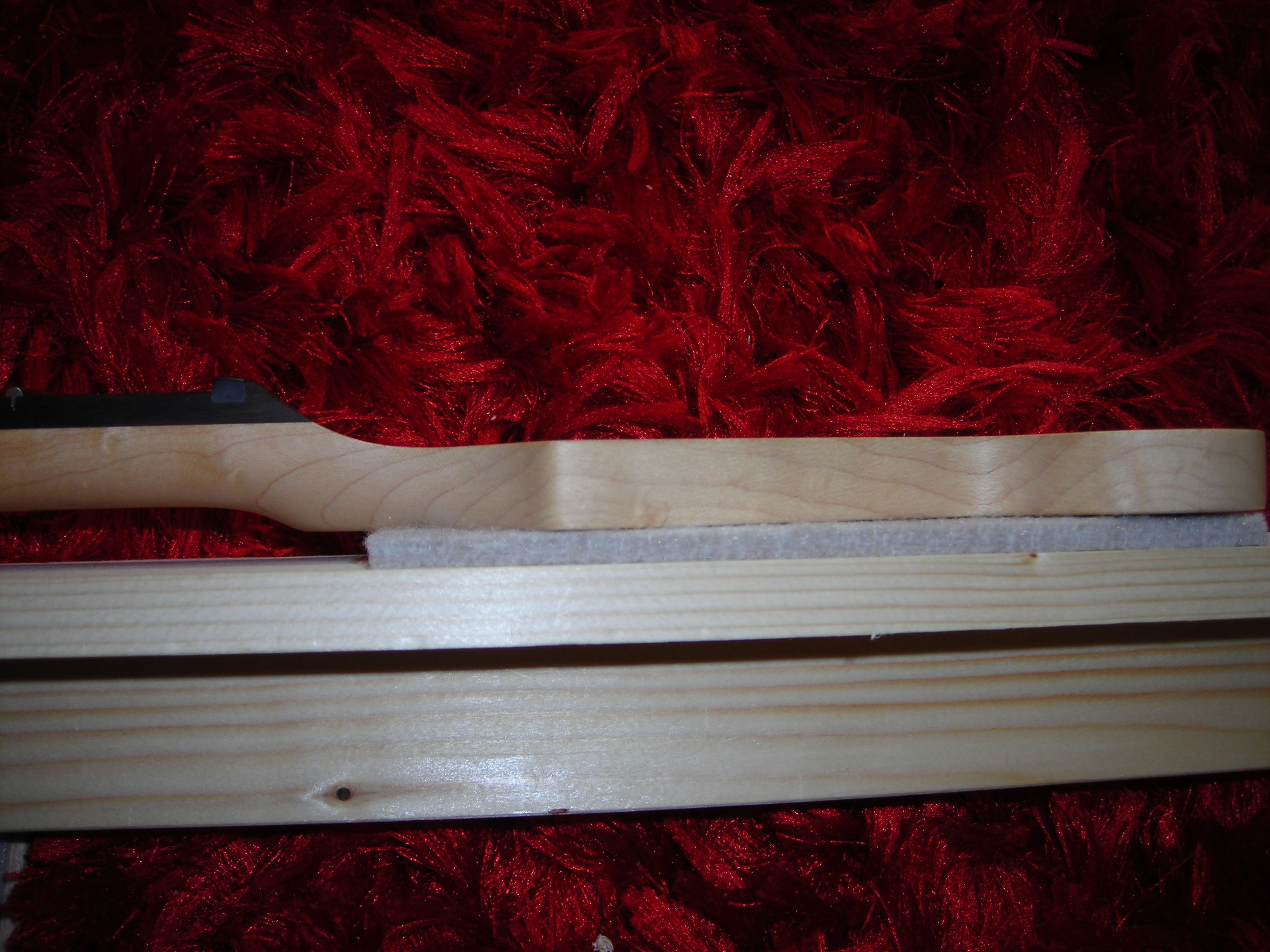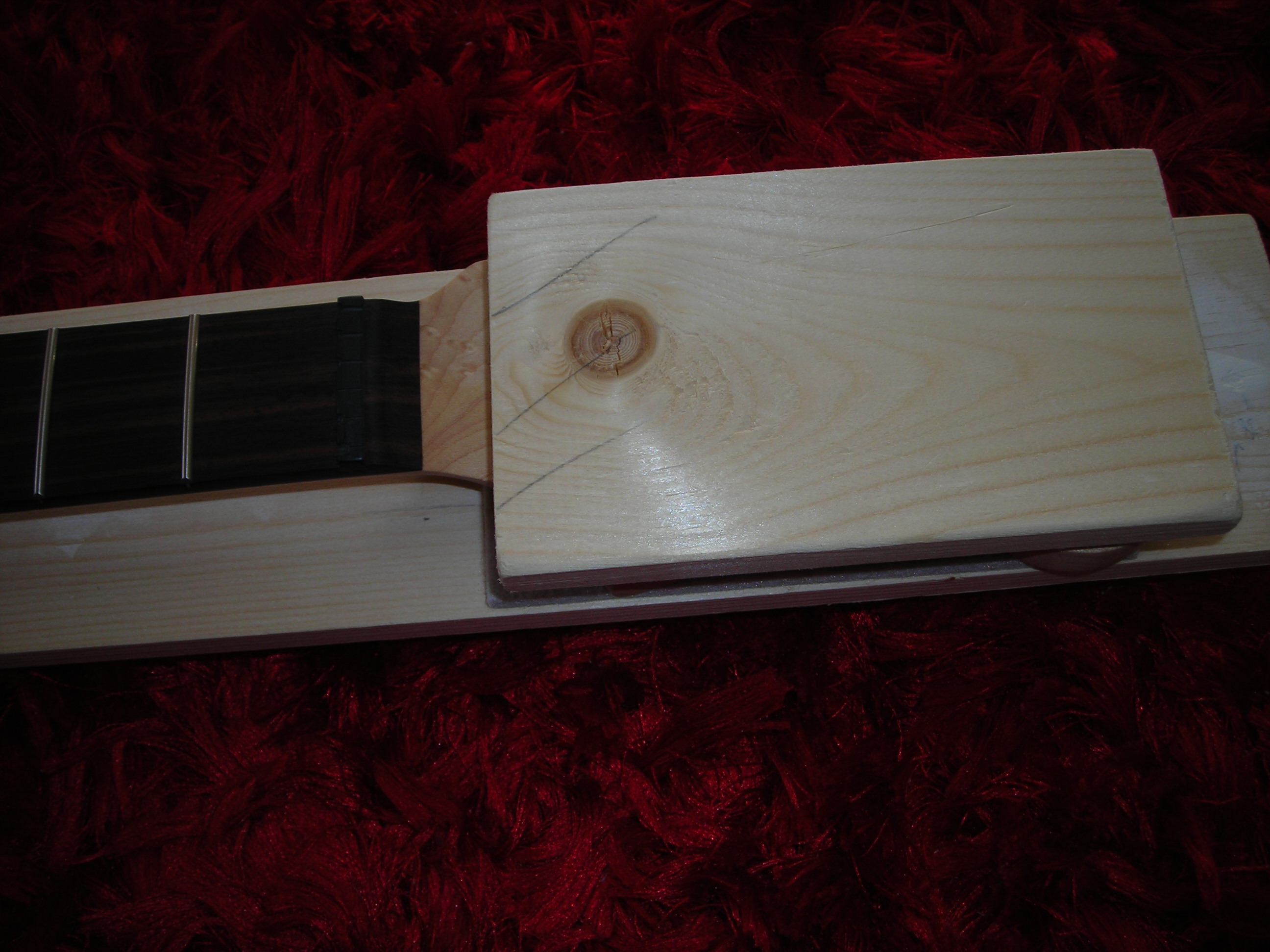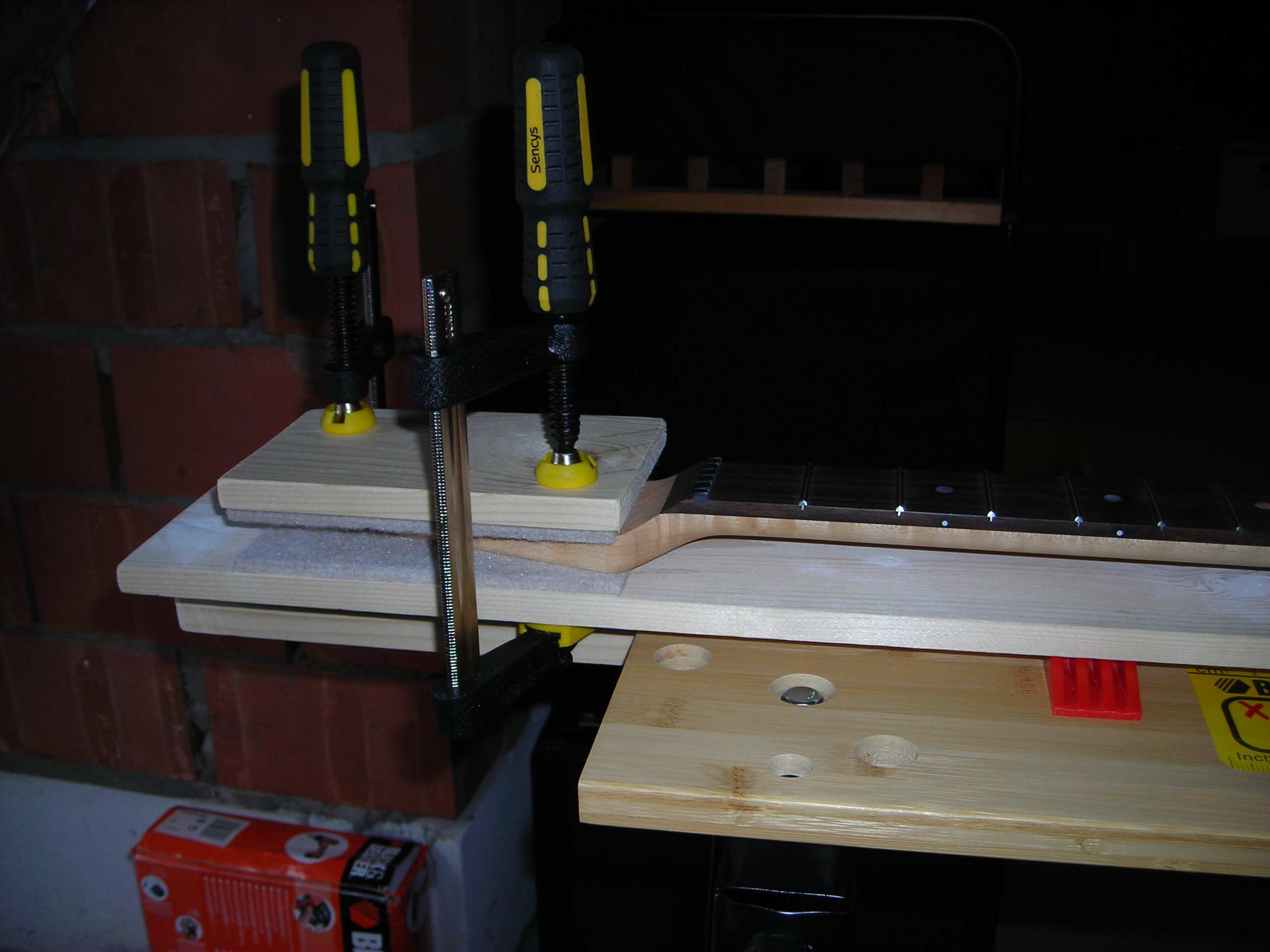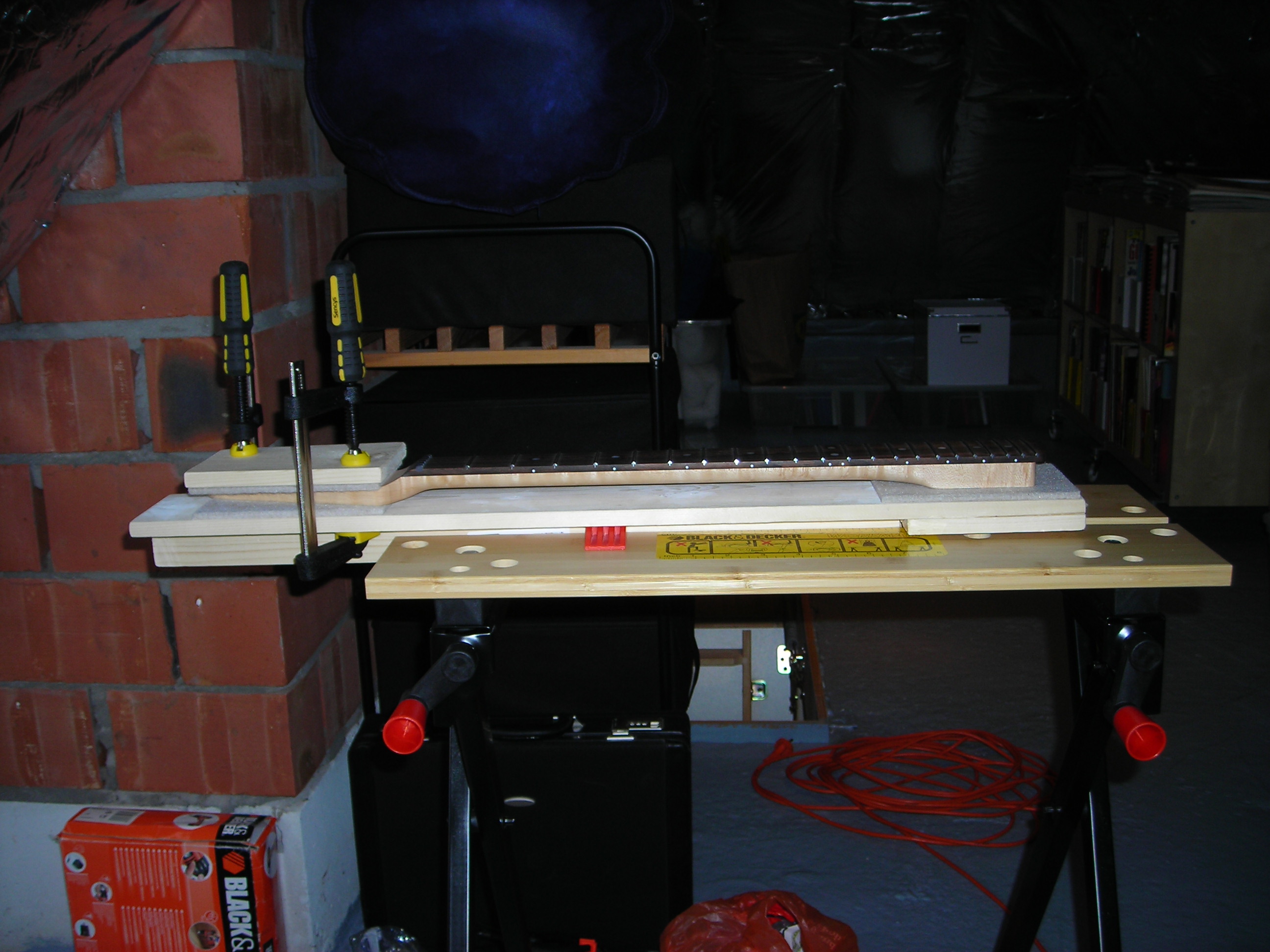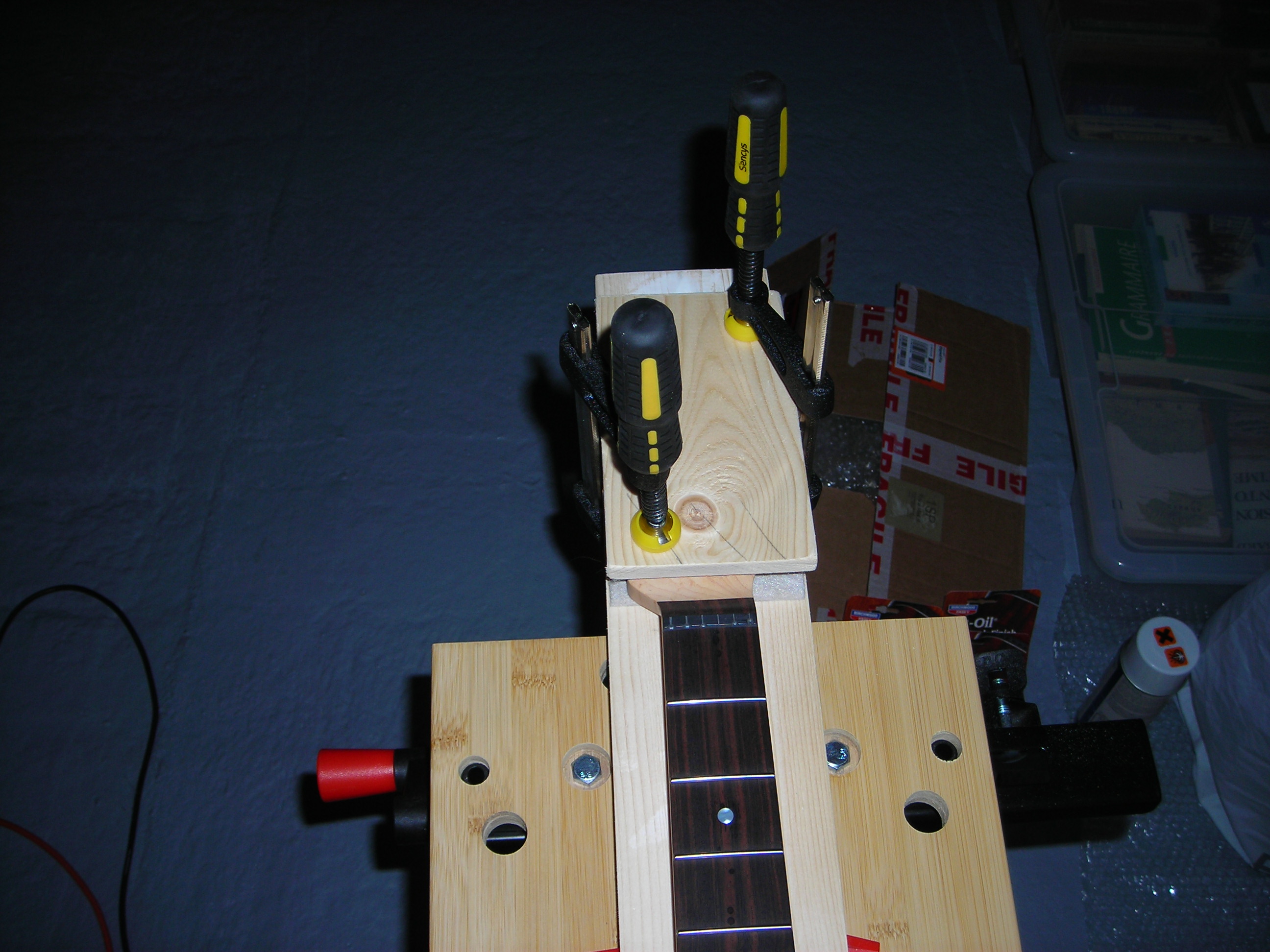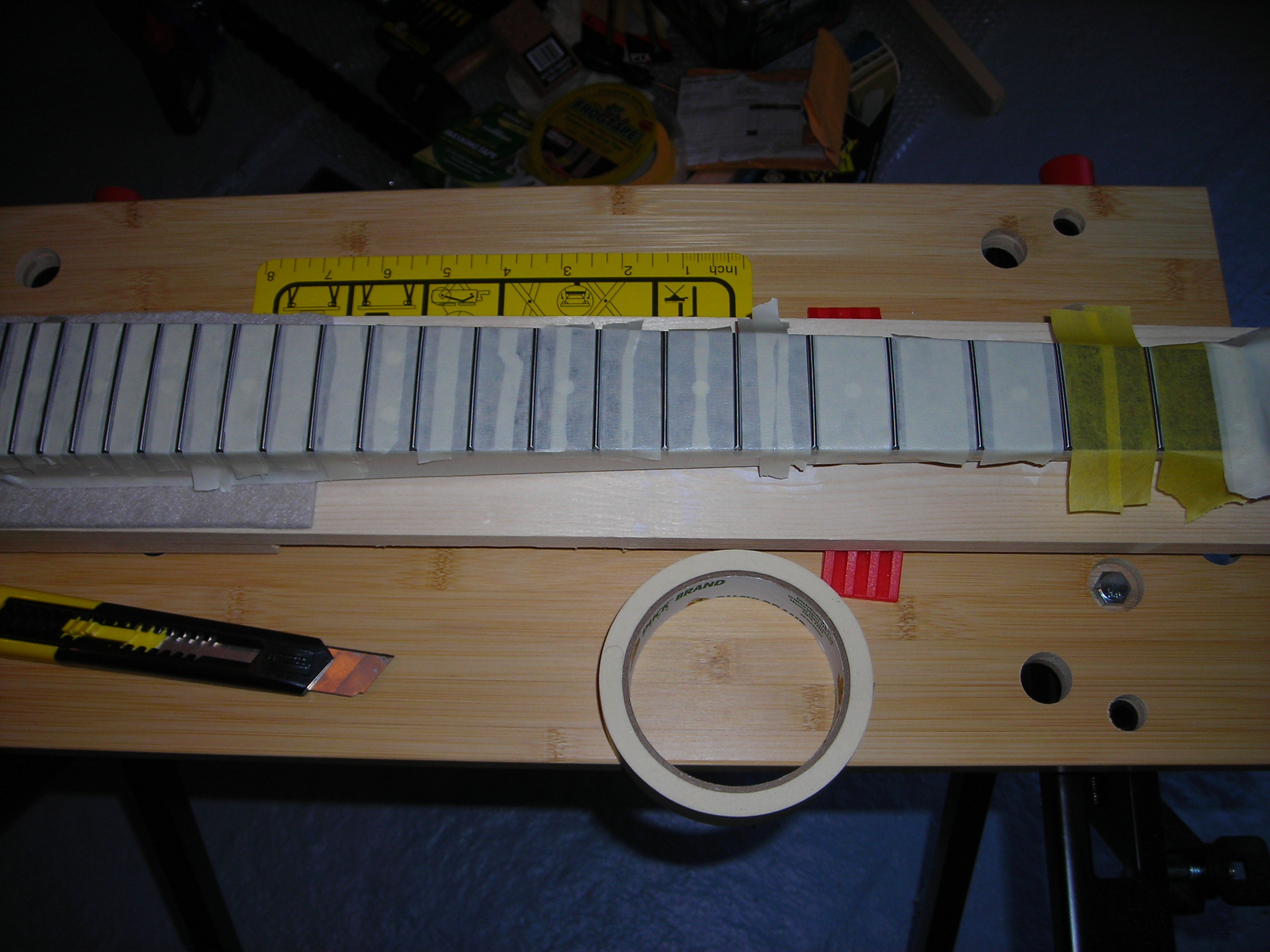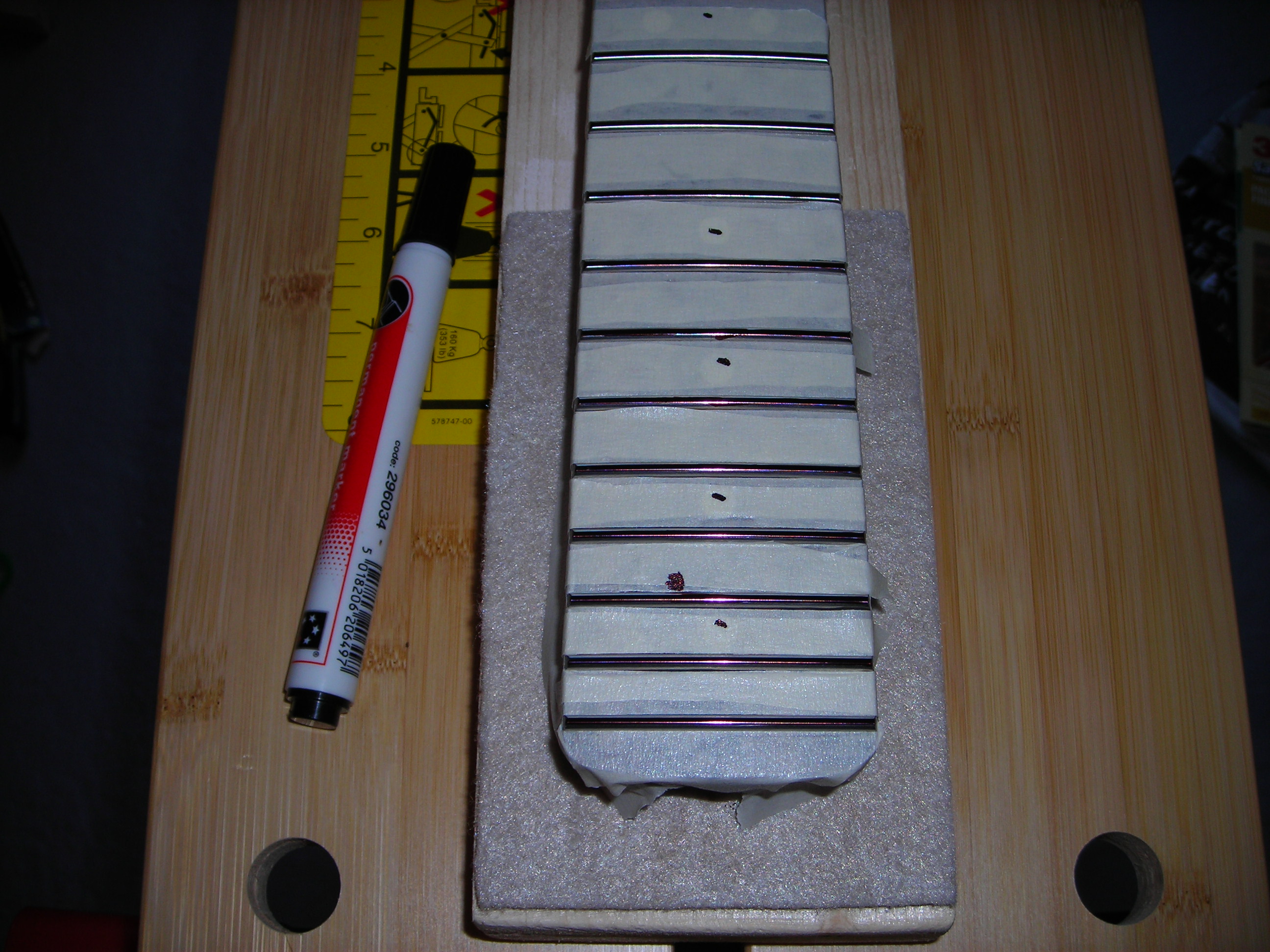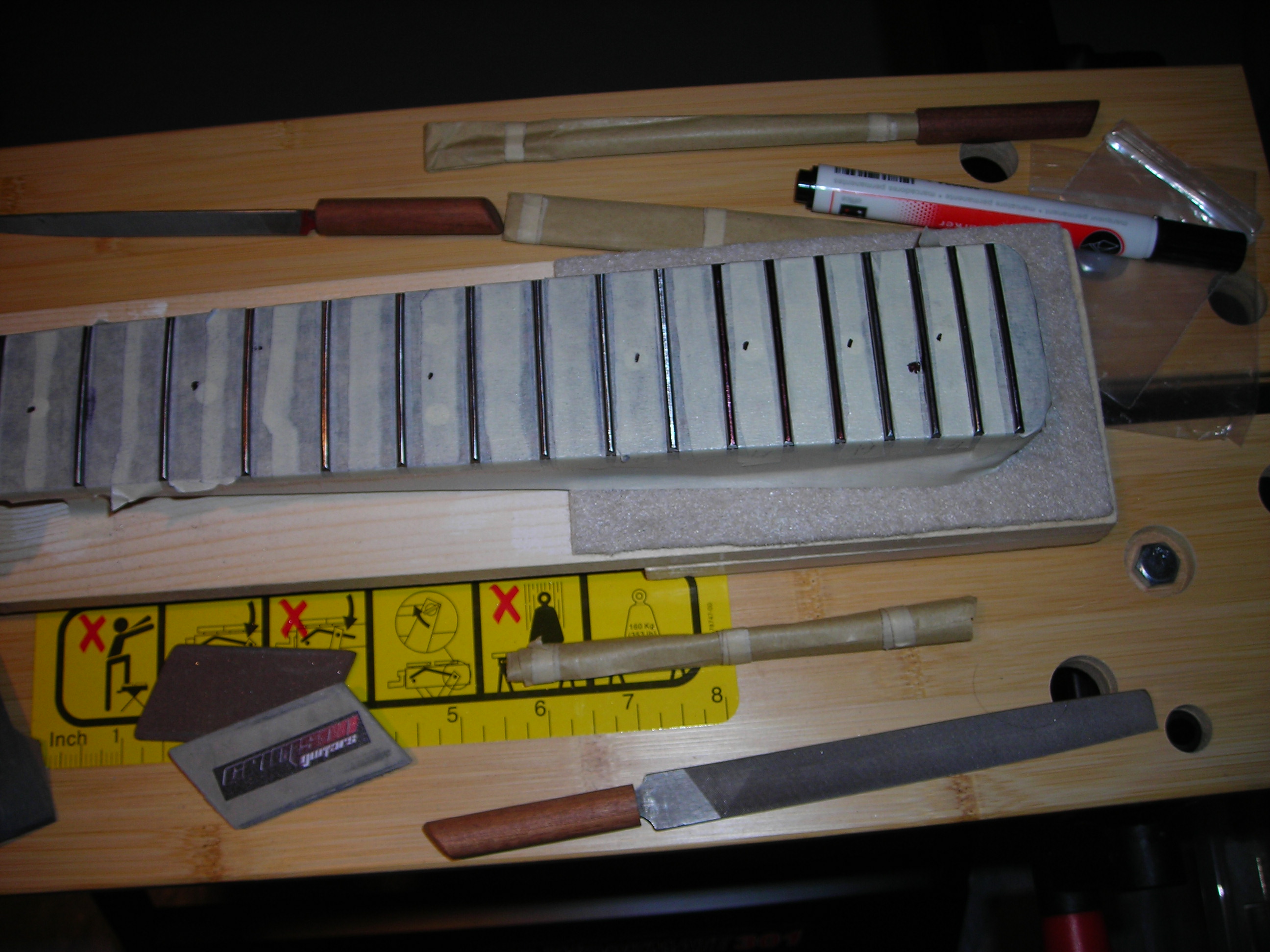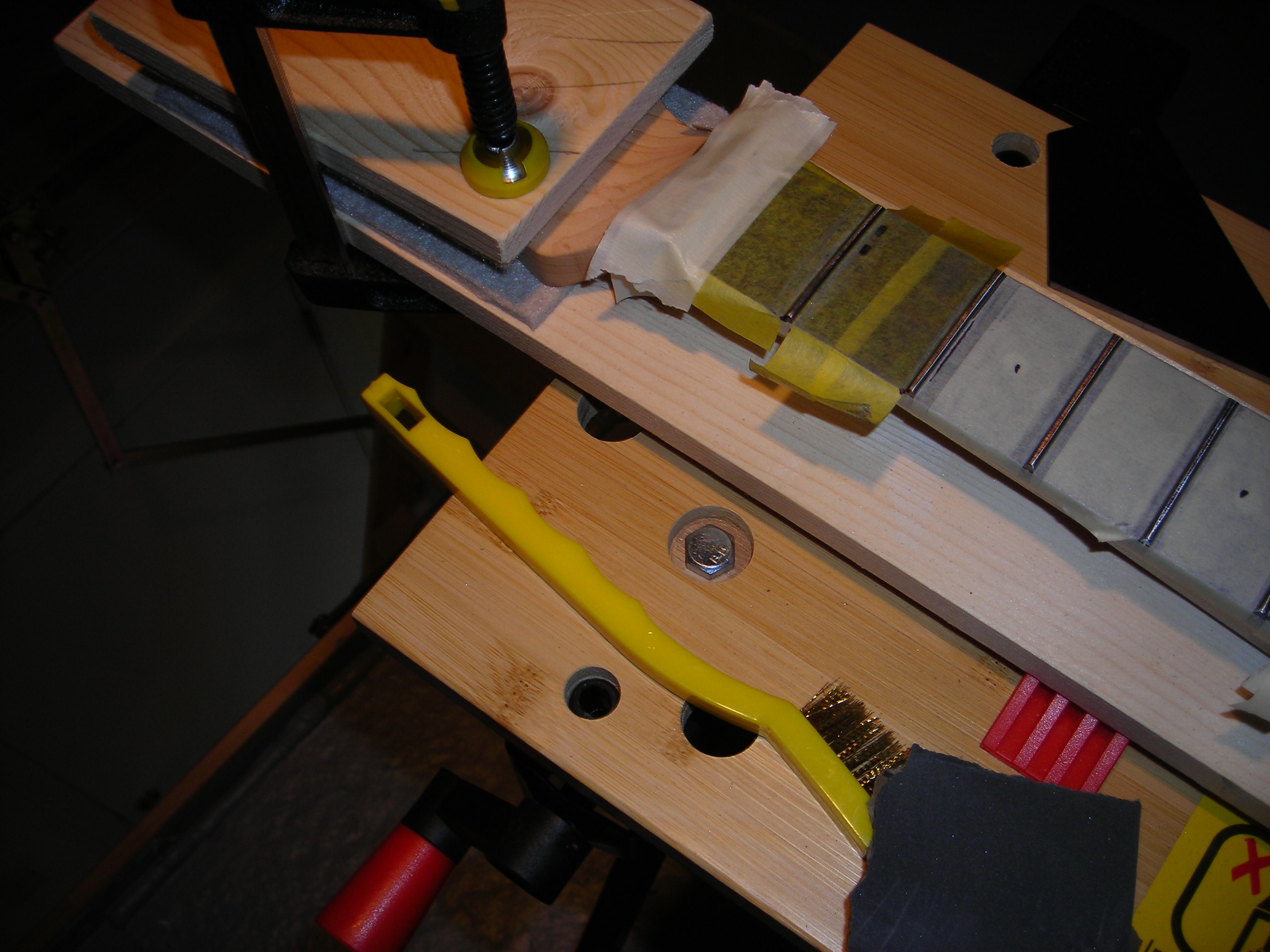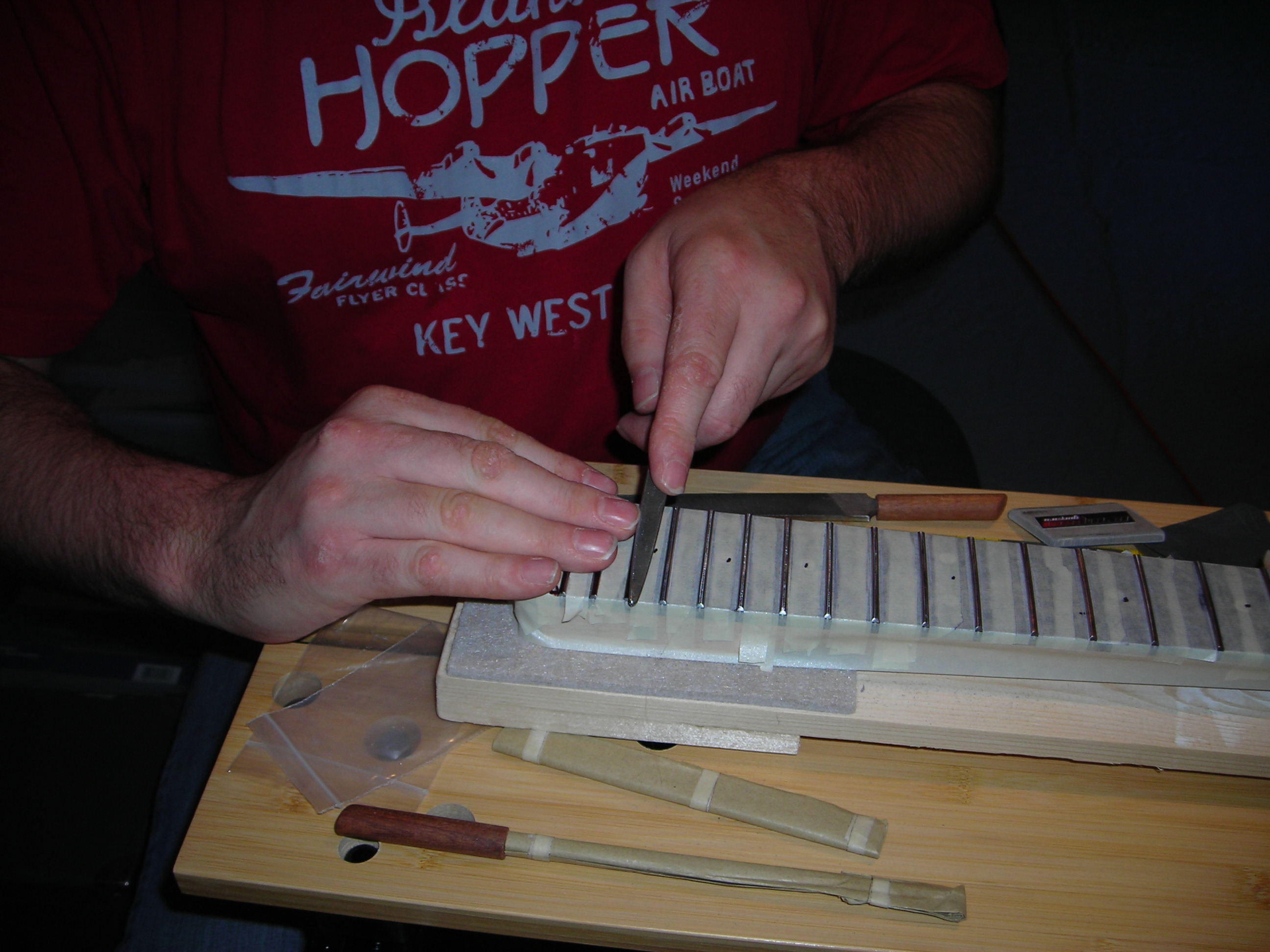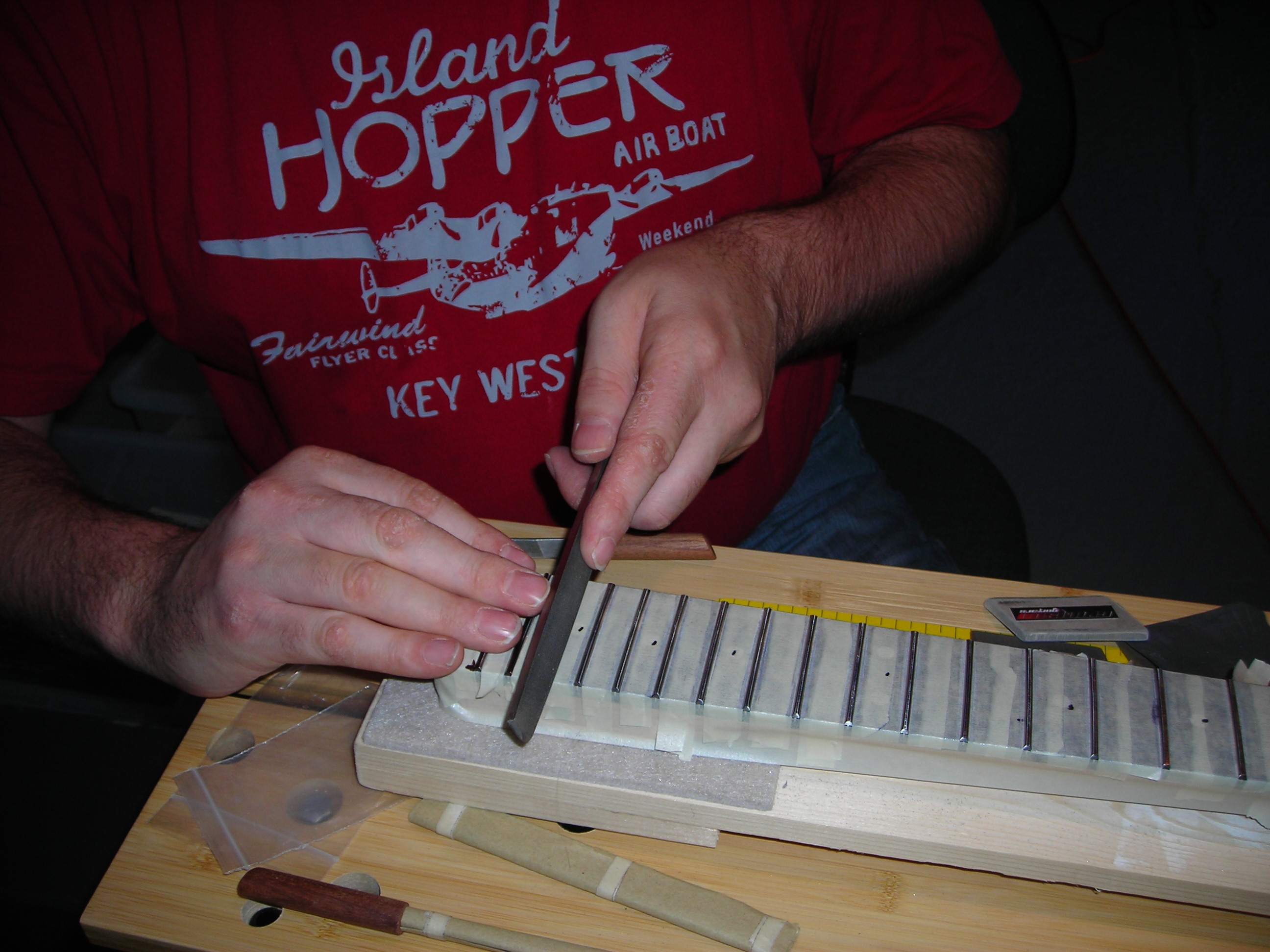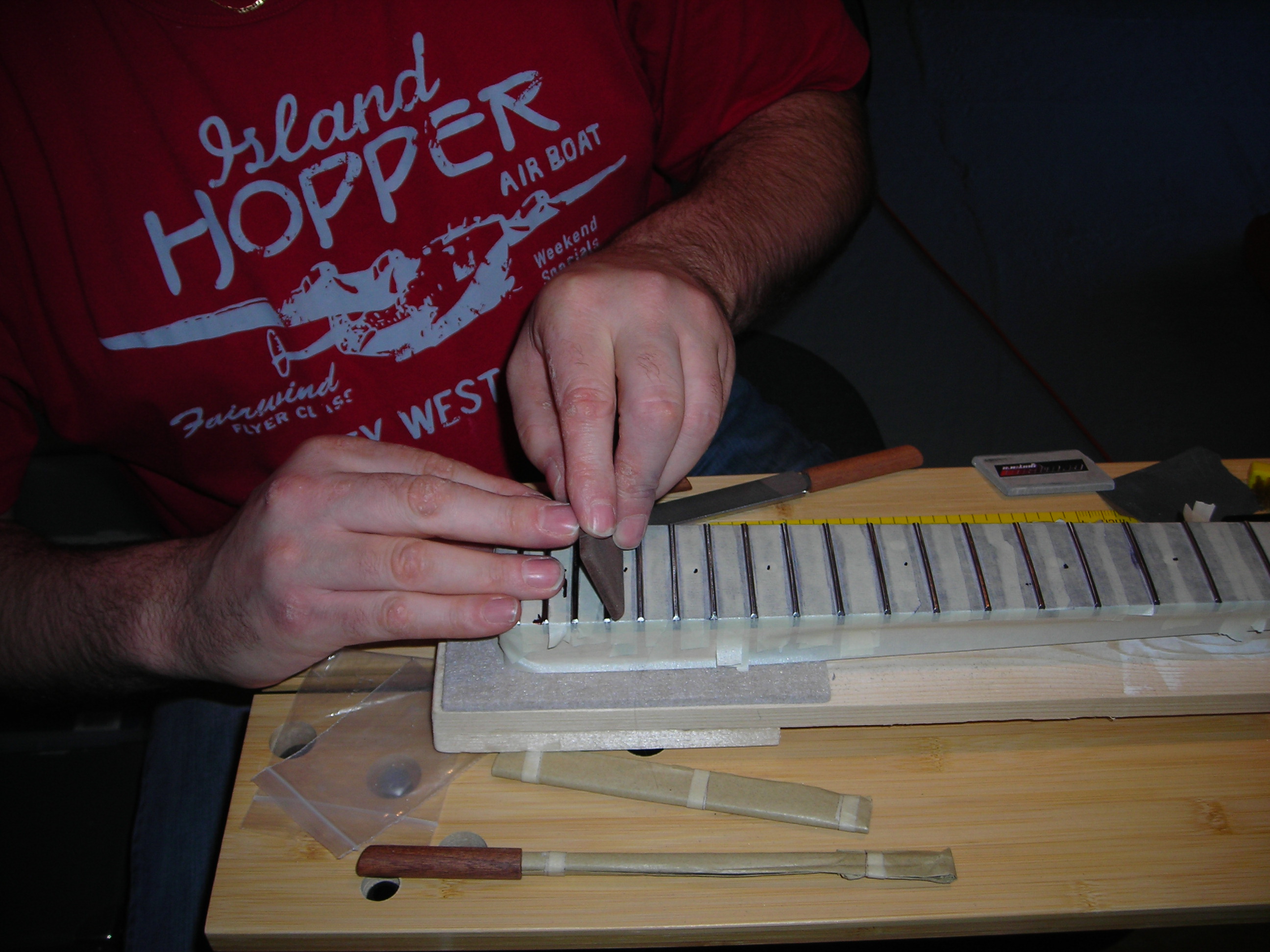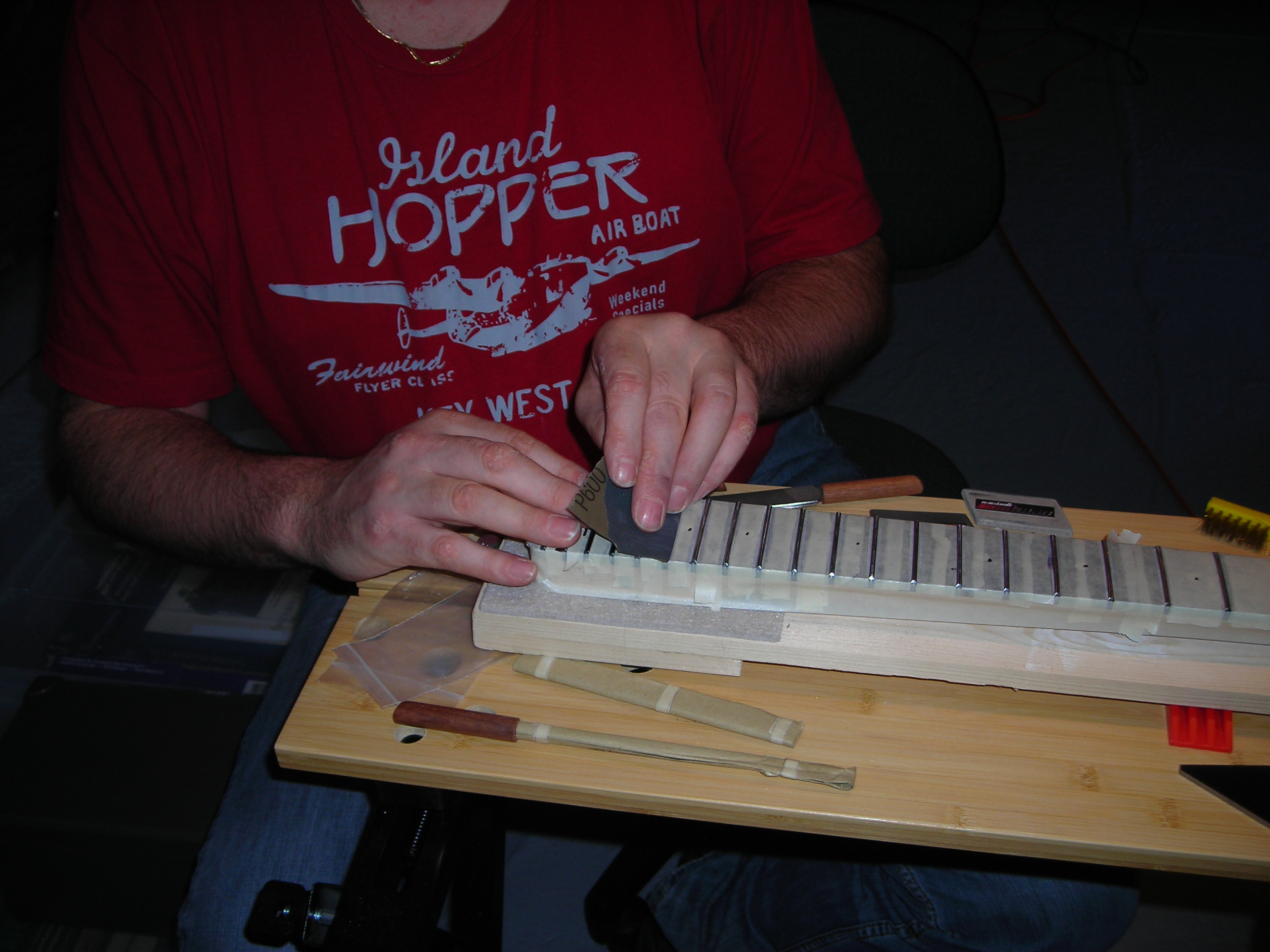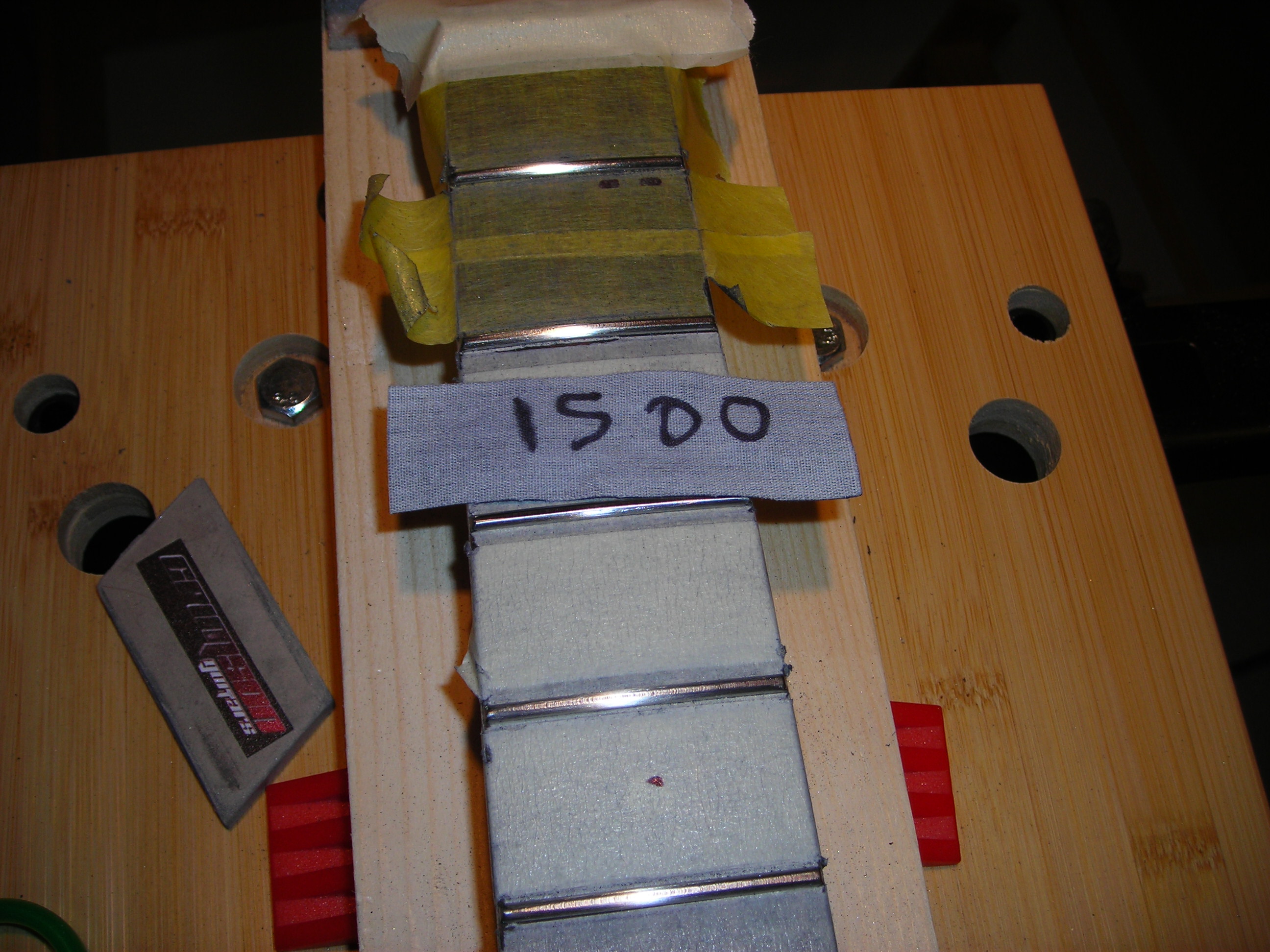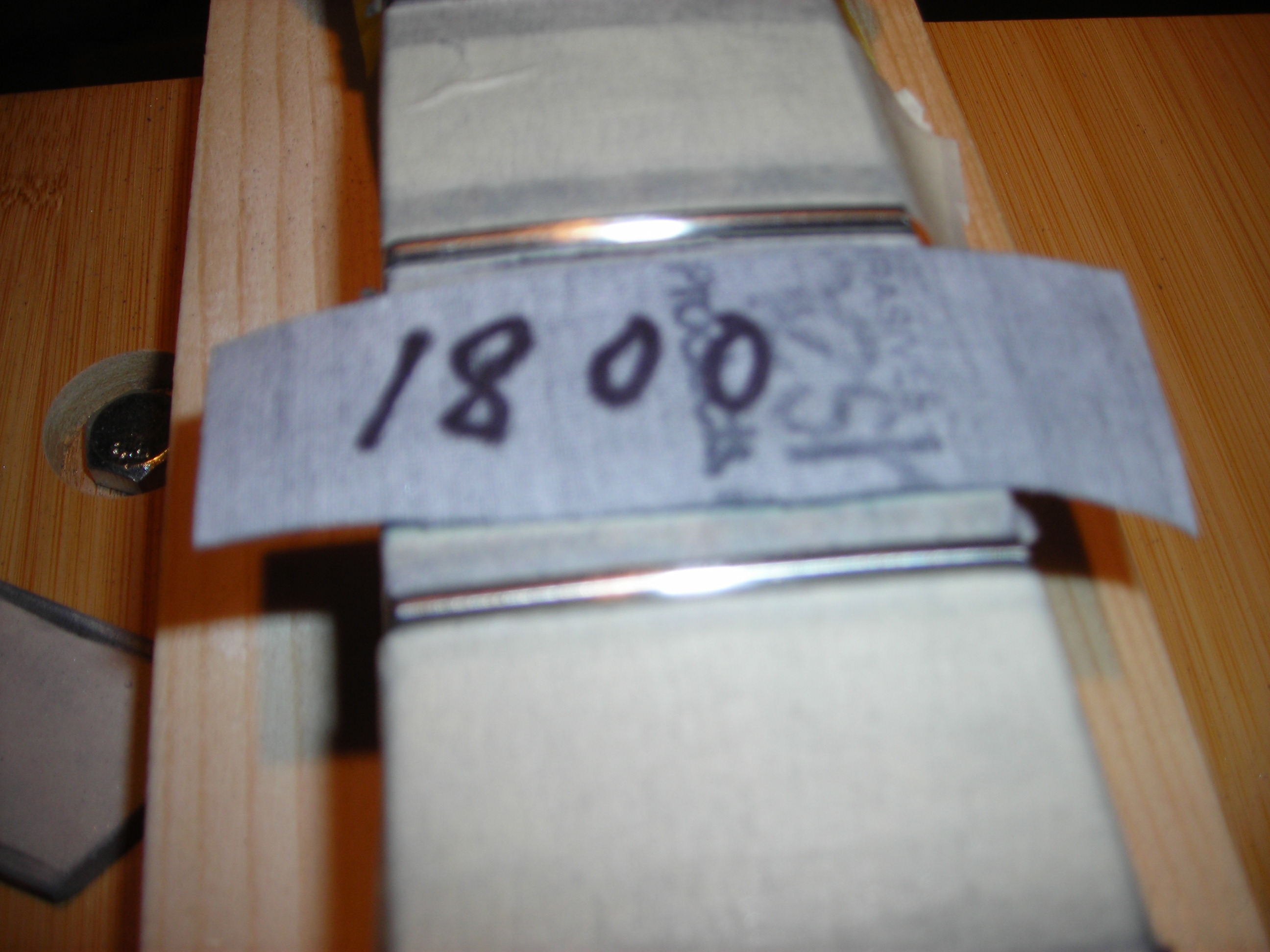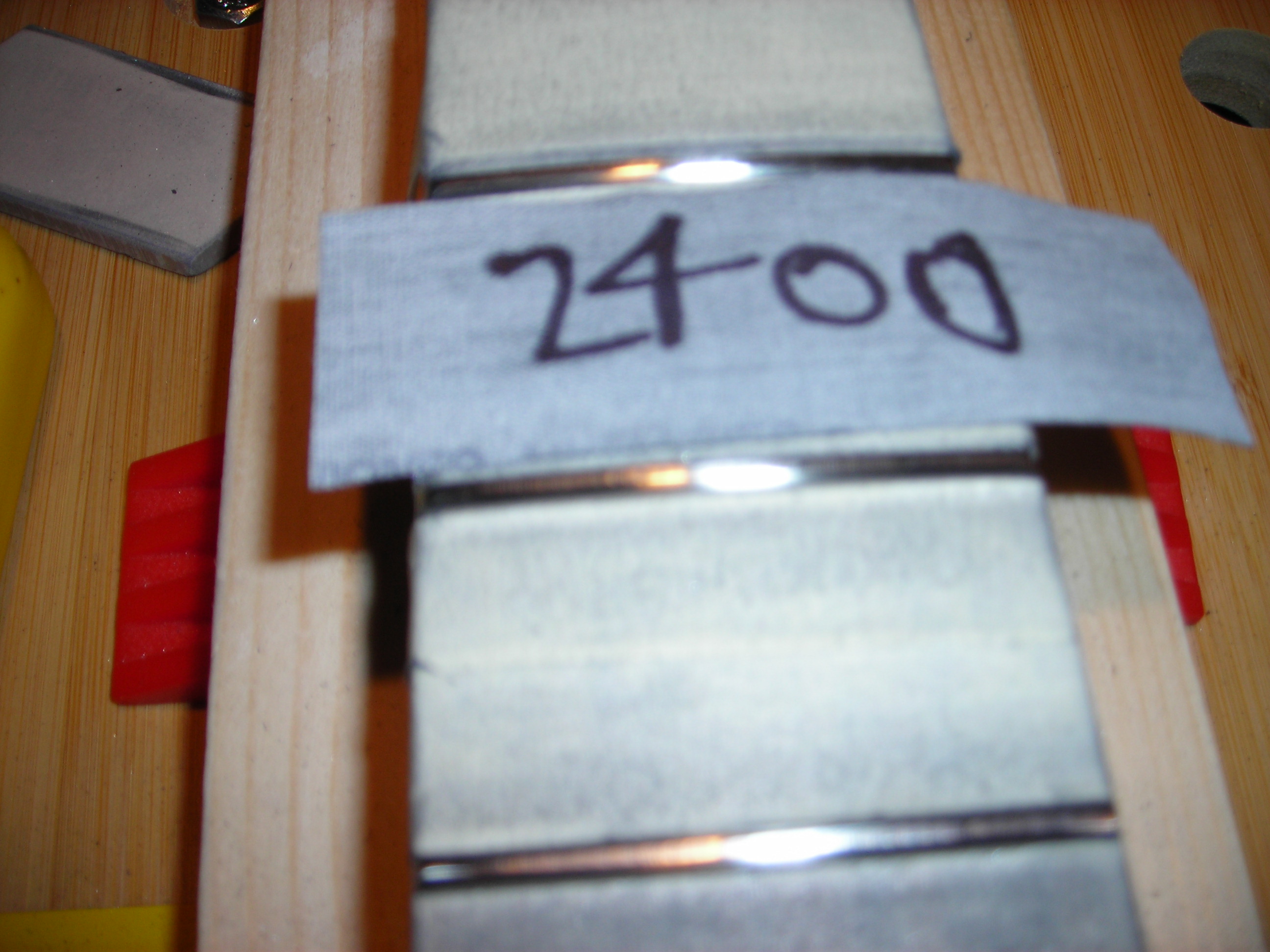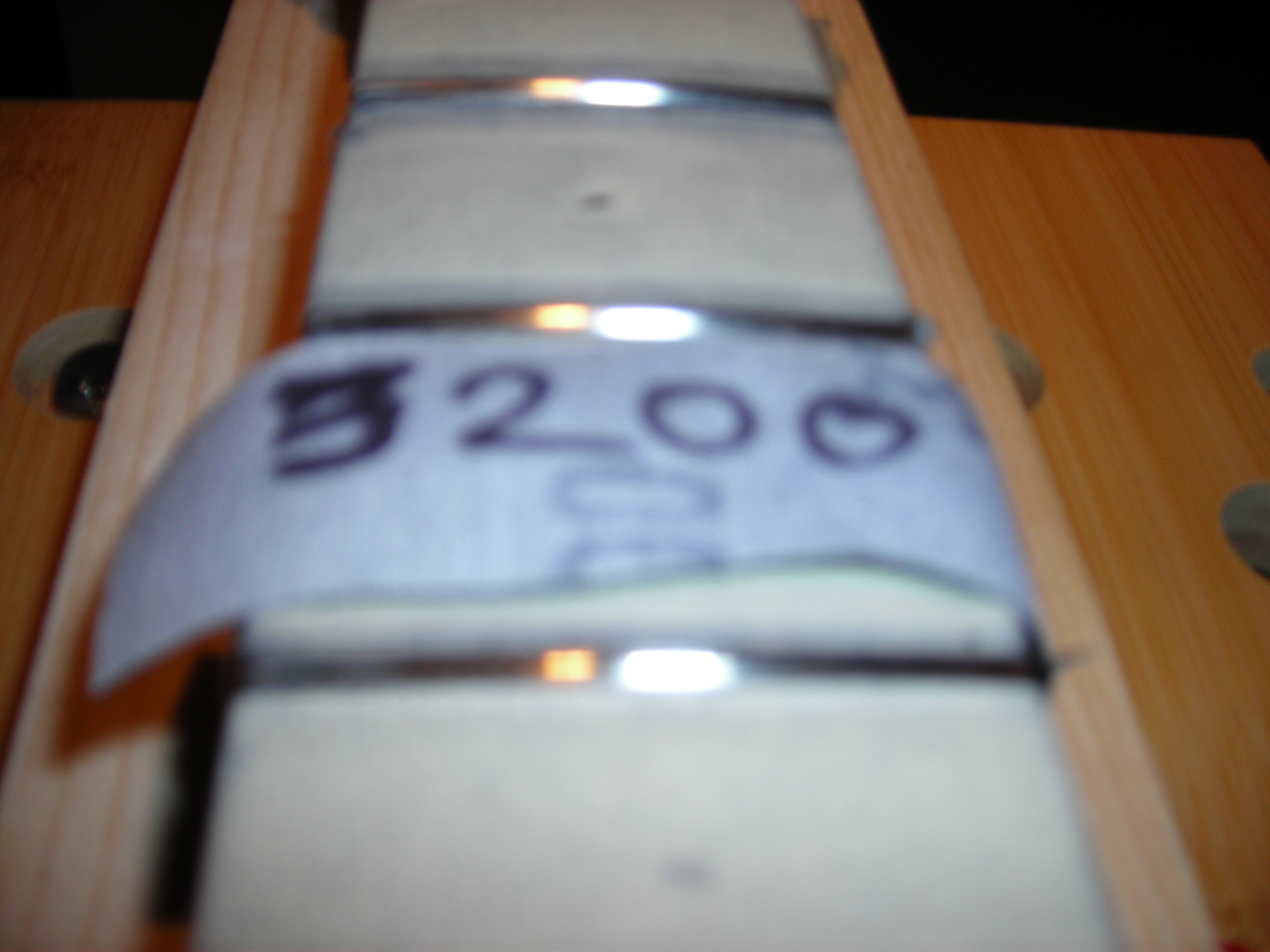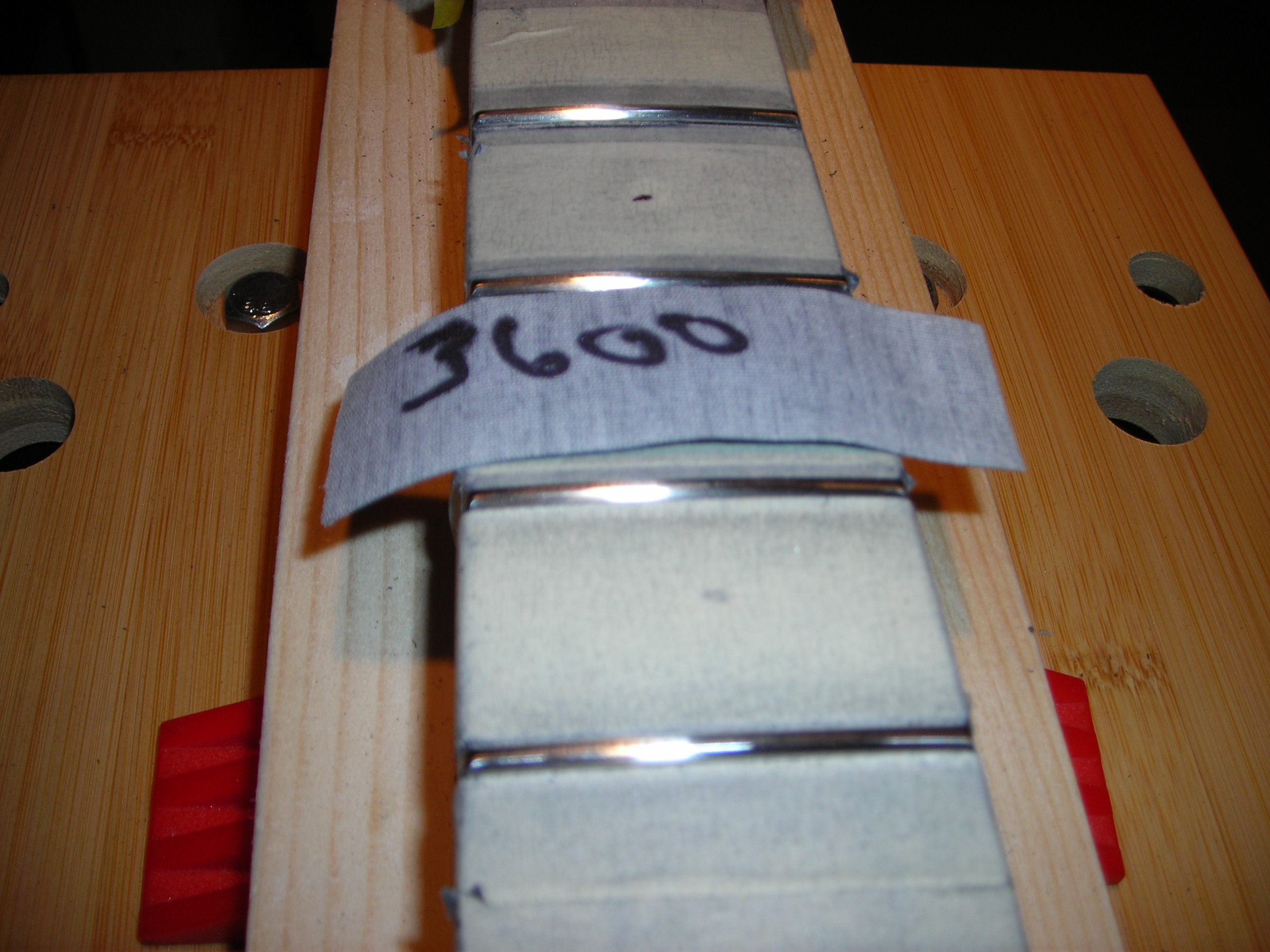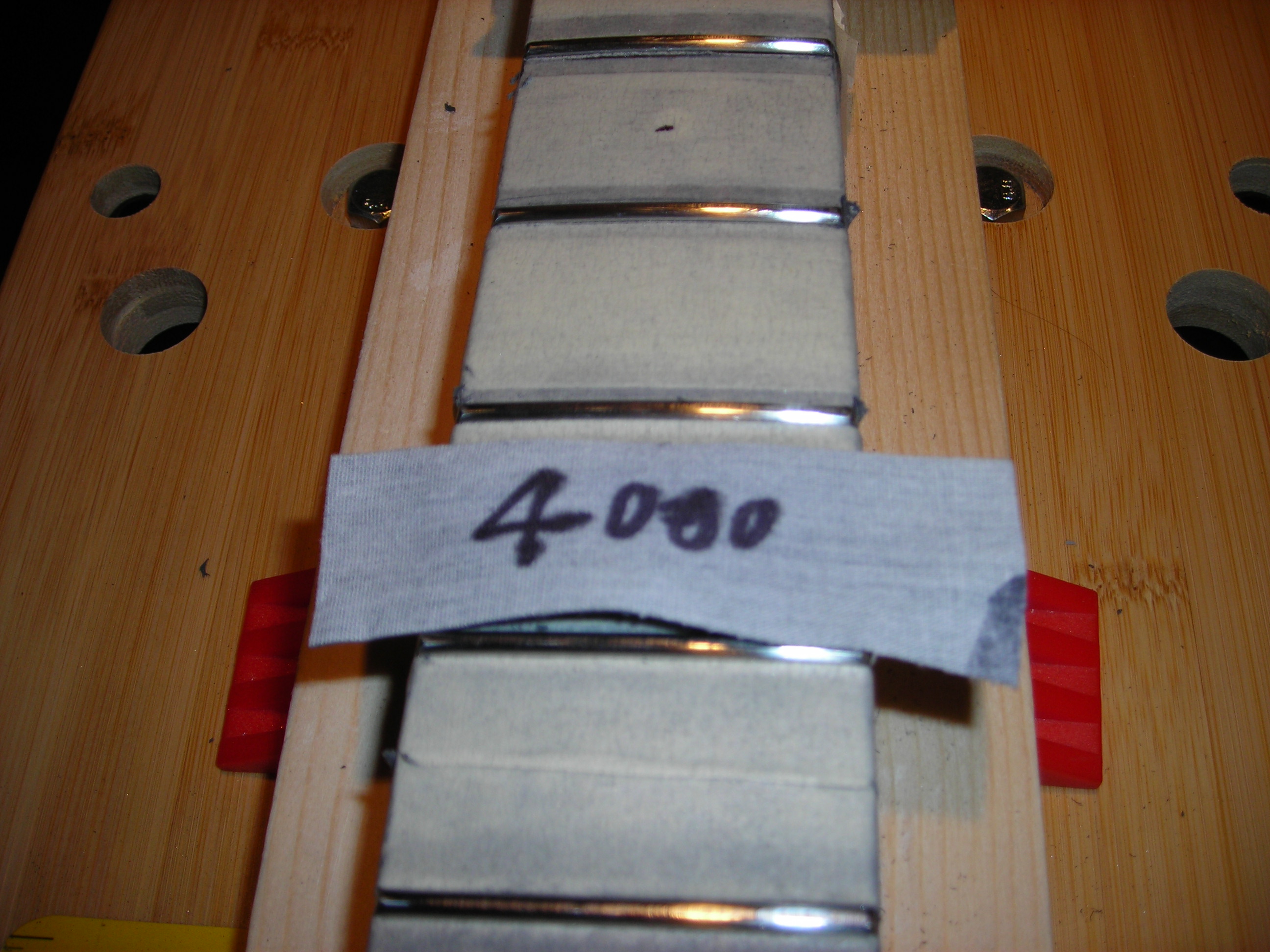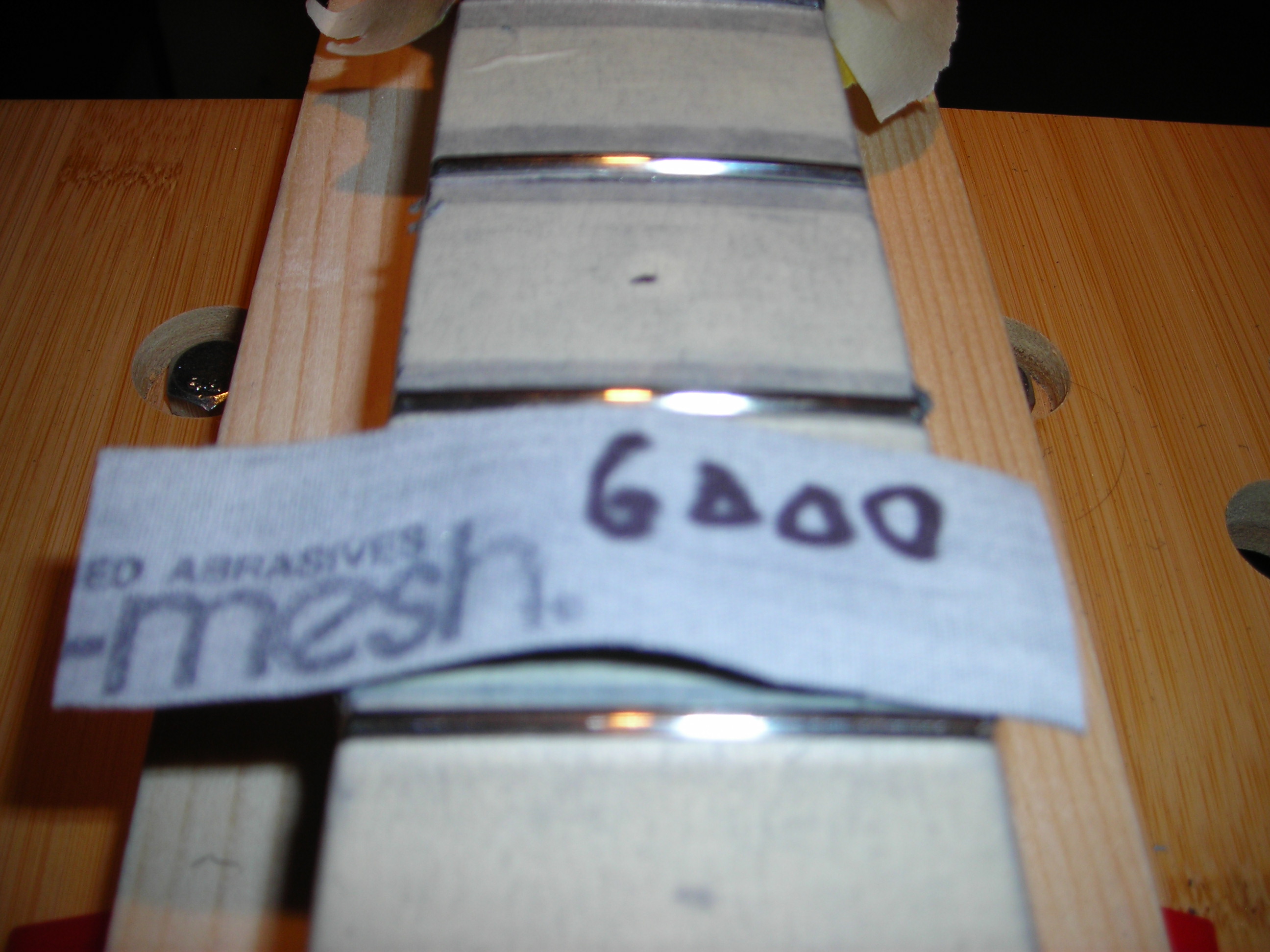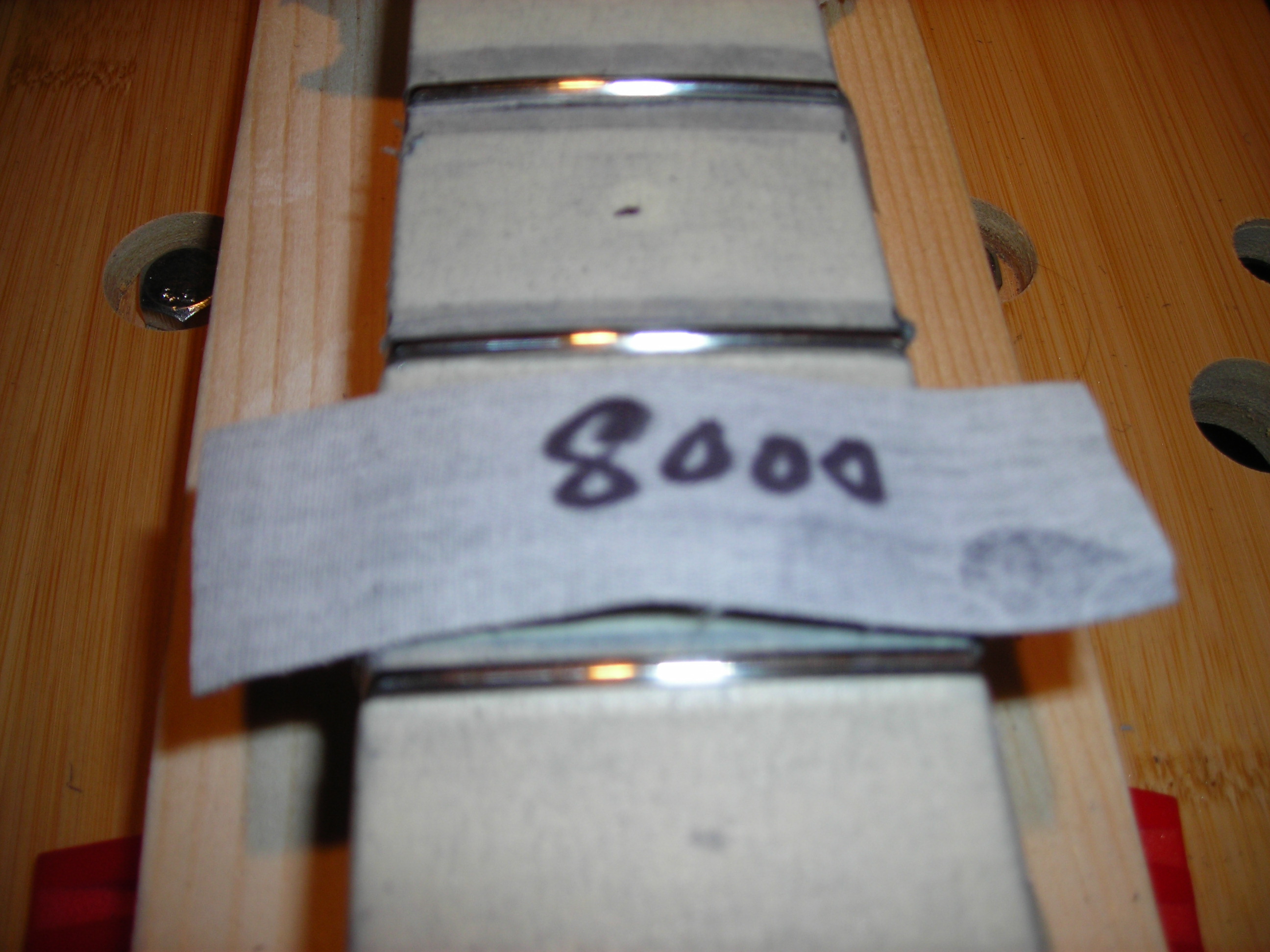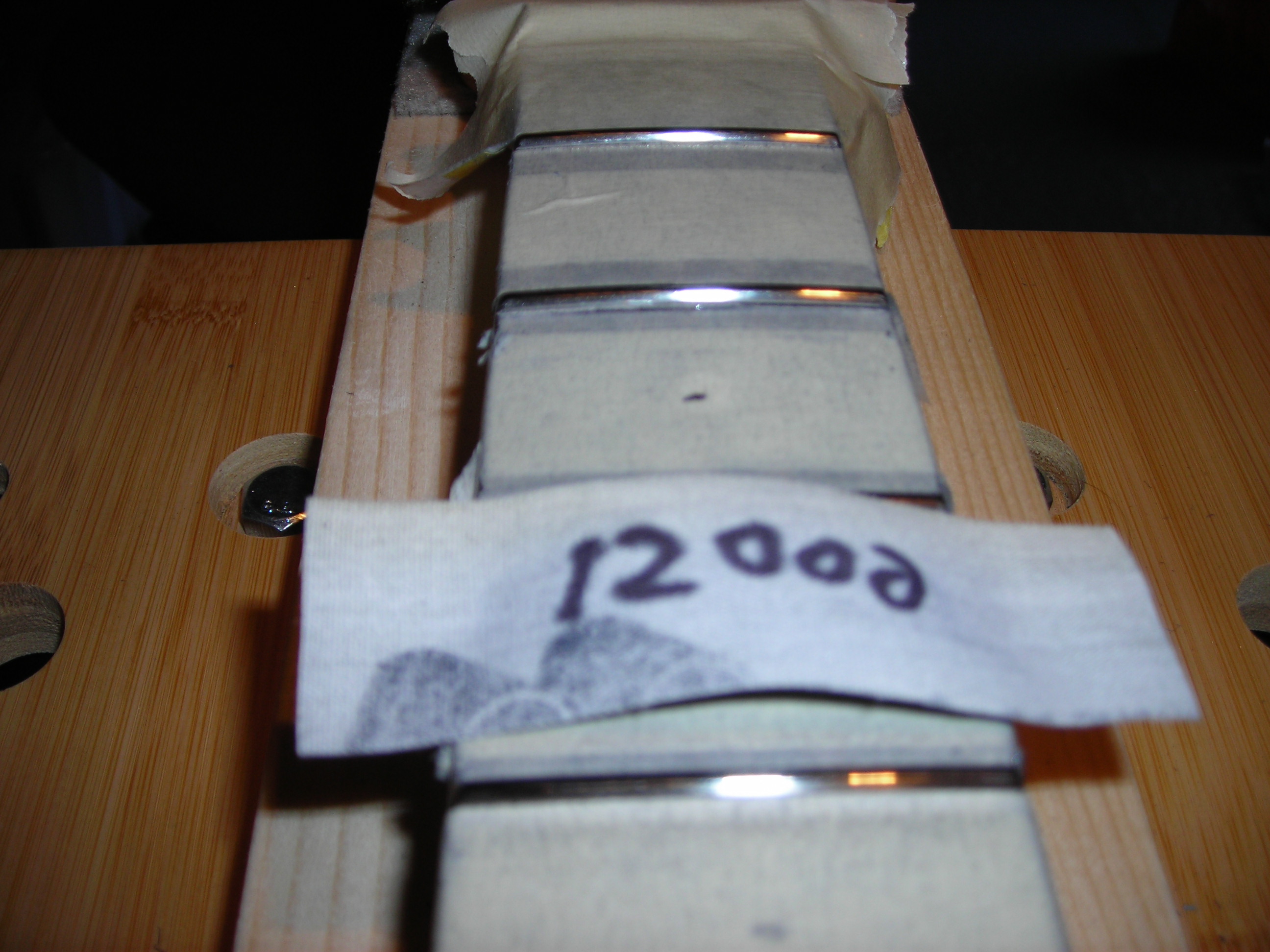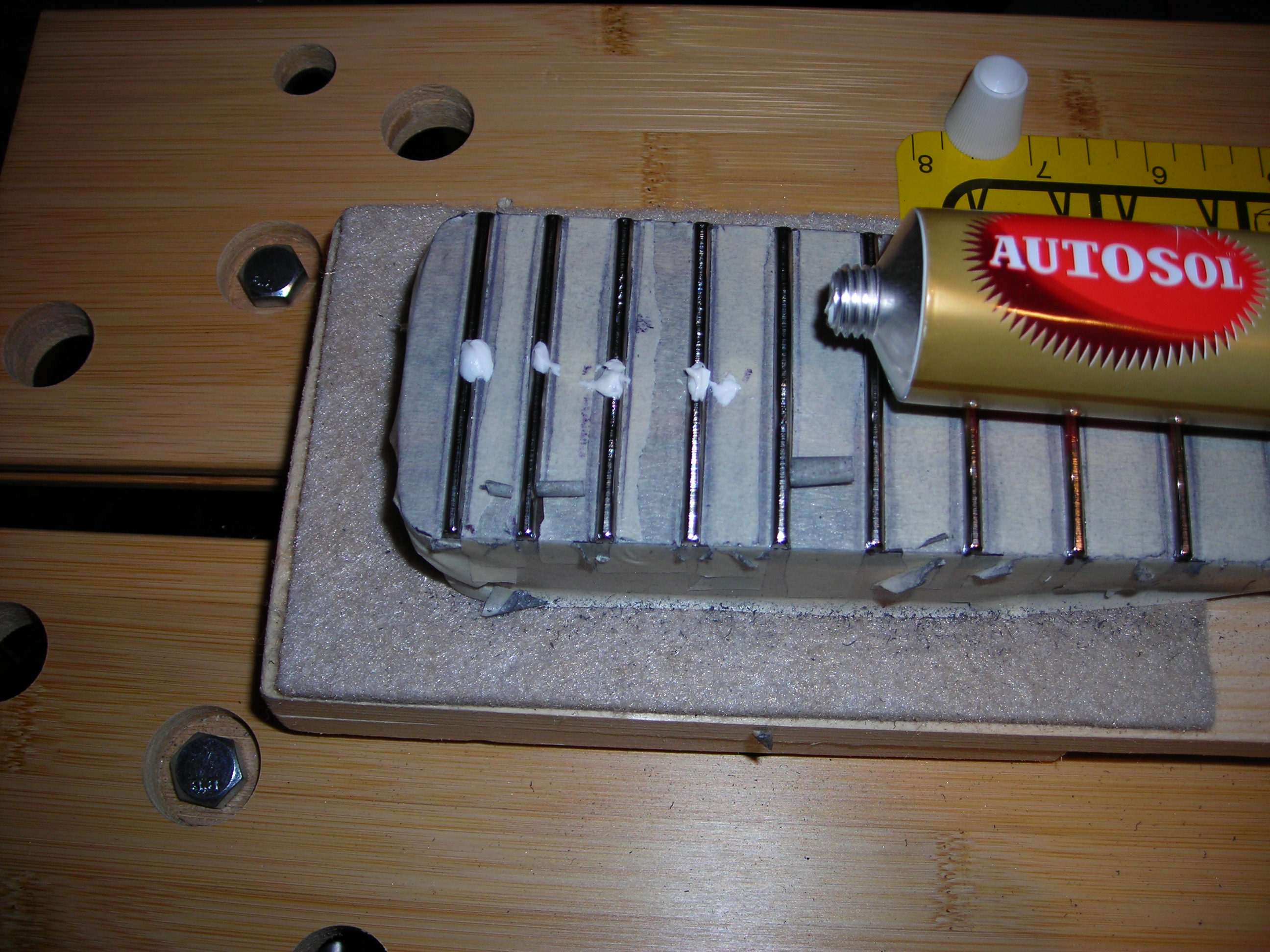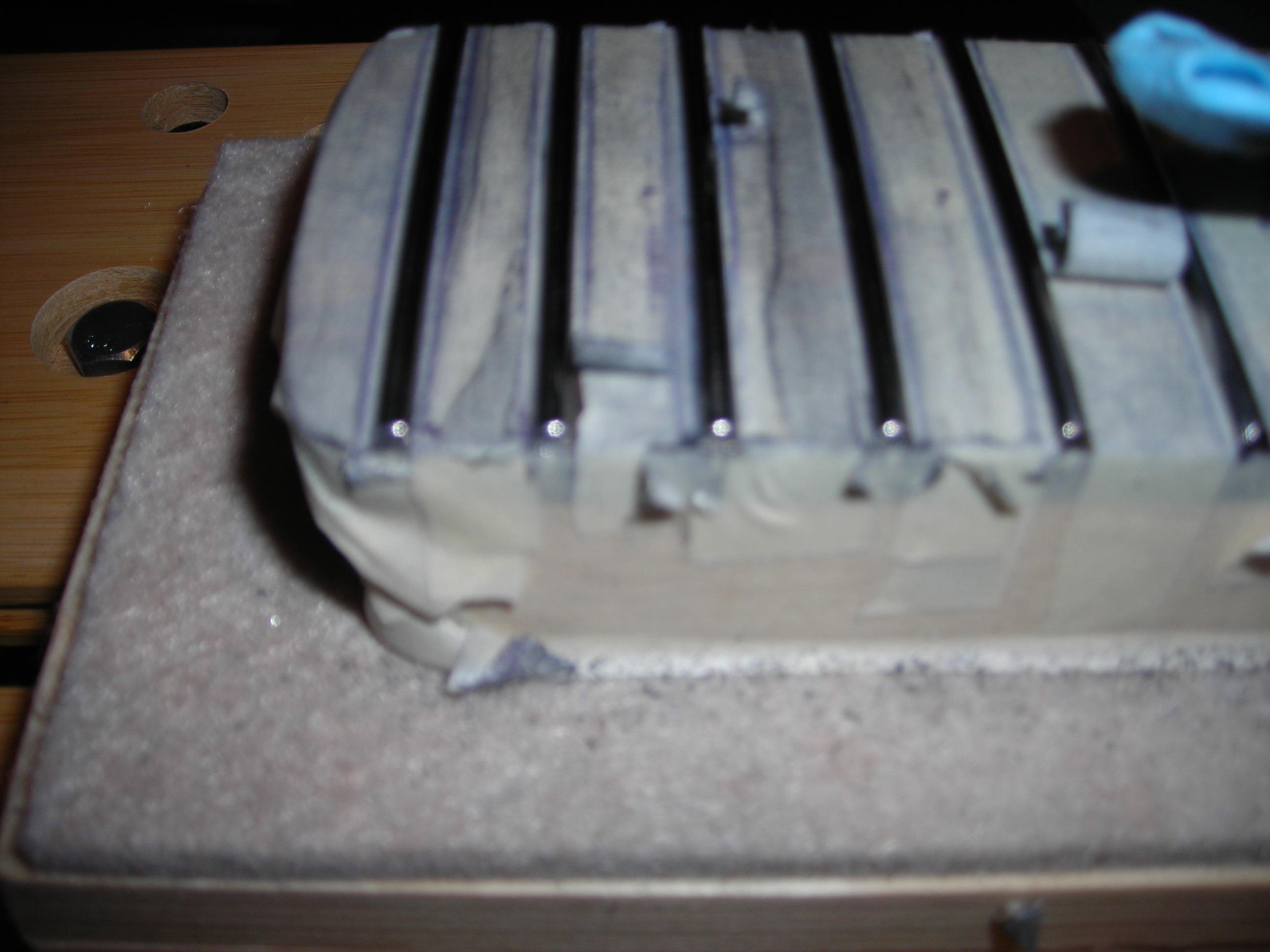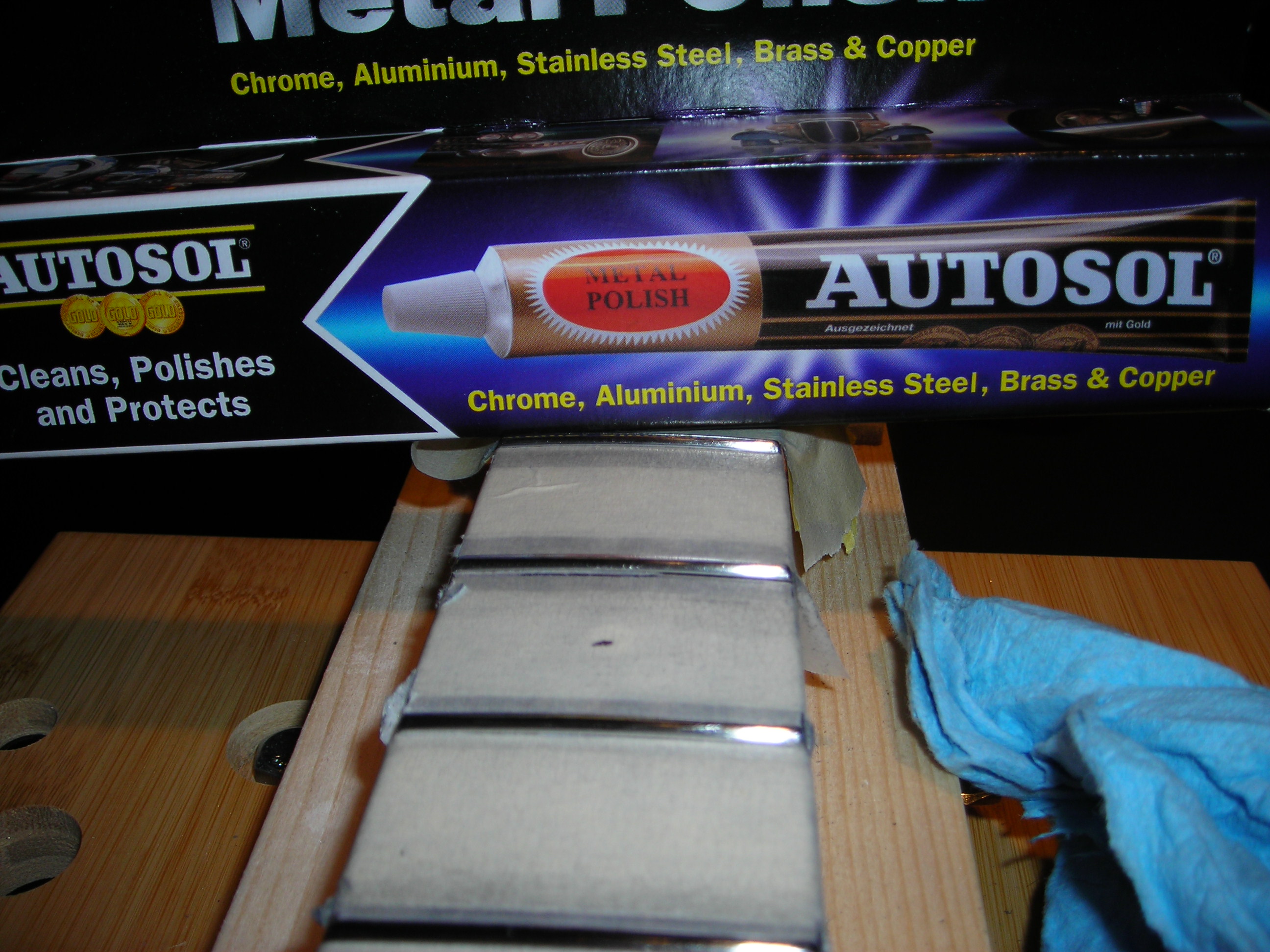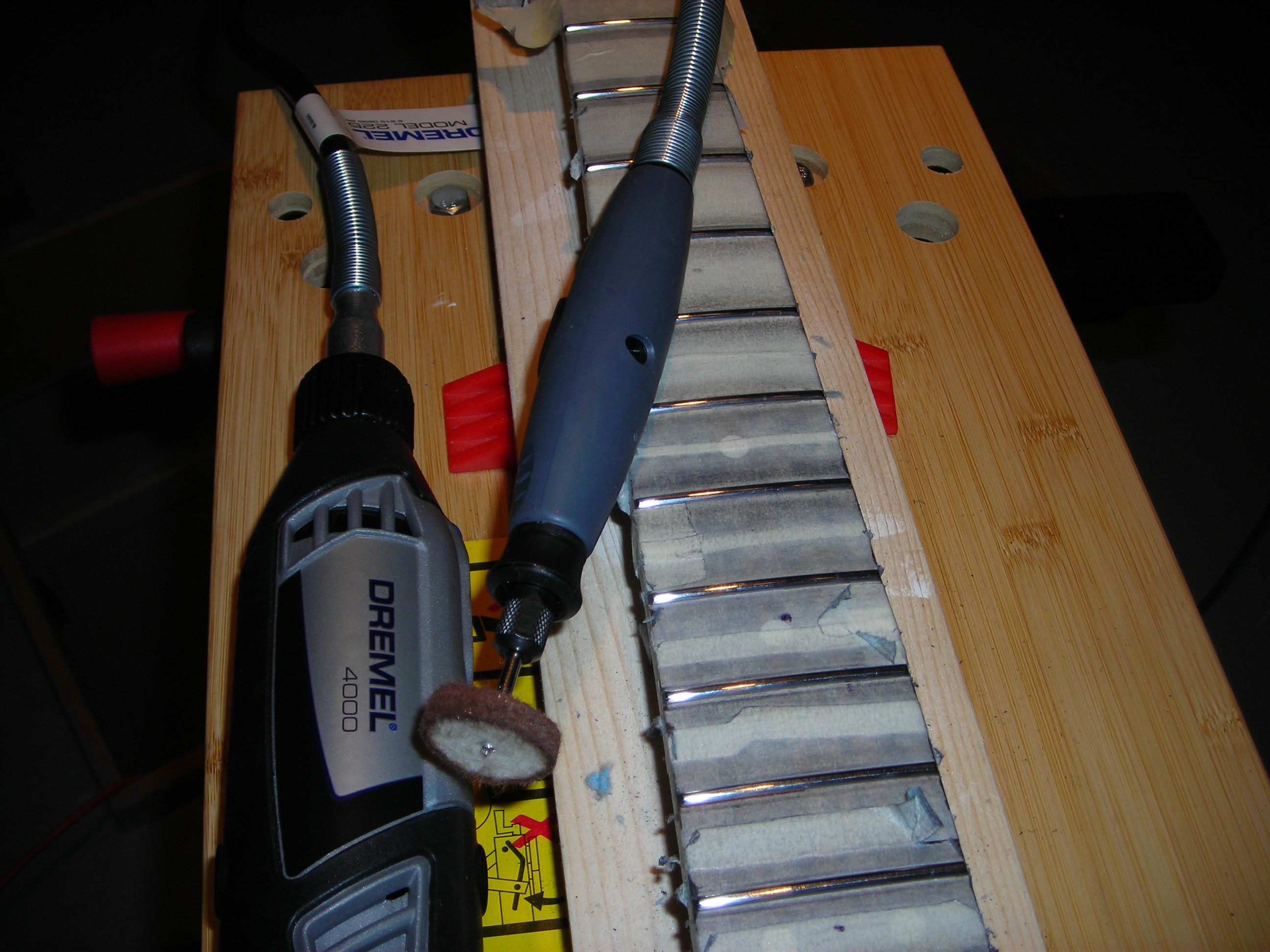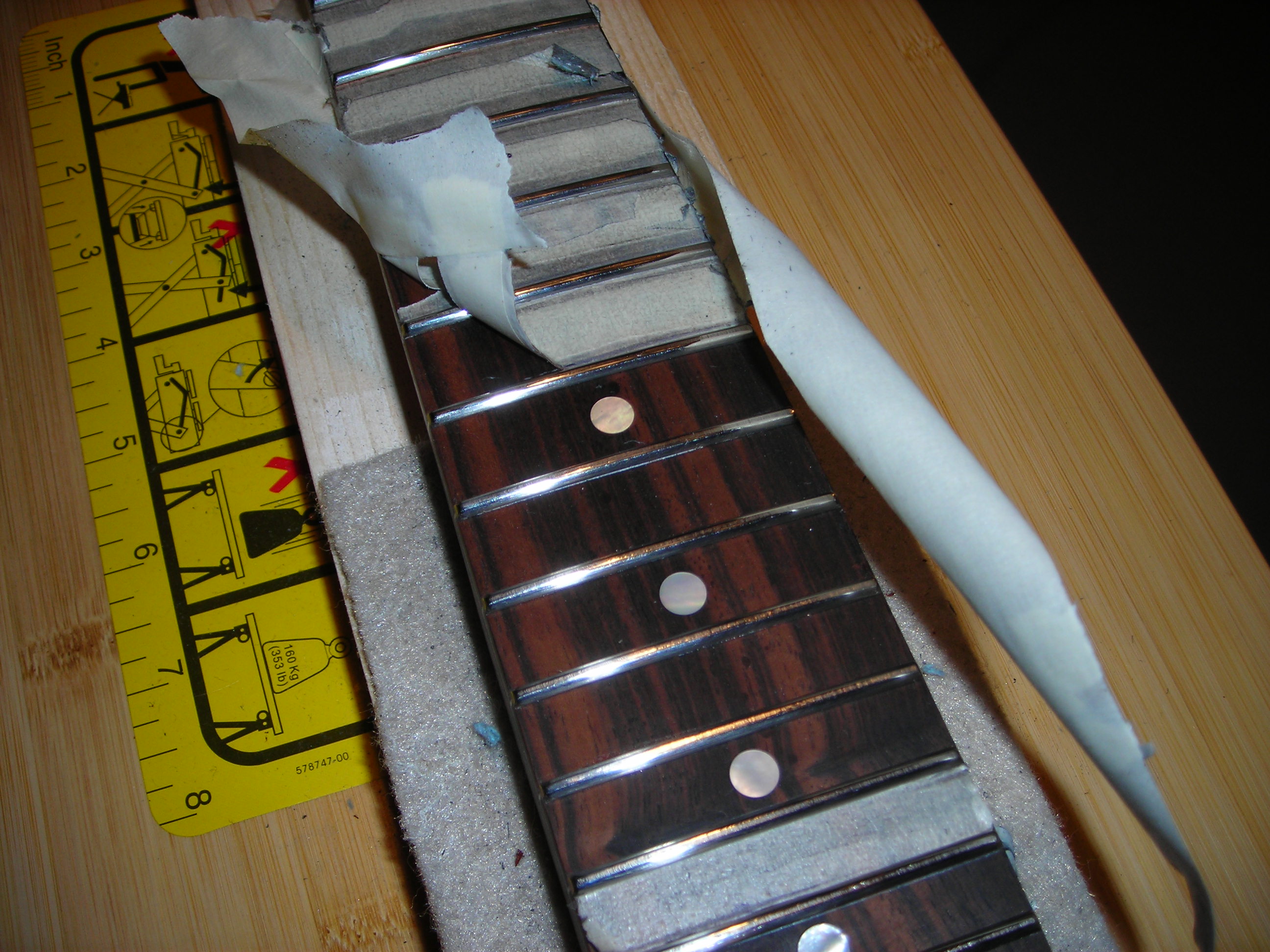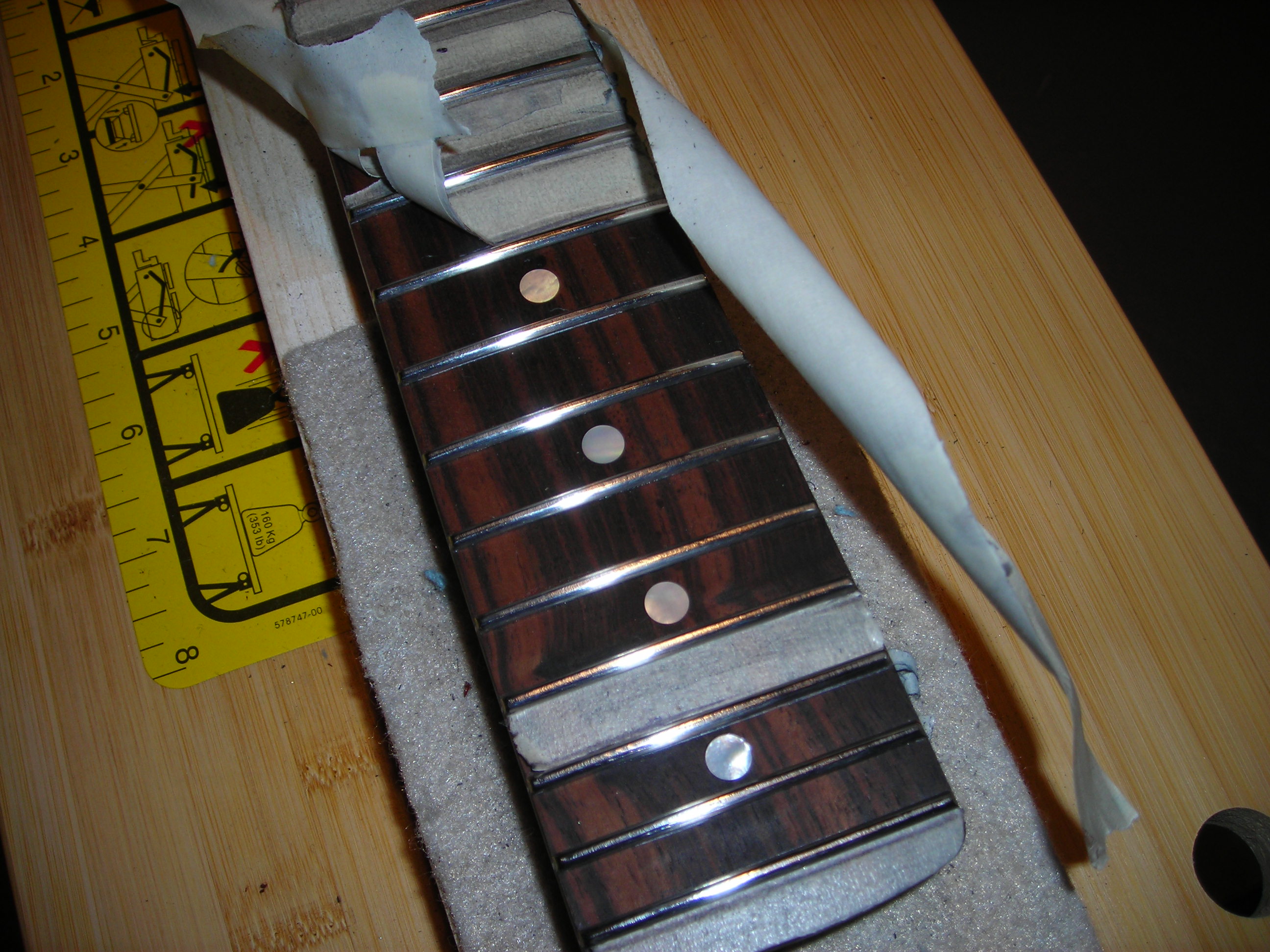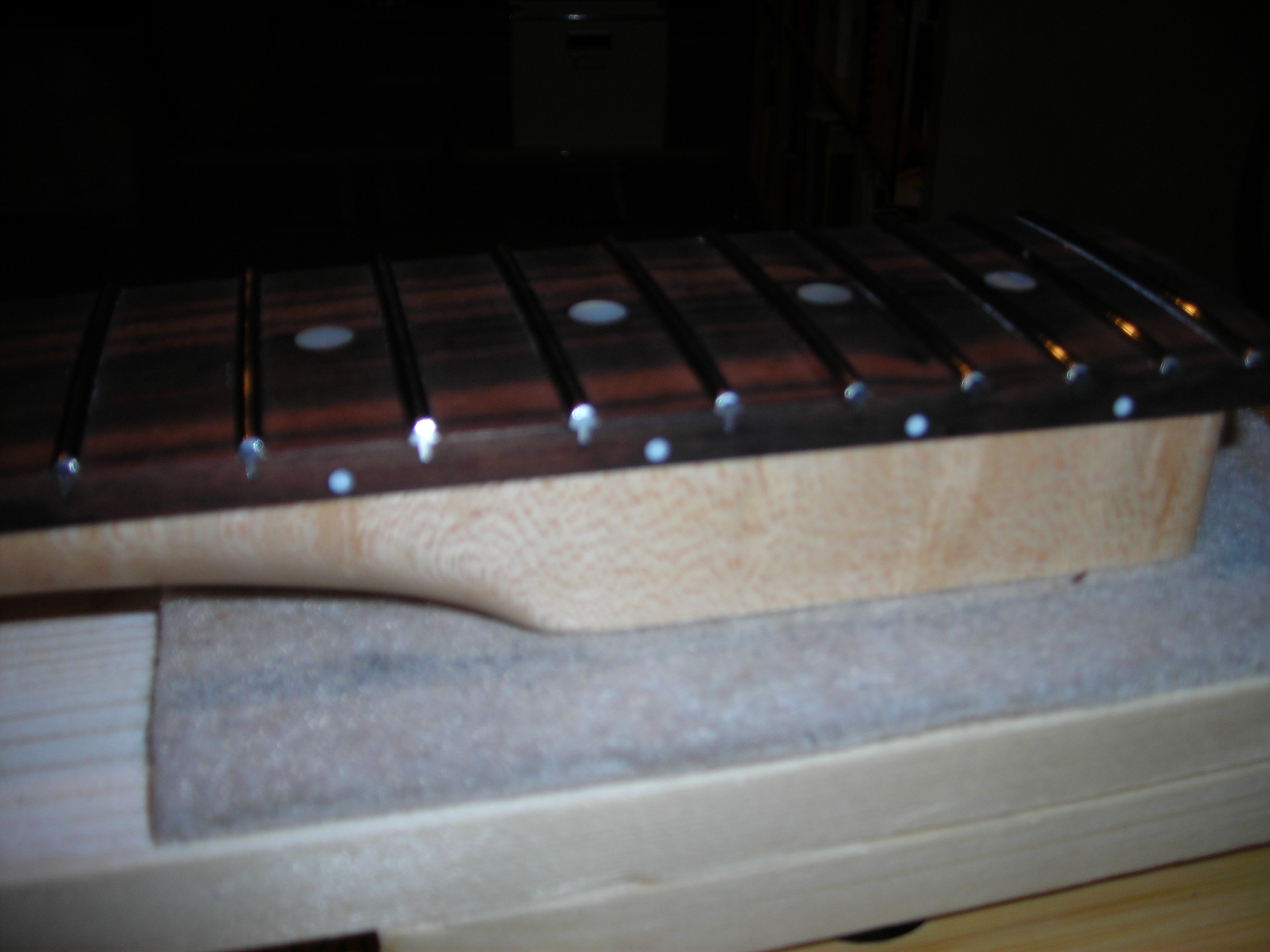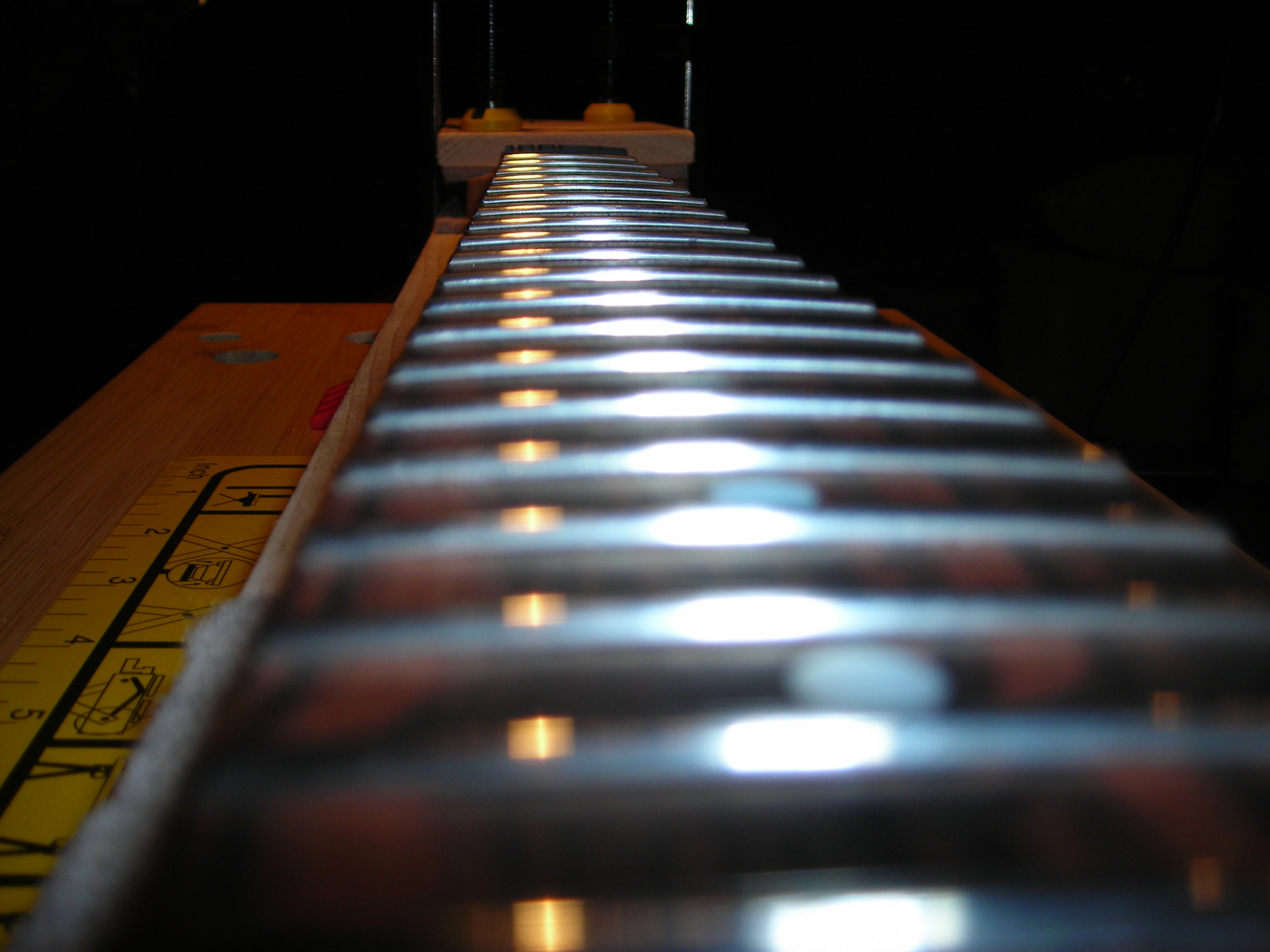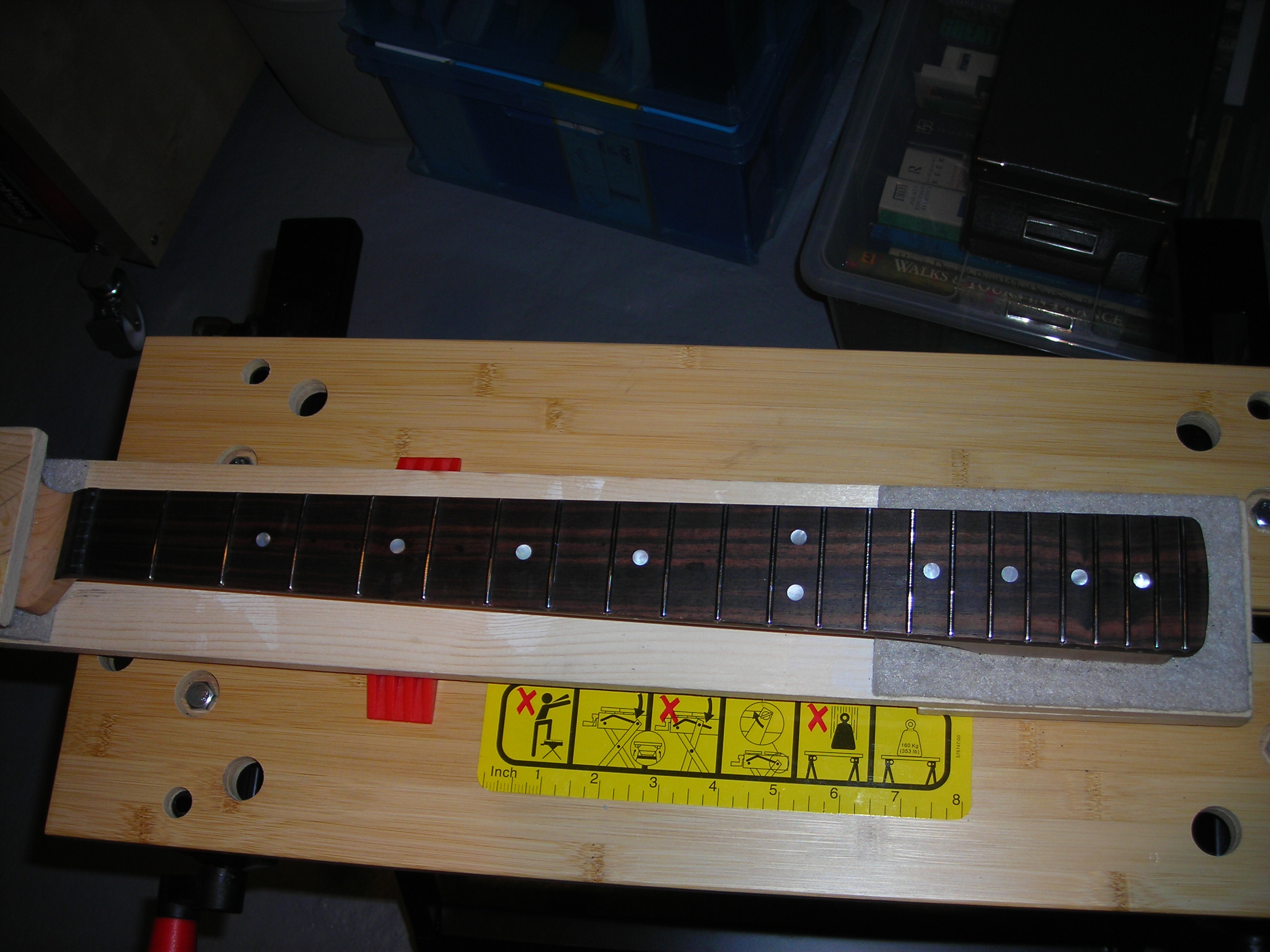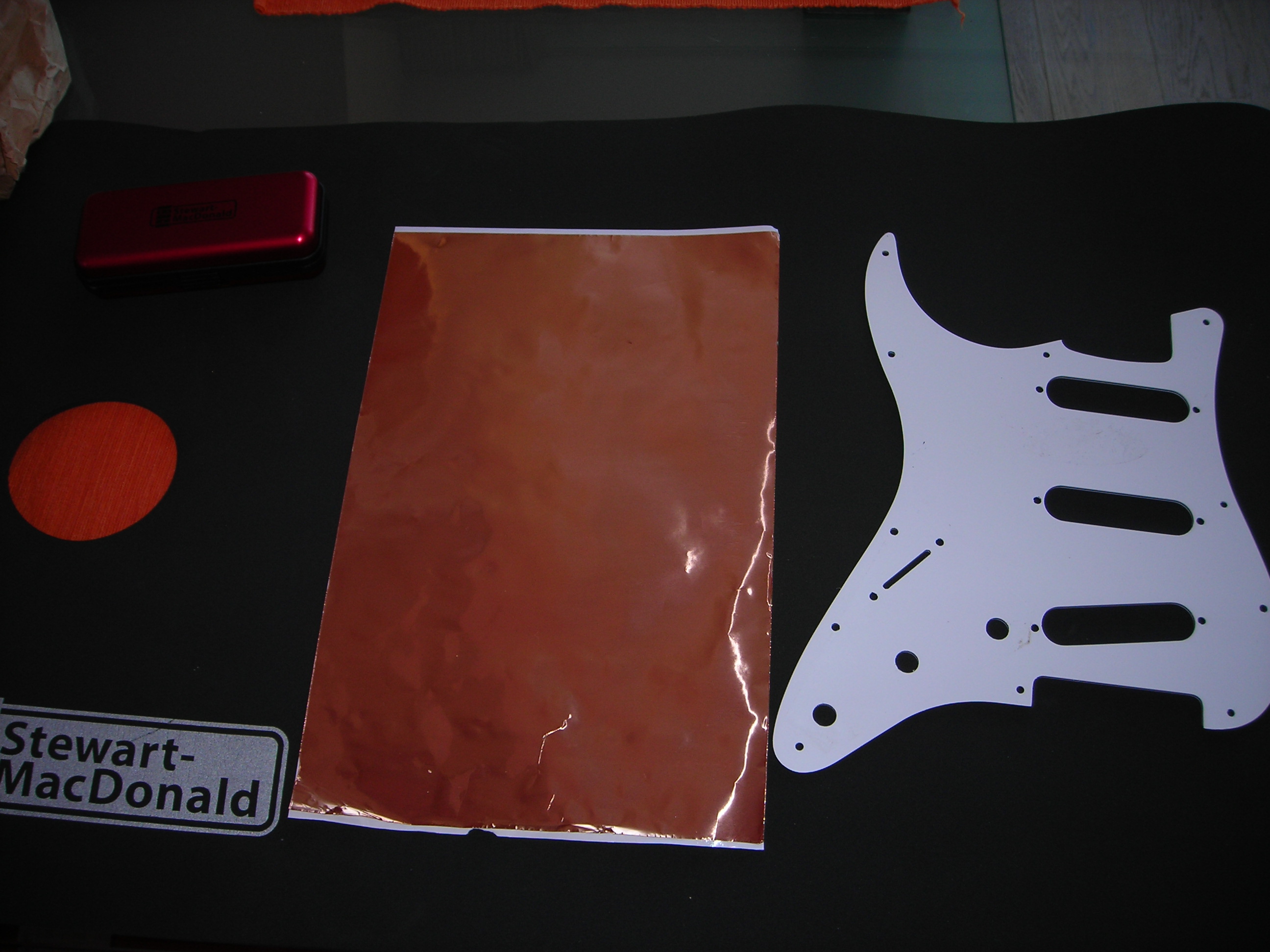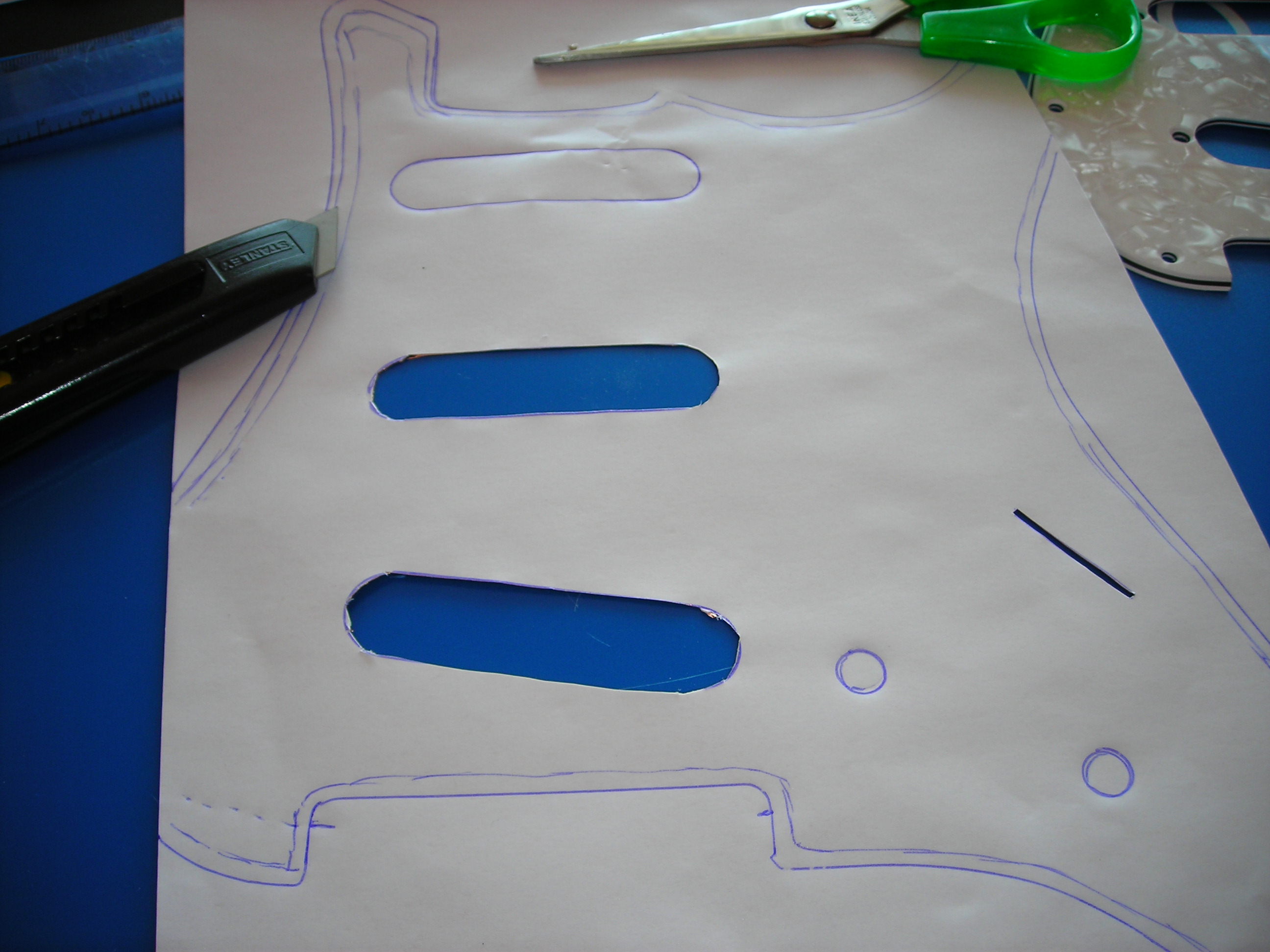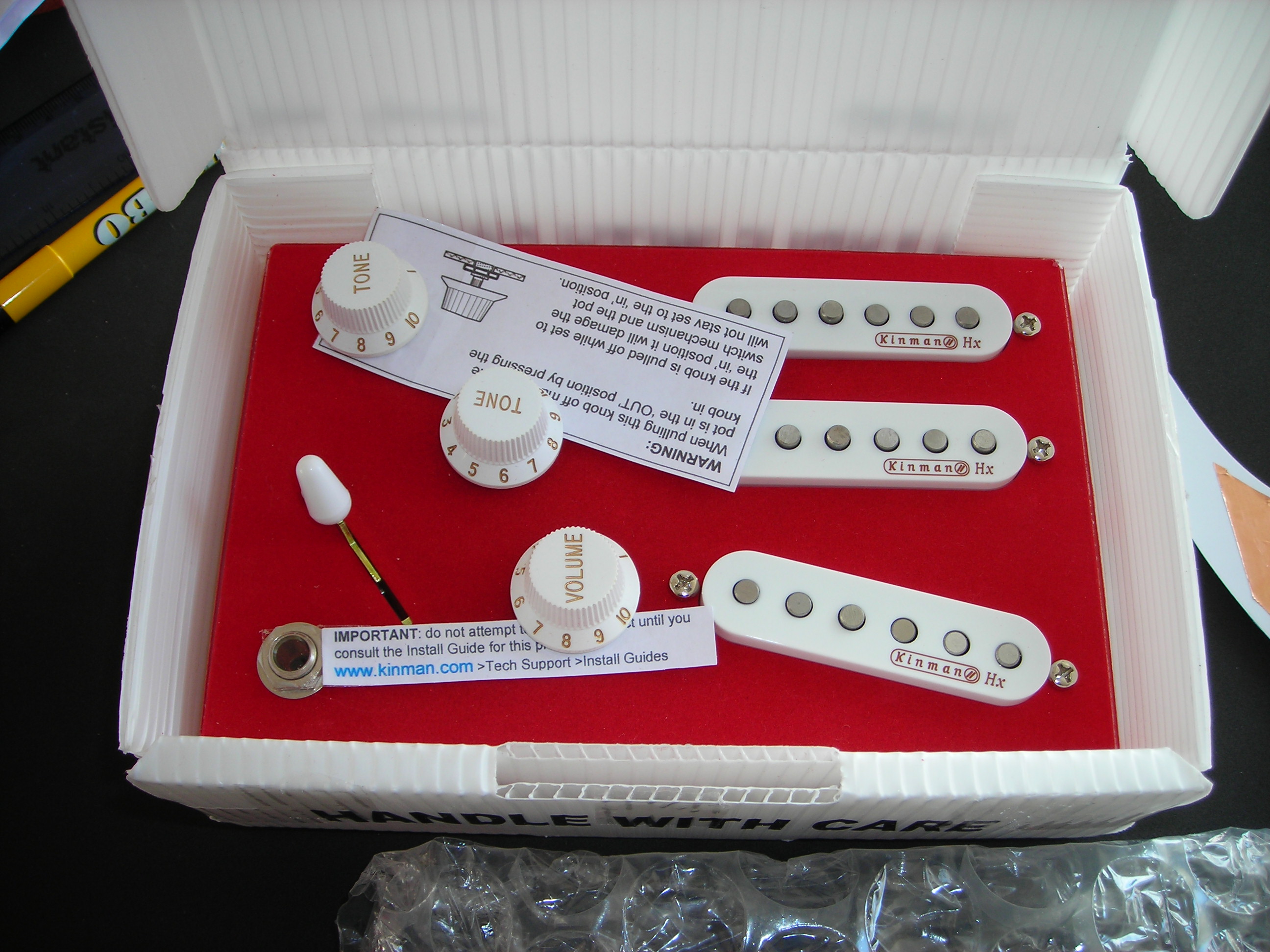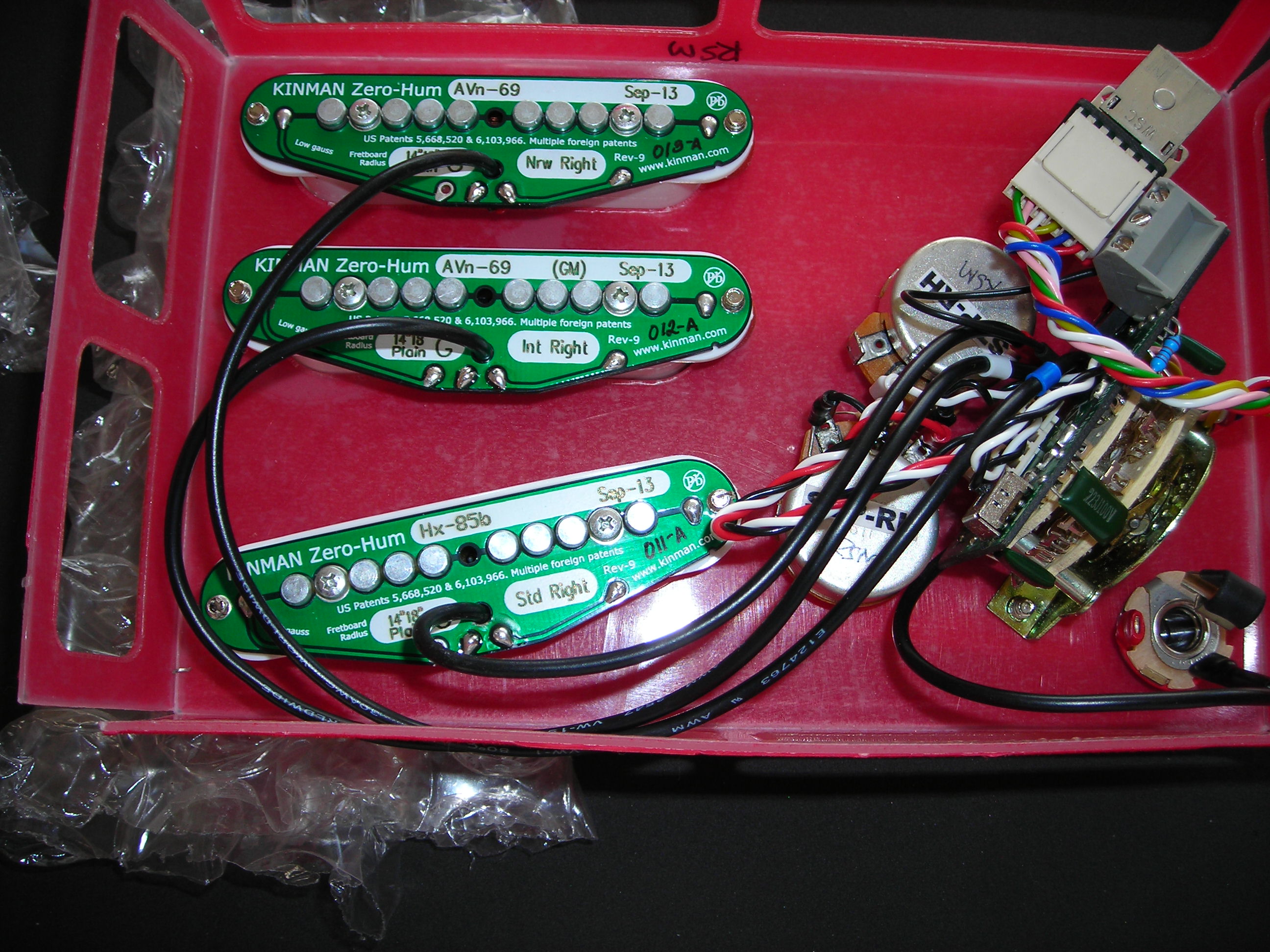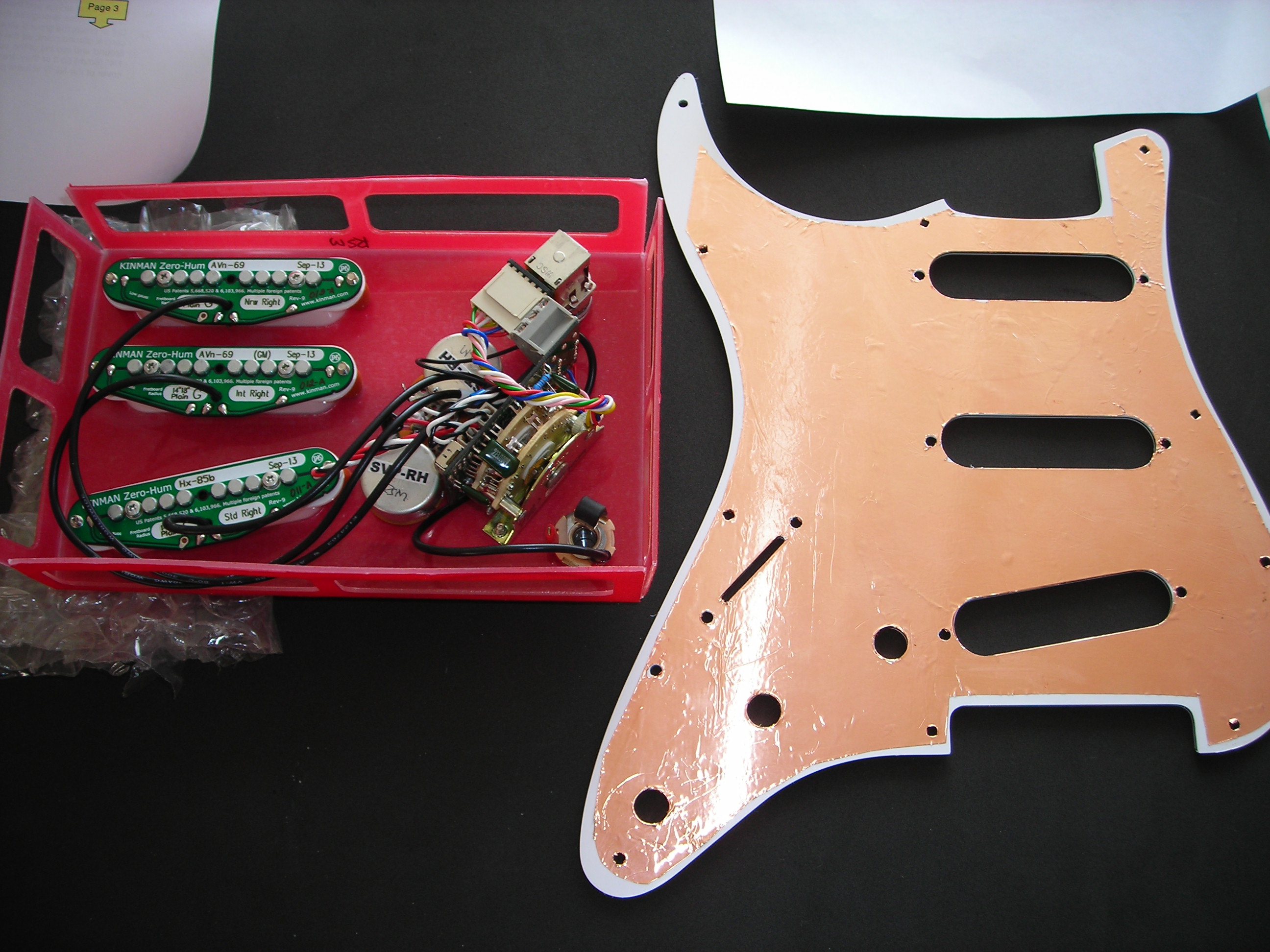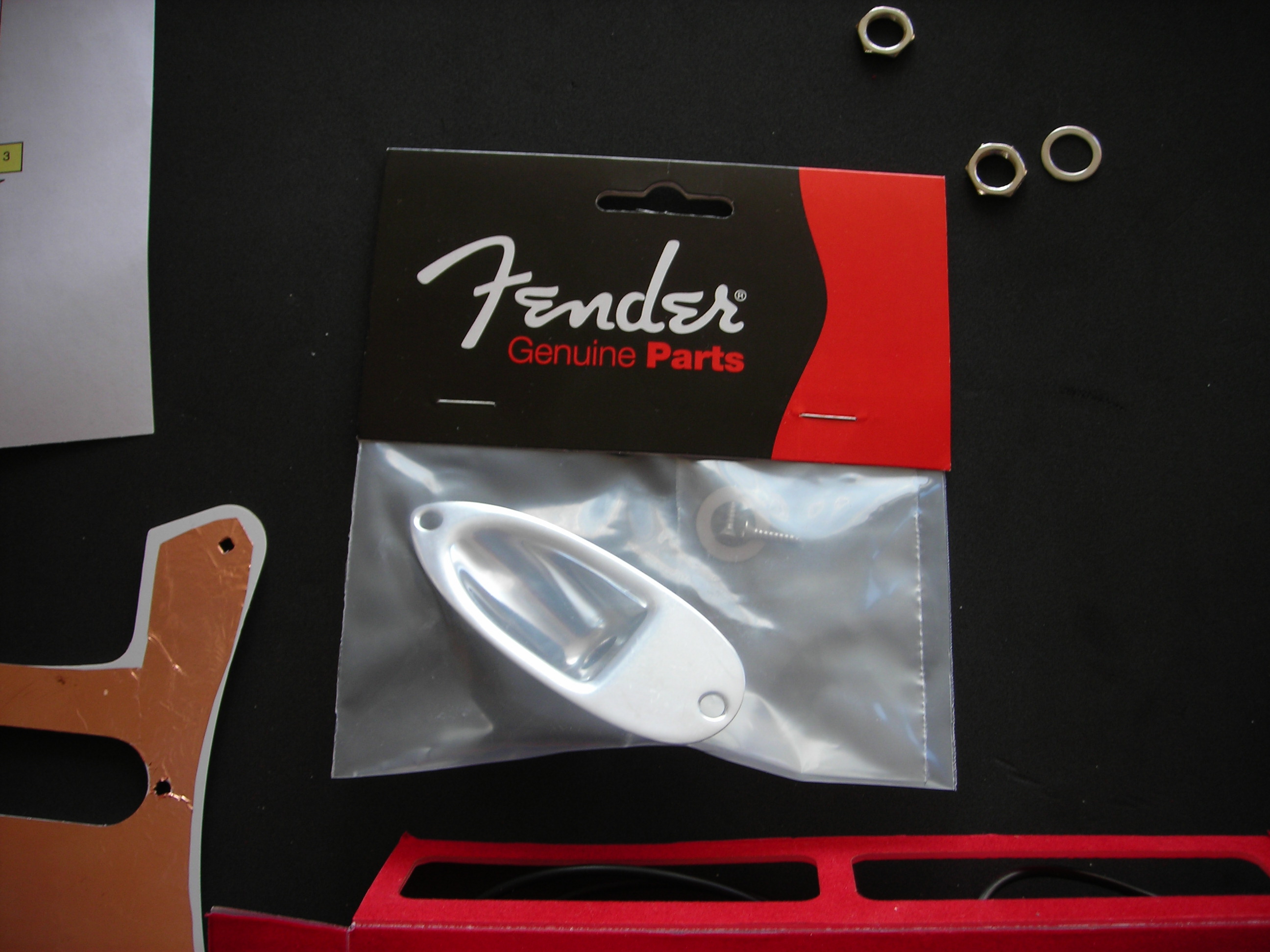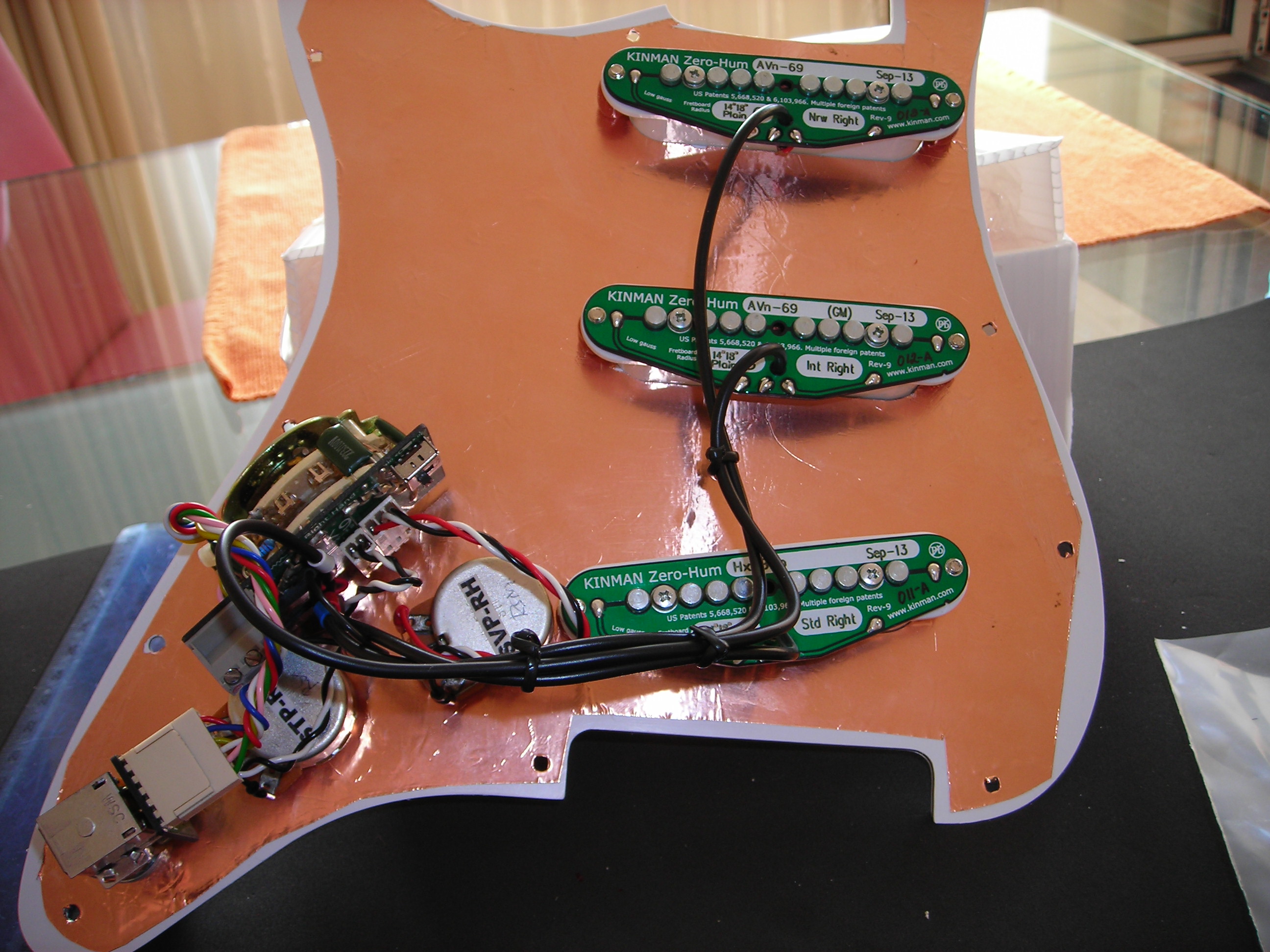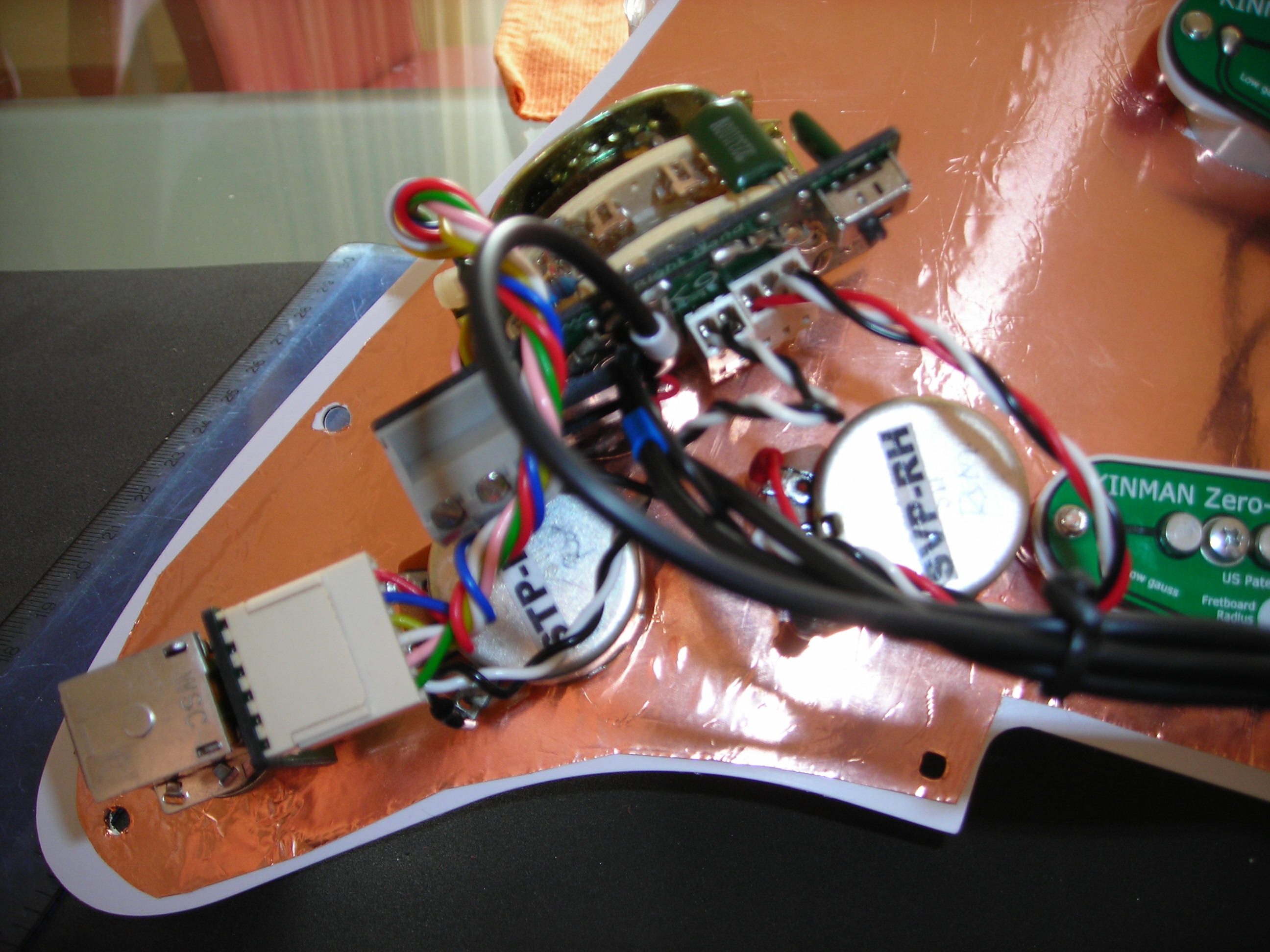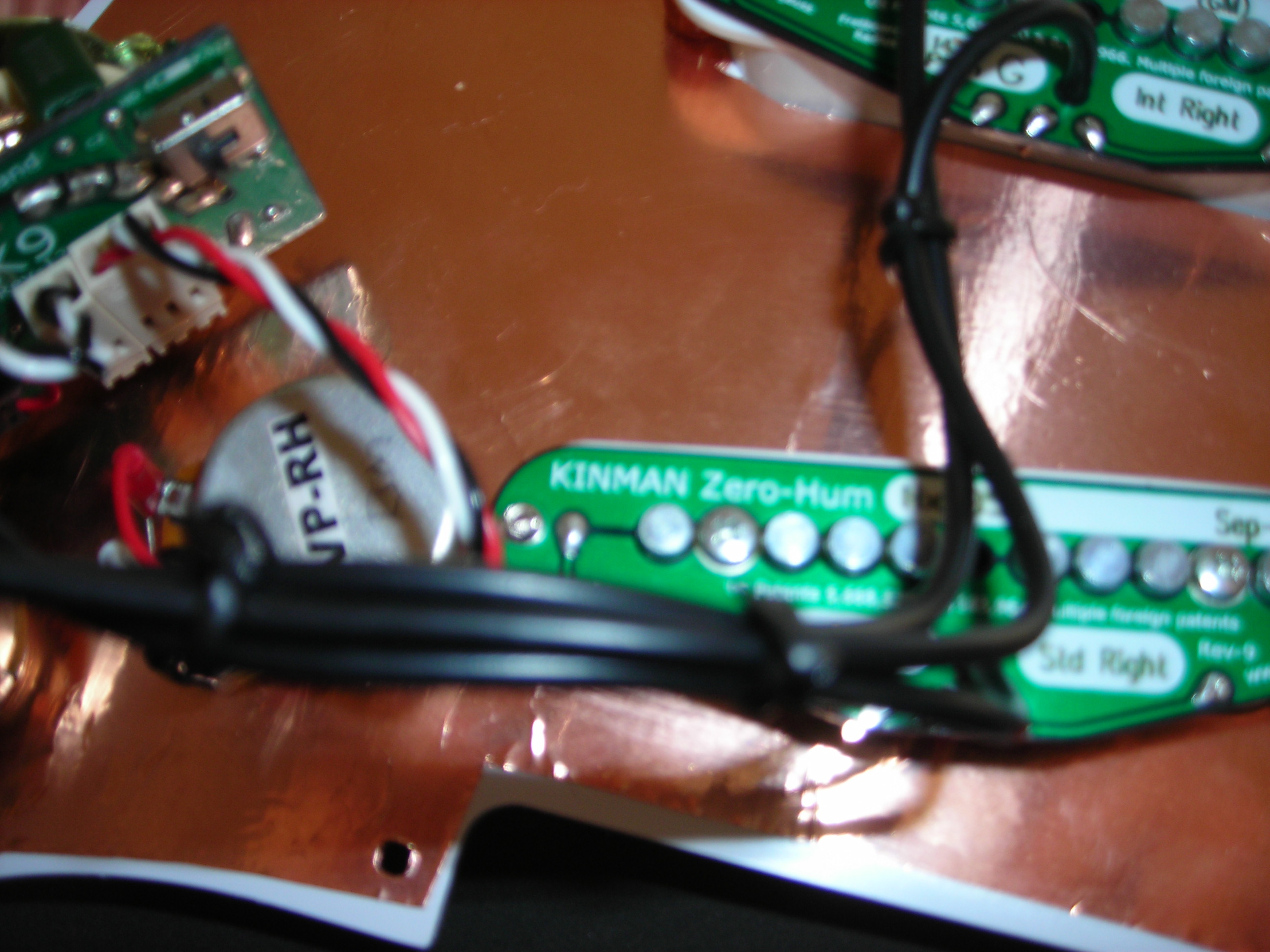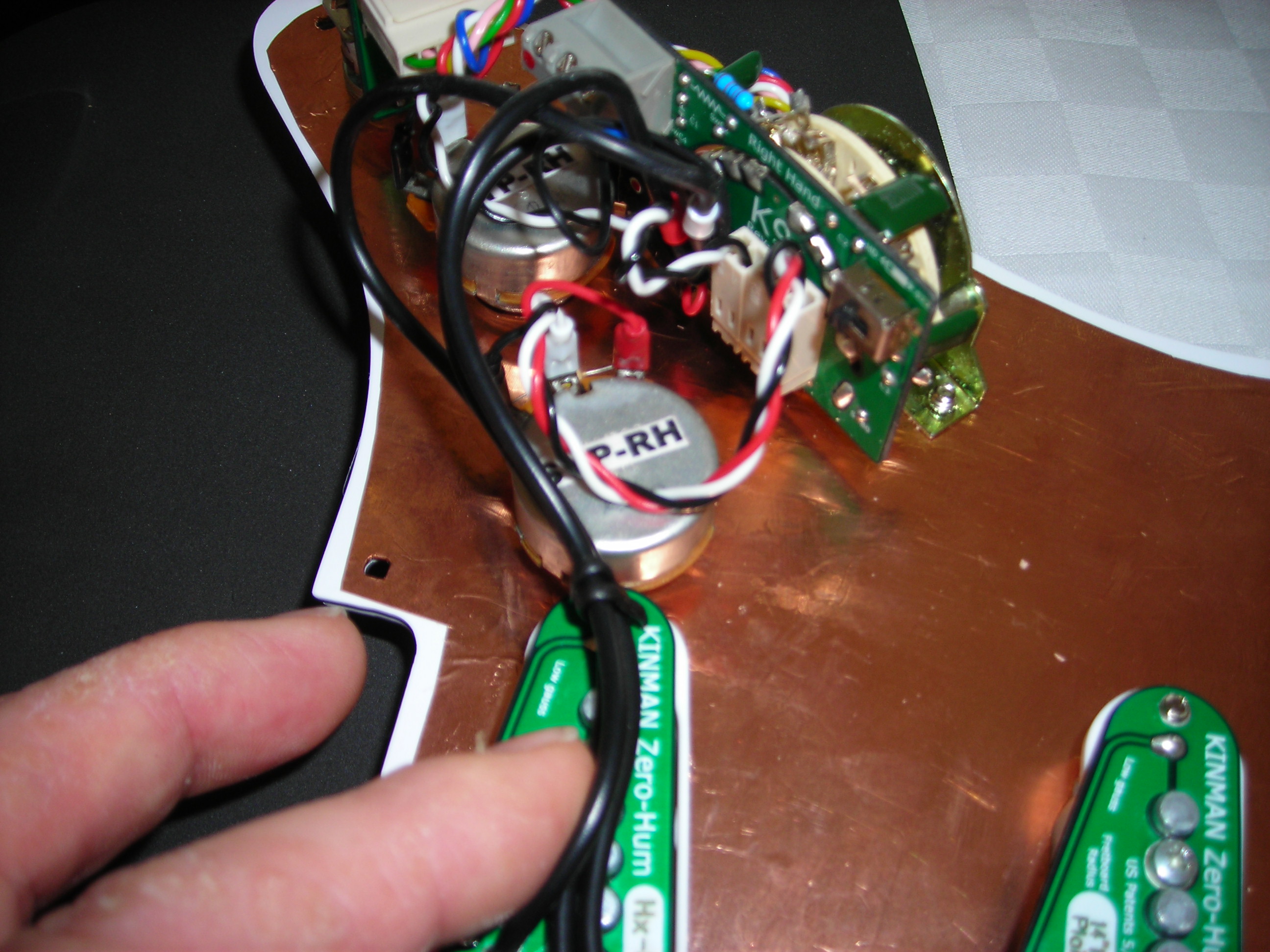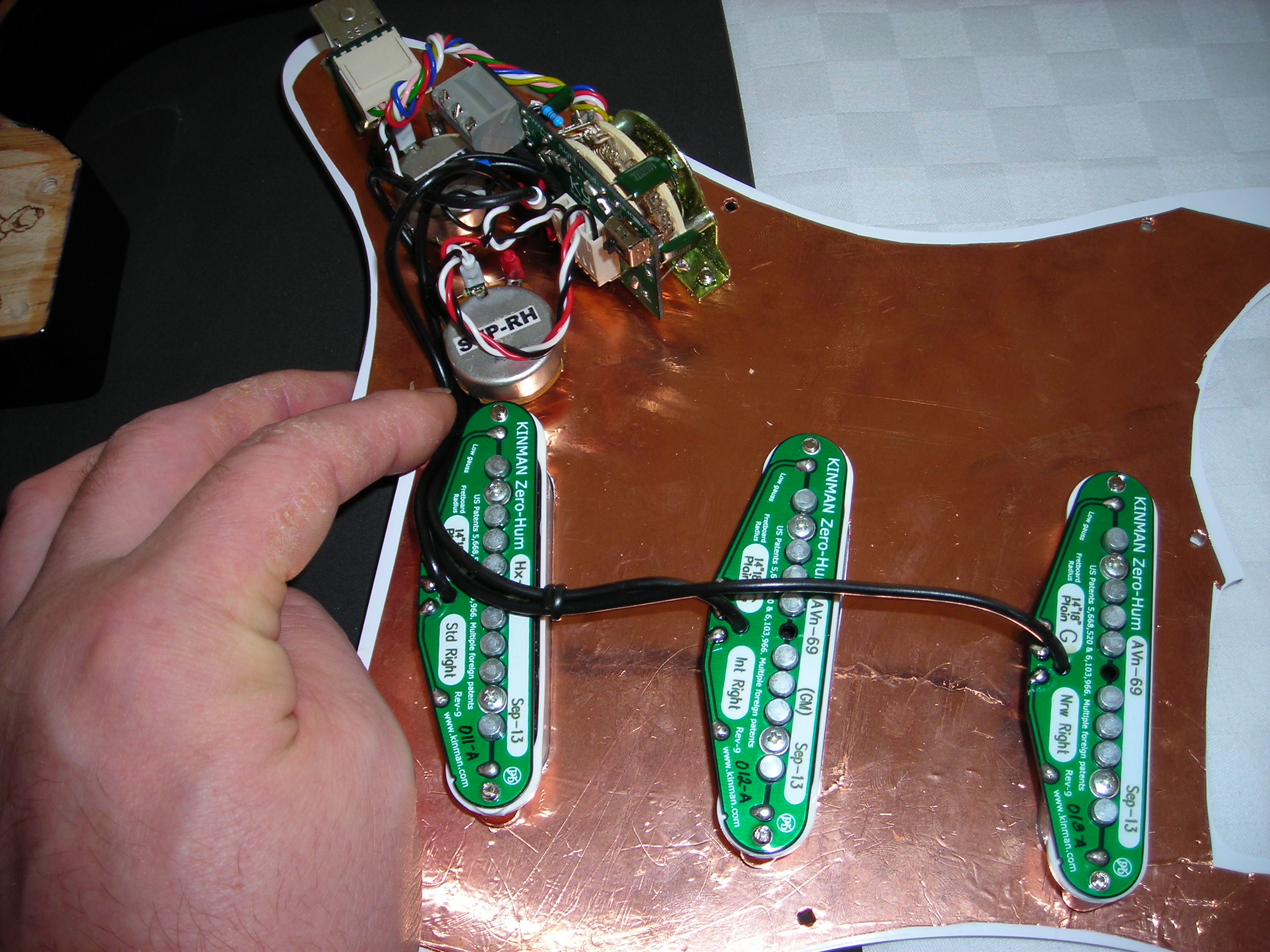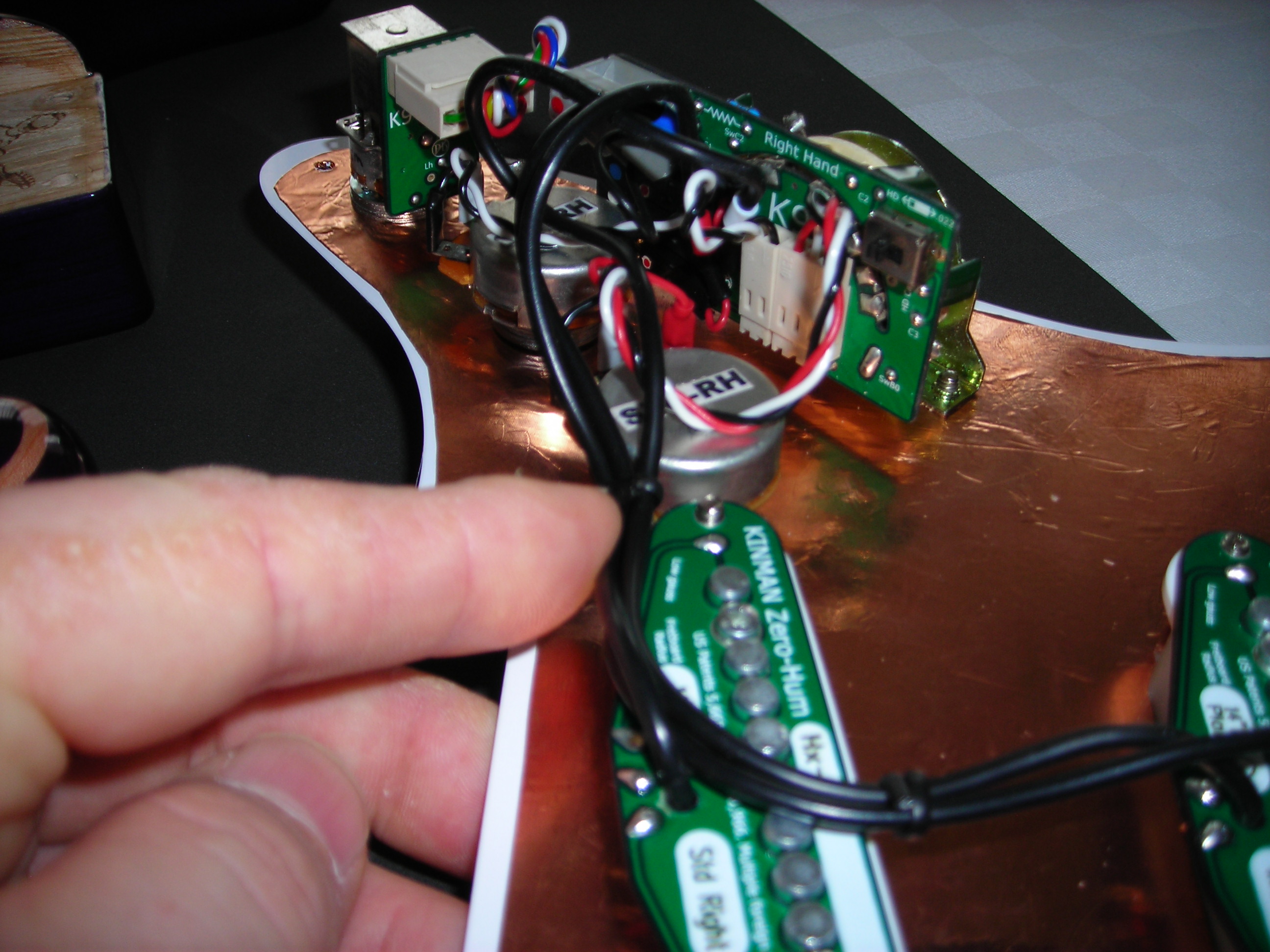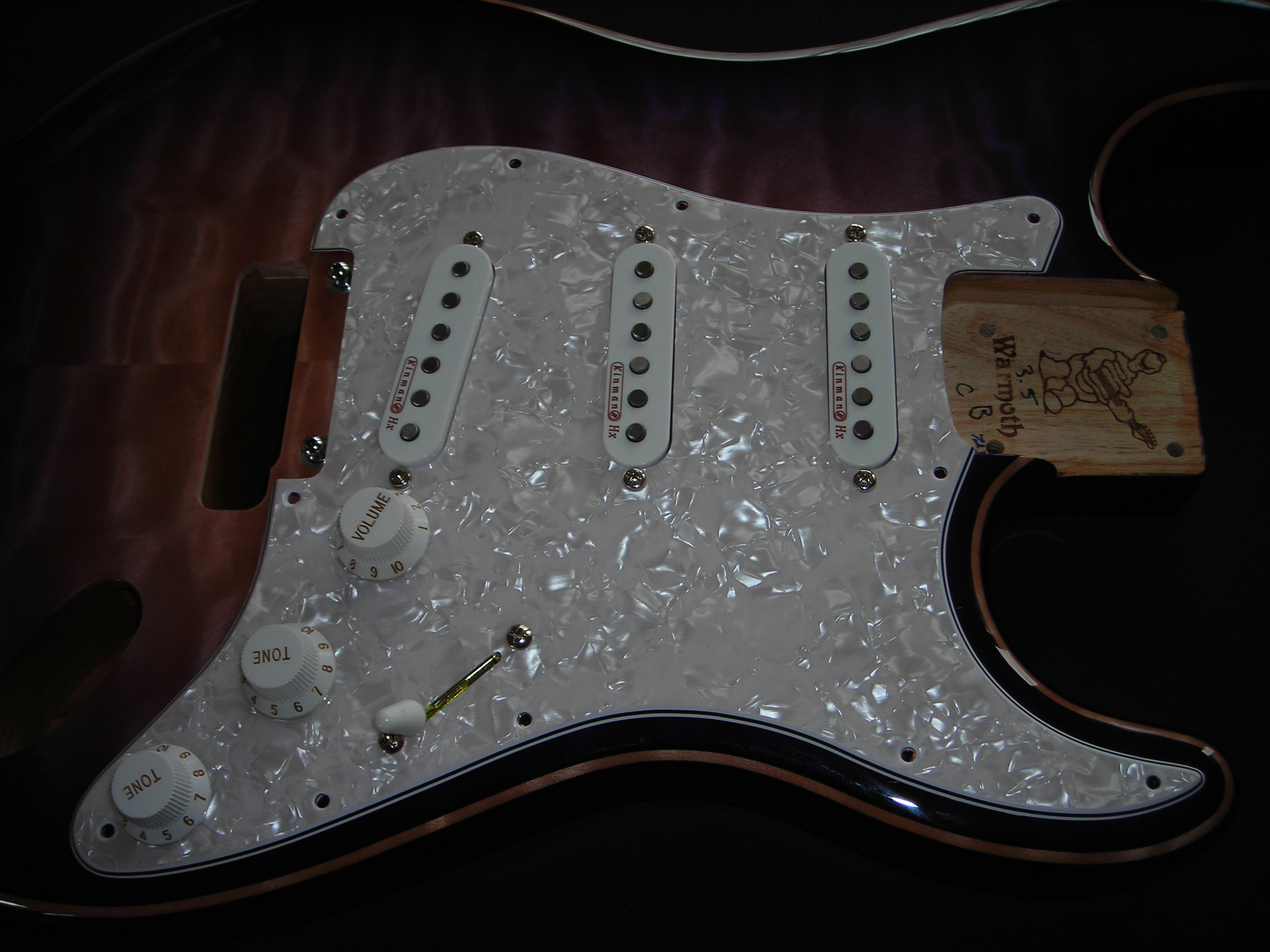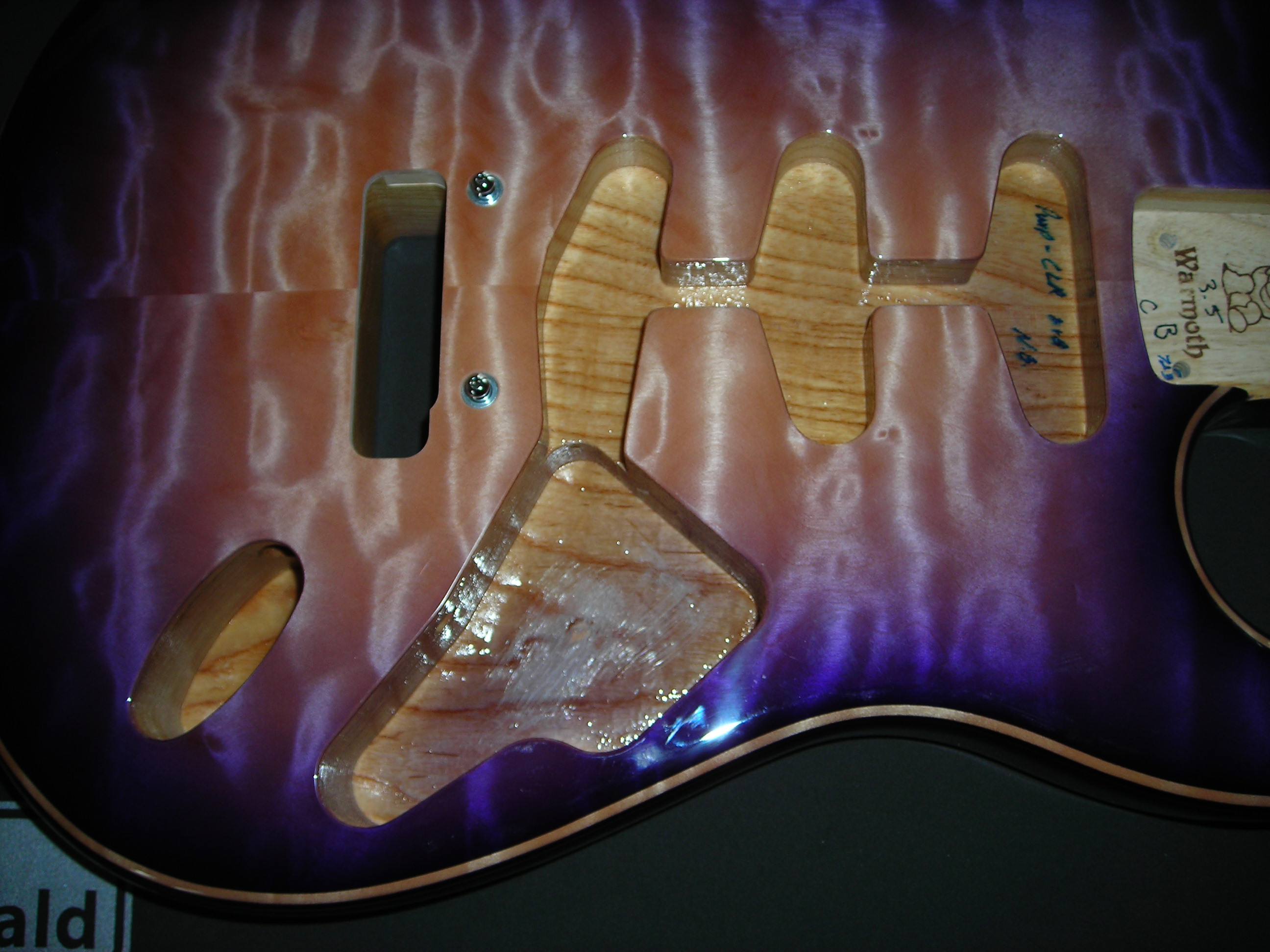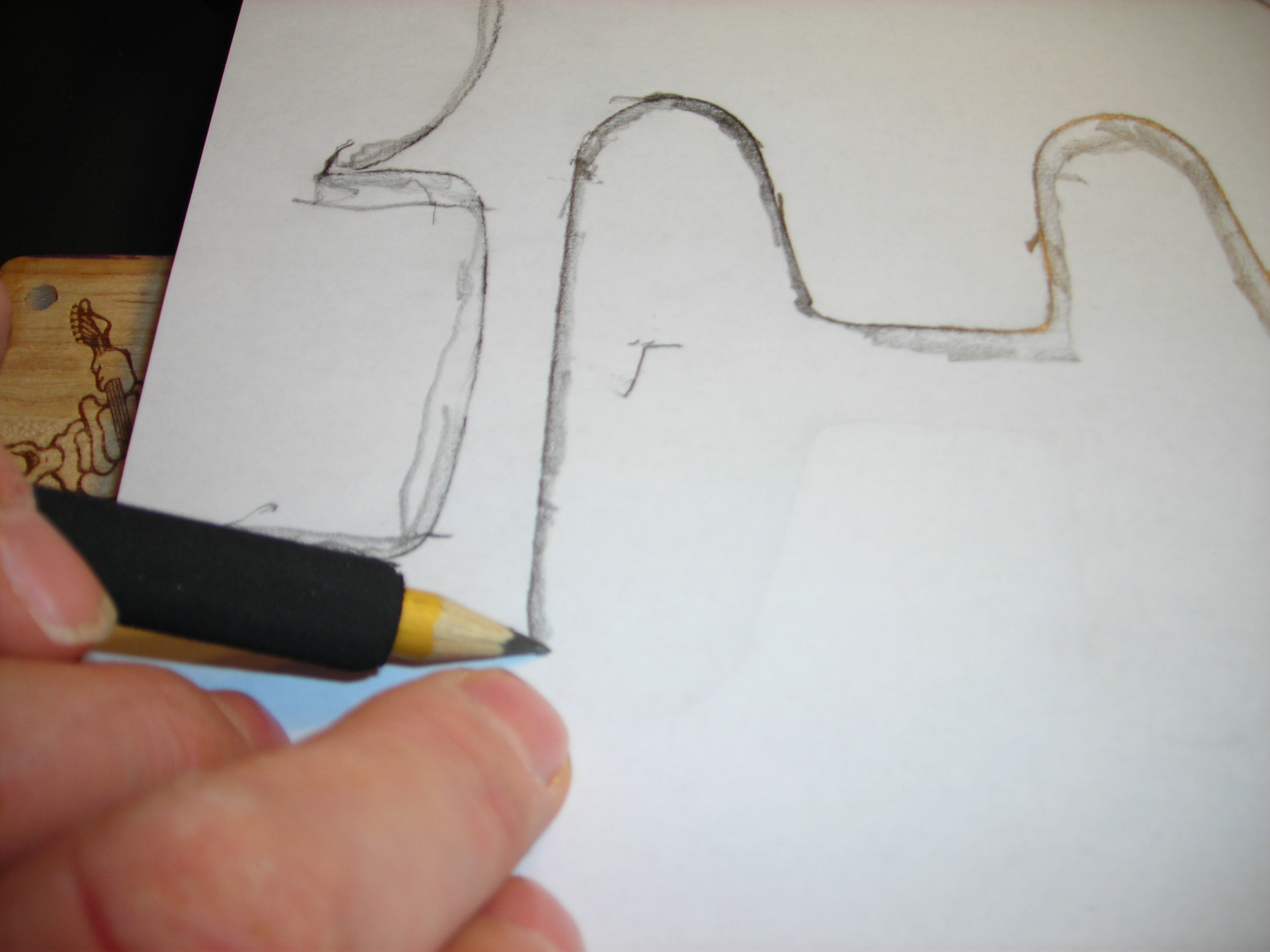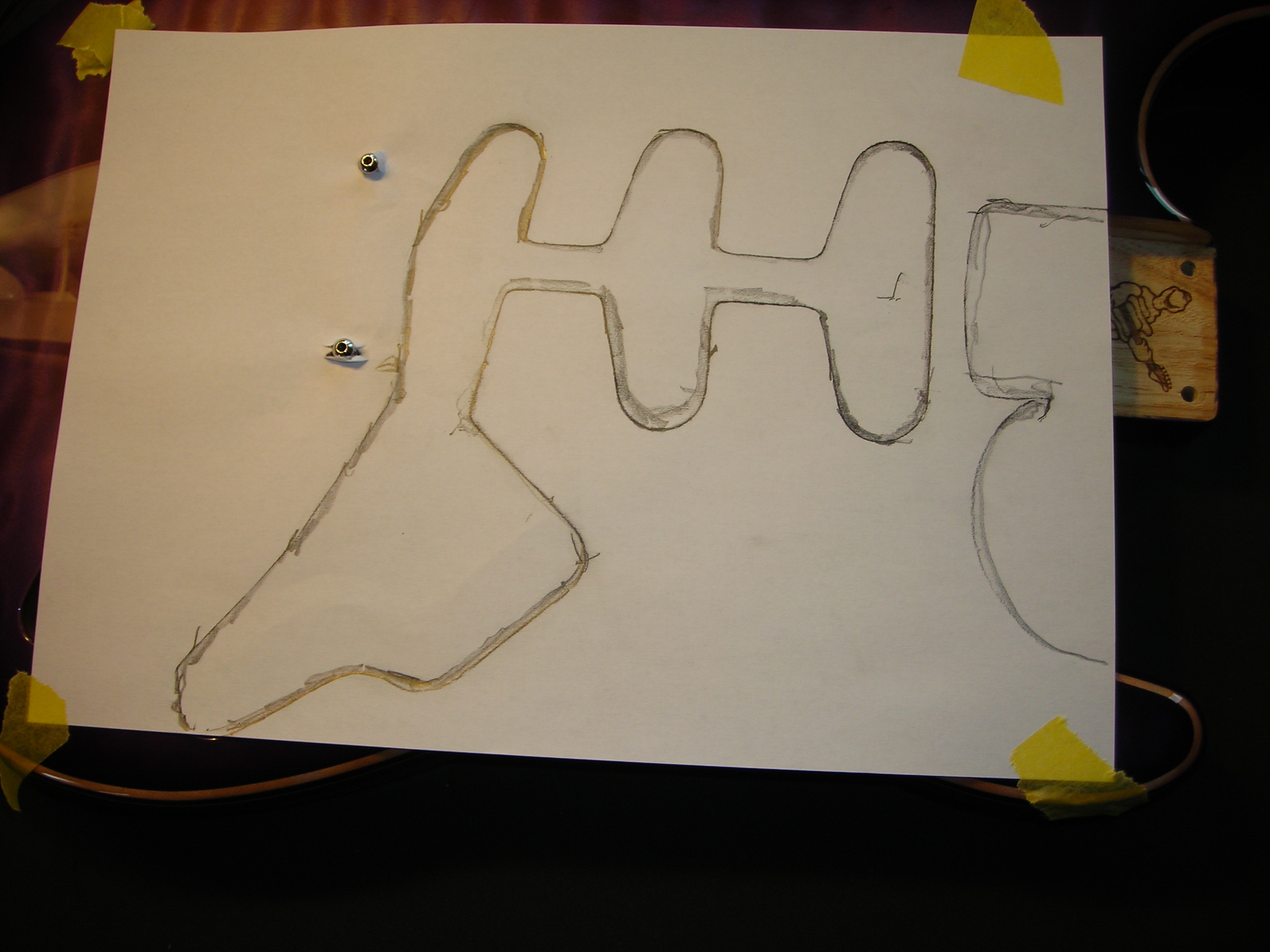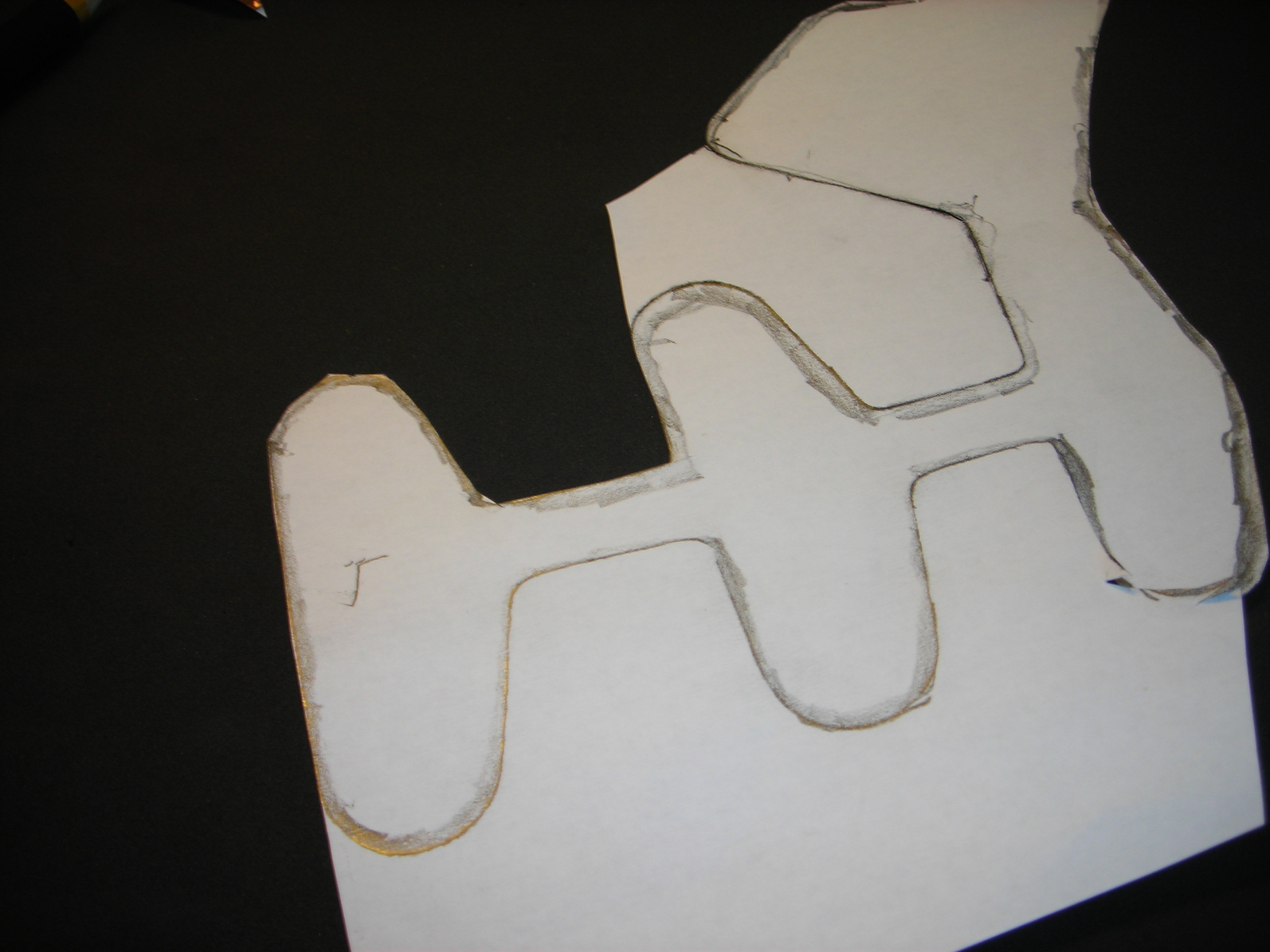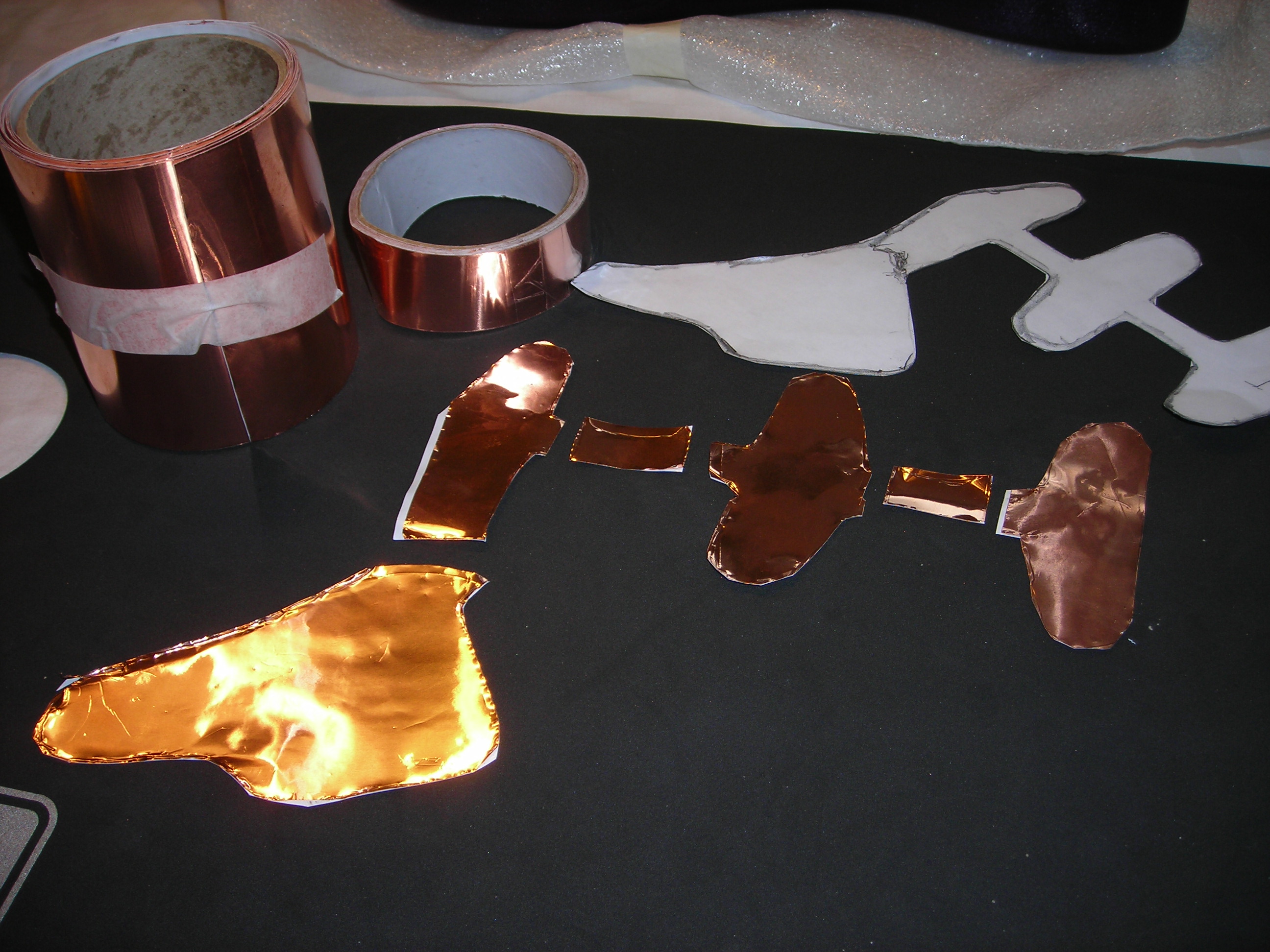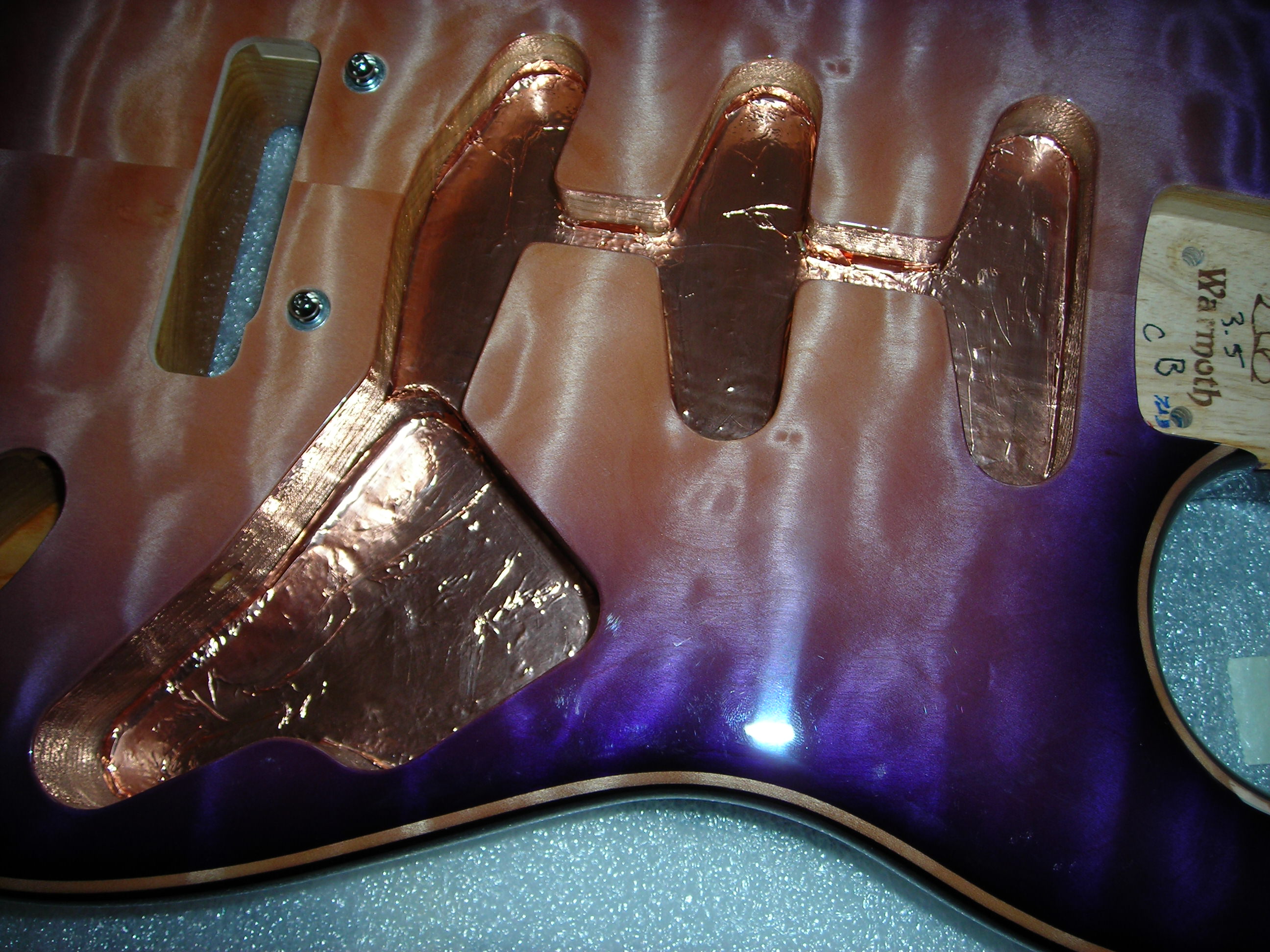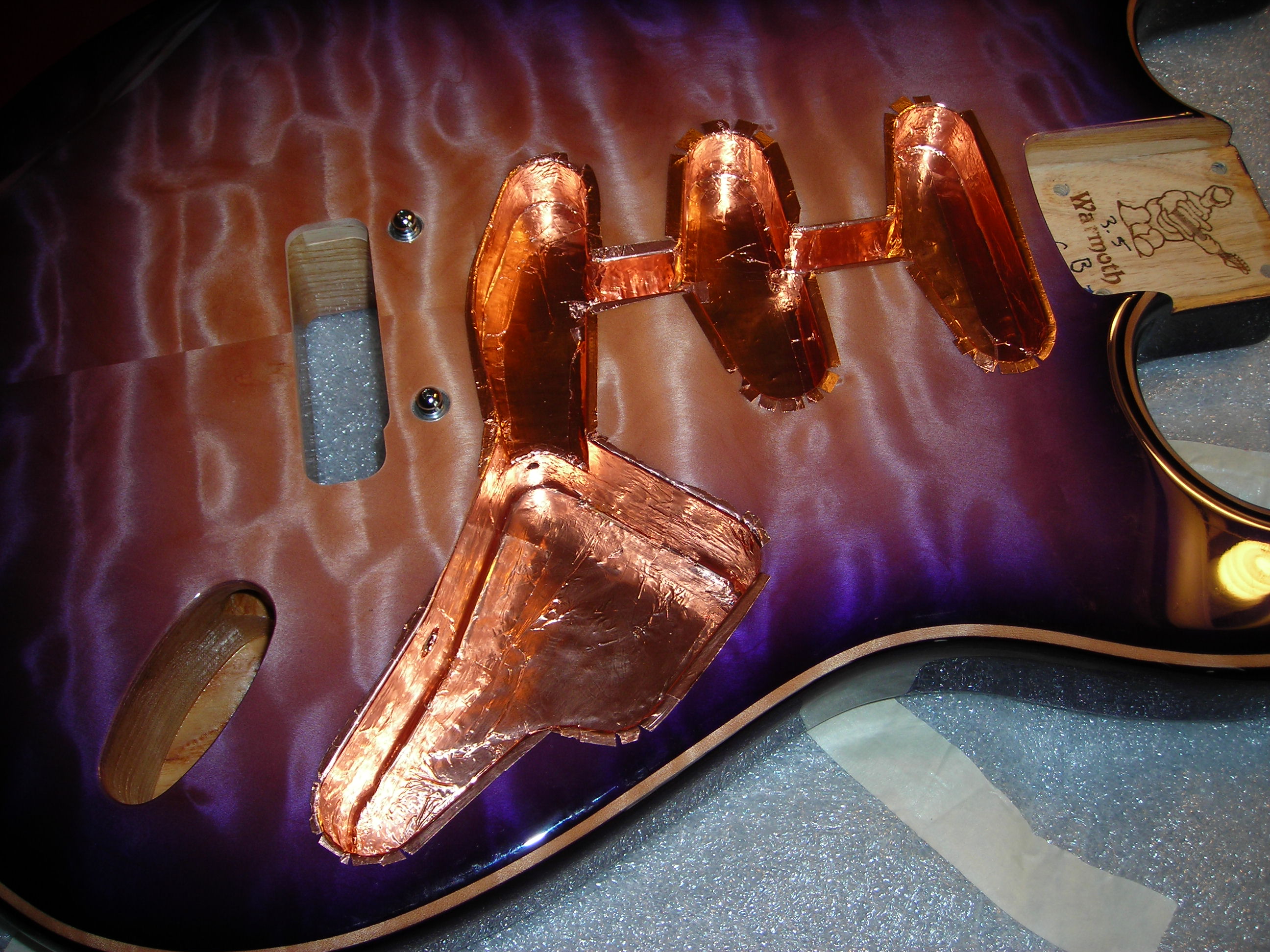stratamania
Mythical Status
- Messages
- 11,550
The out of the box thread with a number of nice pics can be found here.
 unofficialwarmoth.com
unofficialwarmoth.com
The very first build type shot after taking things out of the box where I did a quick test of the fit of the Hipshot locking tuners that are going on this build. The fit works and will need no reaming, there is a slight bit of space but they are fine I think. The nut part showing covers the hole on its own and there is a washer to go underneath that. At the rear the tuner fits nicely and the step between the two bore sizes in the tuner ream is just right I think.
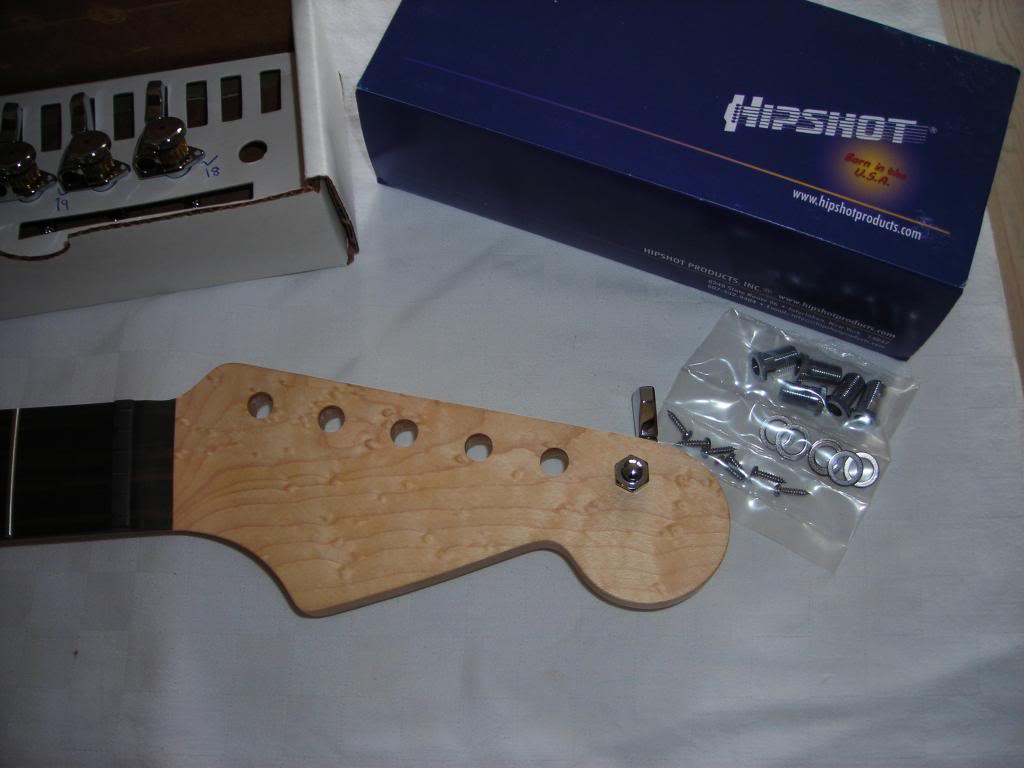 Tuners Test Fit by stratamania, on Flickr
Tuners Test Fit by stratamania, on Flickr
As Warmoth doesn't offer a choice for Hipshot locking tuner reams as such I did a fair bit of searching with Google to select which tuner hole option to go with for the Hipshots and found that Schaller (25/64" 11/32") Tuner Ream was the one that seemed to be advised and it works for me.
Update: 5 April 2021. For some time now since I wrote this thread Schaller do not require a stepped two diameter bore. For this reason the Schaller bore offered now by Warmoth is 25/64" or 10mm in metric. This works fine for the Hipshots also.
More on the other design choices for this guitar coming in this build thread. But for now the neck is:-
Warmoth Pro, Right Handed Handed,
Birdseye Maple, Ebony Fretboard, 1-5/8"
Nut Width, Standard thin, SS6100
(Stainless), Schaller (25/64" 11/32") Tuner
Ream, 22 frets, 10-16" Compound Radius,
Mother Of Pearl Dots Inlay, White Side
Dots, Earvana GraphTech Black TUSQ
XL, No Finish, 25-1/2" Scale, Standard 4
Bolt
More to follow.
Purple Quilt Day
So just out of the box today this new body and neck for the forum to have a look at. I just checked and its more than a month ago since I first posted about the body and neck I had ordered. The link to the first post which had a couple of pictures from Warmoth...
The very first build type shot after taking things out of the box where I did a quick test of the fit of the Hipshot locking tuners that are going on this build. The fit works and will need no reaming, there is a slight bit of space but they are fine I think. The nut part showing covers the hole on its own and there is a washer to go underneath that. At the rear the tuner fits nicely and the step between the two bore sizes in the tuner ream is just right I think.
 Tuners Test Fit by stratamania, on Flickr
Tuners Test Fit by stratamania, on FlickrAs Warmoth doesn't offer a choice for Hipshot locking tuner reams as such I did a fair bit of searching with Google to select which tuner hole option to go with for the Hipshots and found that Schaller (25/64" 11/32") Tuner Ream was the one that seemed to be advised and it works for me.
Update: 5 April 2021. For some time now since I wrote this thread Schaller do not require a stepped two diameter bore. For this reason the Schaller bore offered now by Warmoth is 25/64" or 10mm in metric. This works fine for the Hipshots also.
More on the other design choices for this guitar coming in this build thread. But for now the neck is:-
Warmoth Pro, Right Handed Handed,
Birdseye Maple, Ebony Fretboard, 1-5/8"
Nut Width, Standard thin, SS6100
(Stainless), Schaller (25/64" 11/32") Tuner
Ream, 22 frets, 10-16" Compound Radius,
Mother Of Pearl Dots Inlay, White Side
Dots, Earvana GraphTech Black TUSQ
XL, No Finish, 25-1/2" Scale, Standard 4
Bolt
More to follow.
Last edited:


